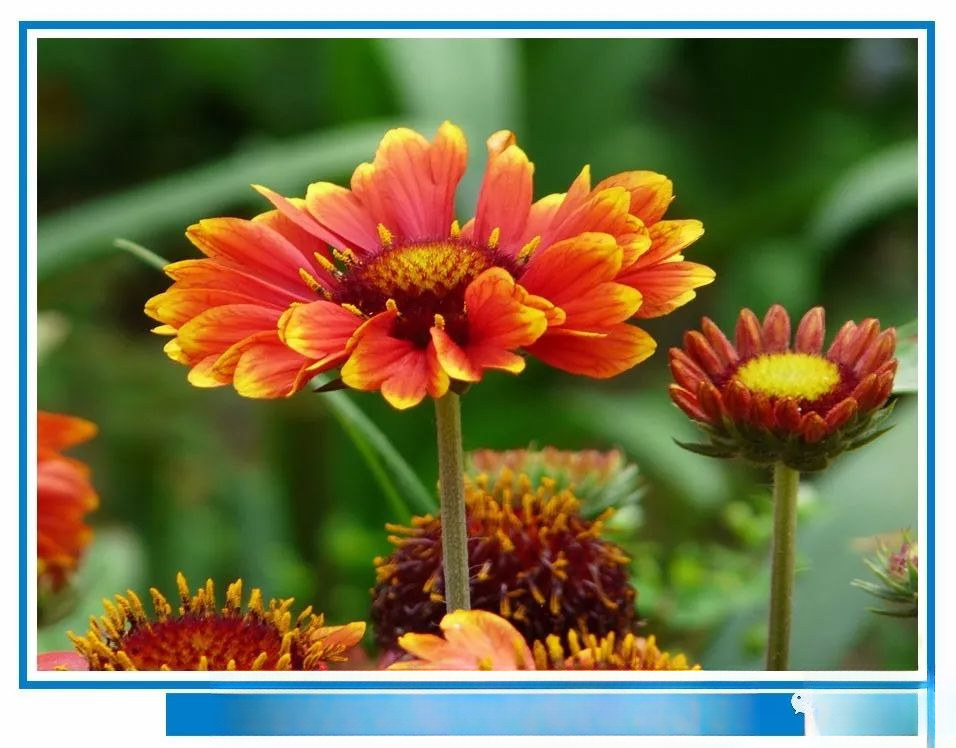A Complete Collection of Daily Flowers and Green Plants Flowers (I)
The role of flowers now is not just to please the eyes, people have discovered their greater value.
Flower experts have long proven that many kinds of flowers have the function of improving the ecological environment and purifying the air quality. They can effectively absorb harmful gases in the atmosphere through their leaves, reduce the content of harmful gases in the air, and purify the air. At the same time, there are many kinds of flowers that have the ability to absorb dust, smoke and other toxic particles, reduce the number of bacteria in the air, and purify the atmospheric environment.
Nowadays, many people like to grow flowers, but they can be roughly divided into two categories: the first category, although they like it, they will not take care of the flowers until there is a problem with the flowers they grow, and they do not water them every day. One day, they remember that there is a problem and the leaves turn yellow, and then they pay attention to and take care of them. As a result, most of the flowers will die. The second category of people is different. They not only like to grow flowers, but also know how to grow flowers. They understand the individual characteristics of each flower, observe the changes of the flowers every day, and then take care of them every day, instead of waiting until there is a problem. In this way, even the most difficult flowers to grow will be well grown in his hands. Anyway, the editor below has sorted out various types of flowers and plants, and there must be one you like.
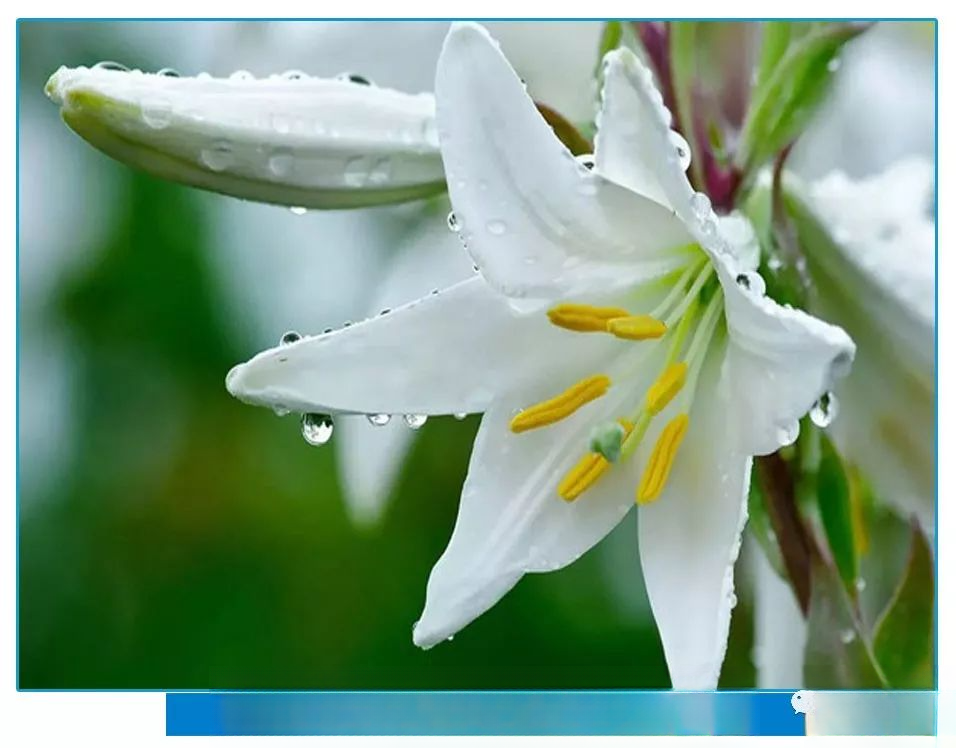
--lily--
Lily: Alias: Qiangqu, Fanjiu, Shandan, Daoxian. It is a perennial herbaceous bulbous plant of the genus Lilium in the Liliaceae family. It is mainly distributed in the temperate regions of the Northern Hemisphere, such as eastern Asia, Europe, and North America. More than 100 species have been discovered in the world, and it is the main origin of more than 50 species, and it is the natural distribution center of lily plants.
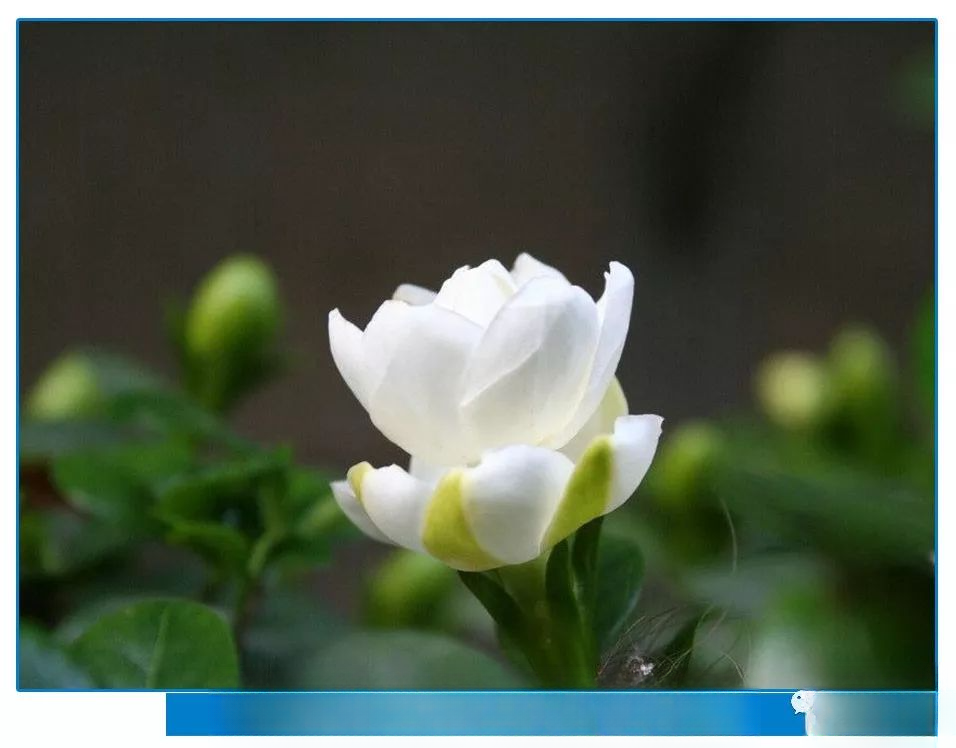
— —Gardenia——
Gardenia: Alias: Wood Dan, Fresh Branch, Gardenia, Yuetao. Also known as Gardenia, Yellow Gardenia, it is an evergreen shrub of the Gentianales, Rubiaceae, Gardenia genus. It likes a warm, humid and sunny environment, is relatively cold-resistant, tolerates semi-shade, is afraid of waterlogging, requires loose, fertile and acidic sandy loam, and is native to.
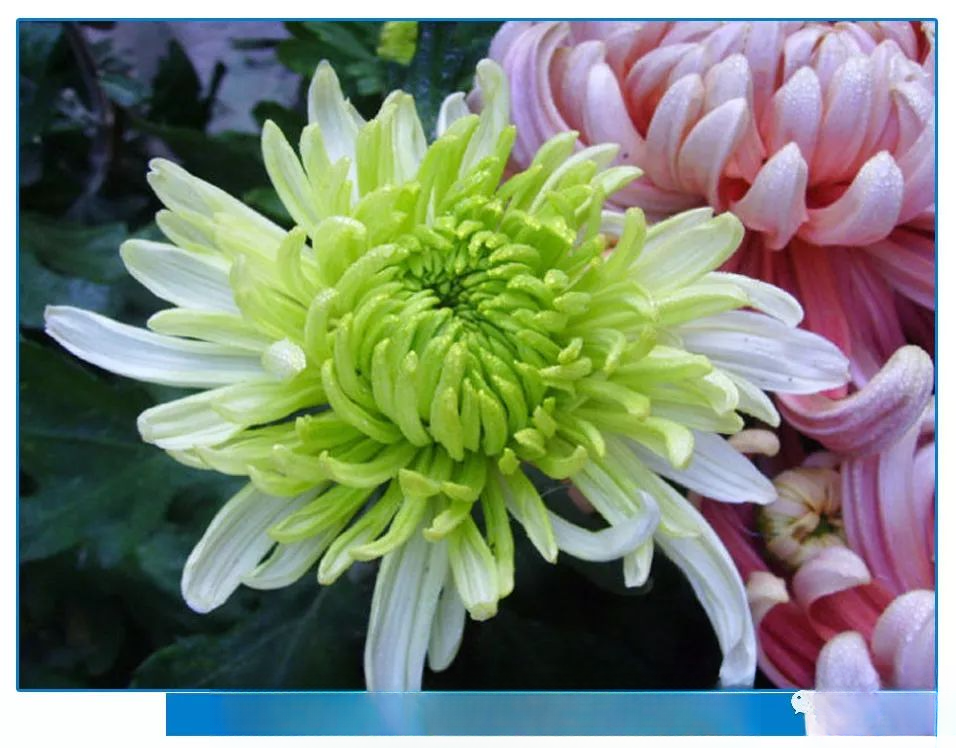
- -chrysanthemum--
Chrysanthemum: Also known as Shouke, Jinying, Huanghua, Qiuju, Taoju. It is a perennial herb with flowers in red, yellow, white, orange, purple, pink, dark red and other colors. There are many cultivated varieties, and the head inflorescence varies in shape and color. The shape varies depending on the variety, including single petal, flat petal, spoon petal and other types. Among them, the tubular flowers are often specialized into various ligulate flowers; the flowering period is from September to November. The stamens, pistils and fruits are mostly underdeveloped.
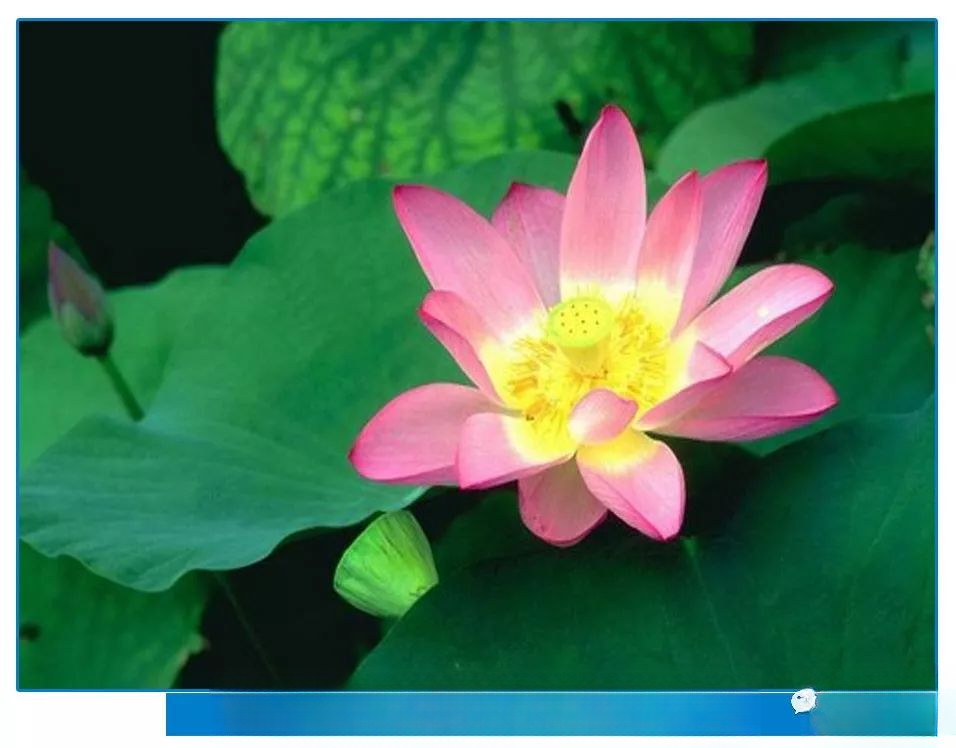
— Lotus —
Lotus: Other names: lotus, water lotus, lotus flower, lotus, lotus, etc., also known as lotus, water lotus, etc., belongs to the Nymphaeales, Nelumbo family perennial aquatic herbaceous flowers. The underground stem is long and thick, with long nodes, and the leaf shield is round. The flowering period is from June to September, solitary at the top of the pedicel, with many petals, embedded in the receptacle hole, in red, pink, white, purple and other colors, or with colorful patterns and borders. The nut is oval and the seed is ovate. There are many types of lotus, which are divided into two categories: ornamental and edible.
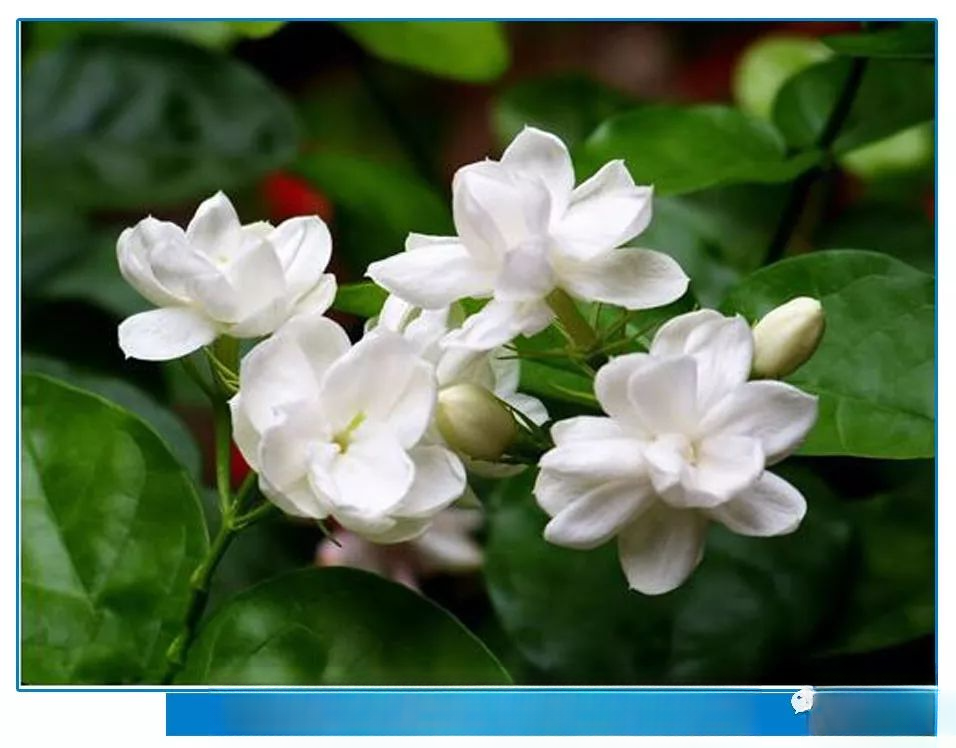
— —Jasmine——
Jasmine: Other names: jasmine, fragrant soul, moli flower, meili. It is a general term for evergreen shrubs or vines of the genus Jasmine in the family Oleaceae. It is native to India and Pakistan and has been introduced and widely planted. Jasmine likes warm, humid and sunny environments. Its leaves are emerald green, its flowers are white and its fragrance is strong. It is the most common aromatic potted flower.
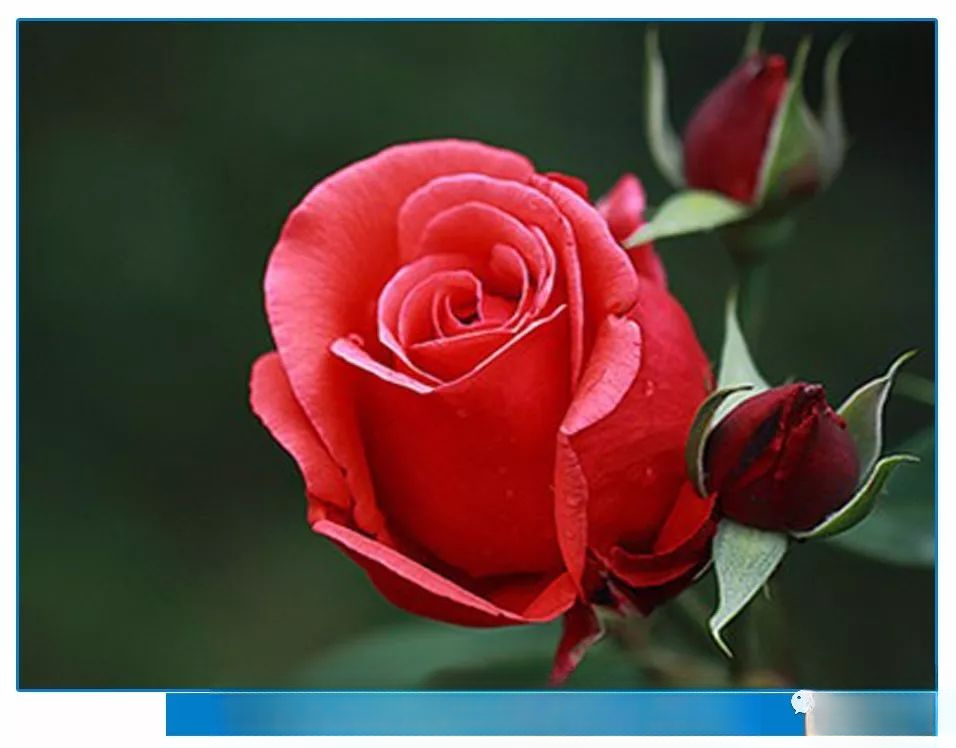
- -Rose--
Rose: Also known as thorny rose, wandering flower, assassin, and piercing rose. A shrub of the genus Rosa in the Rosaceae family. As an agricultural crop, its flowers are mainly used for food and for extracting essential rose oil. Rose oil is more valuable than gold of the same weight and is used in industries such as cosmetics, food, and fine chemicals.
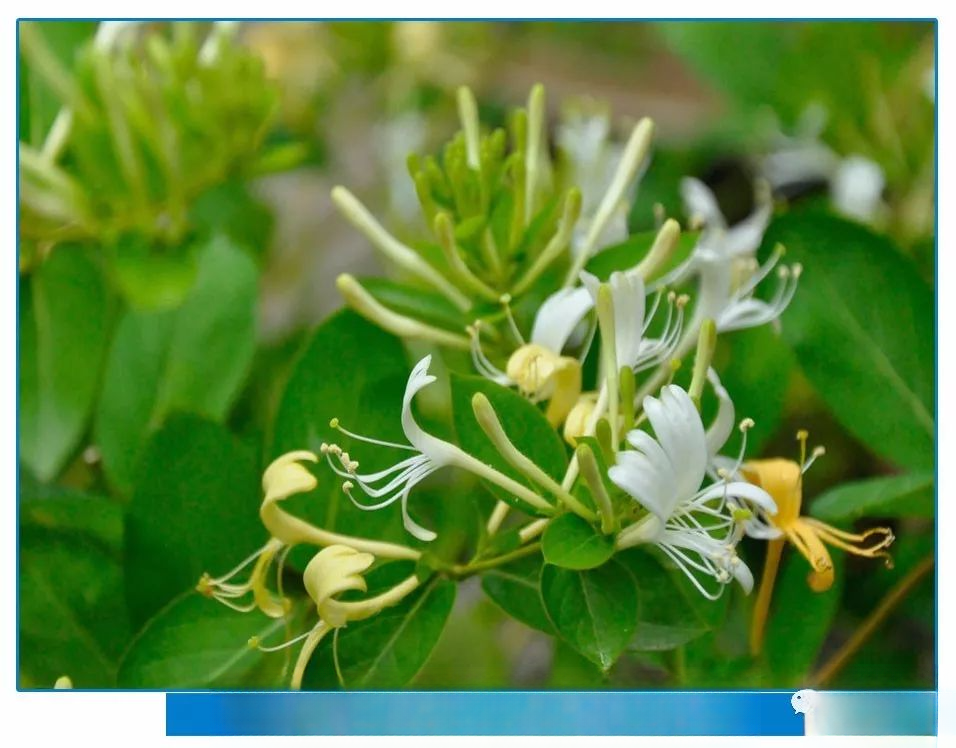
— Honeysuckle —
Honeysuckle: Other names: honeysuckle, silver vine, silver vine, two-color flower, are a general term for Chinese medicinal materials and plants. Honeysuckle, also known as honeysuckle, is a perennial semi-evergreen, twining woody vine of the Caprifoliaceae family. The name "honeysuckle" comes from the Compendium of Materia Medica. Because the honeysuckle flowers are white when they first bloom and then turn yellow, they are named honeysuckle. The medicinal material honeysuckle is the dried buds or flowers with just opened flowers of the honeysuckle plant and plants of the same genus of the Caprifoliaceae family.
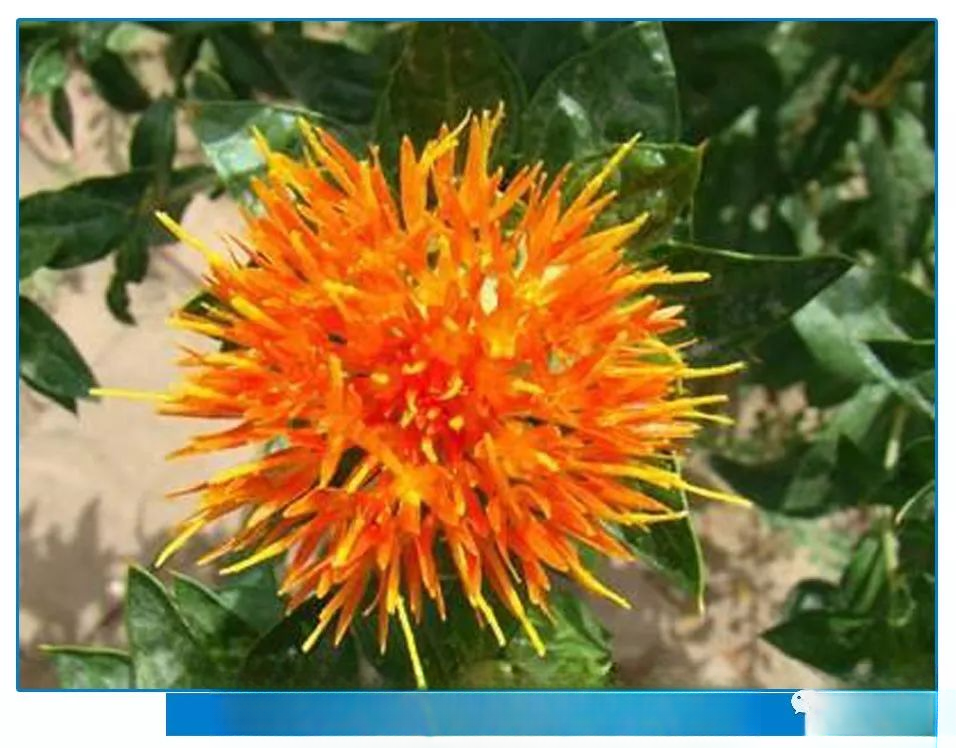
— —Saffron——
Saffron: It is a perennial flower of the genus Crocus in the family Iridaceae and is also a common spice. It is a native species in Southwest Asia and was first cultivated by the Greeks. It is mainly distributed in Europe, the Mediterranean and Central Asia. It was introduced during the Ming Dynasty. The Compendium of Materia Medica listed it as a medicine and it is planted in Zhejiang and other places. It is a precious Chinese herbal medicine with strong physiological activity. Its stigma is used as medicine in Asia and Europe. It has sedative, expectorant and antispasmodic effects. It is used to treat stomach problems, menstruation regulation, measles, fever, jaundice, hepatosplenomegaly, etc.
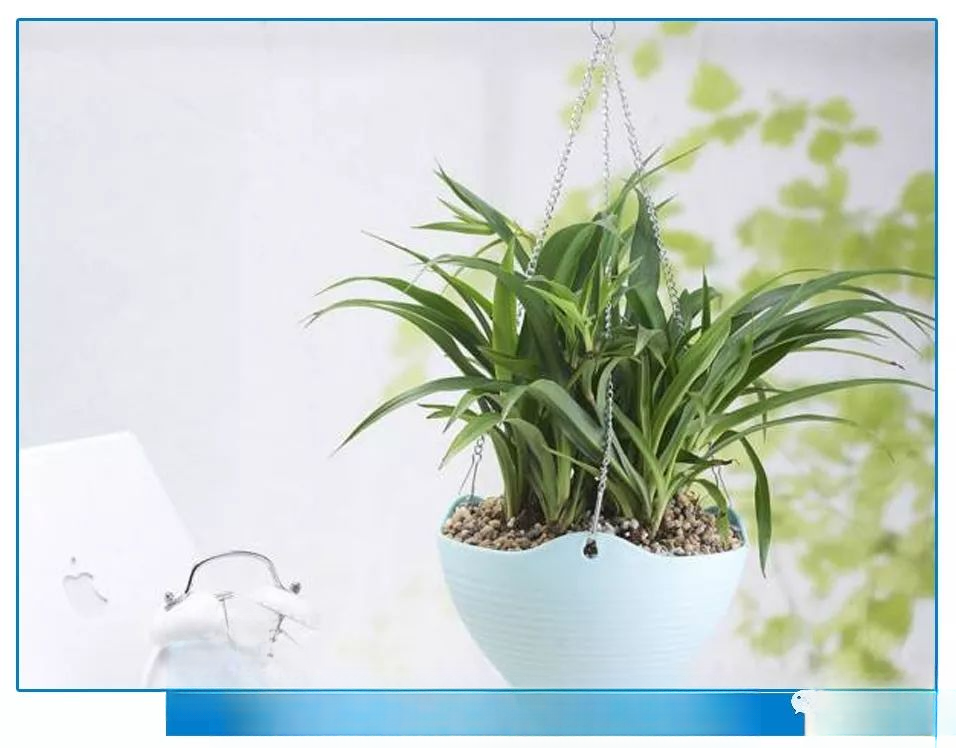
— —Chlorophytum——
Chlorophytum: Also known as osmanthus orchid, grape orchid, fishing orchid, and tree banana, it has clustered leaves that resemble flowers and is evergreen all year round. It is a famous foliage plant and is known as the "sky flower". According to research, Chlorophytum has the function of absorbing toxic gases. Generally, if a room has a pot of Chlorophytum, it can absorb all the formaldehyde emitted by smoking and building materials in the air, purifying the air and protecting the human body.
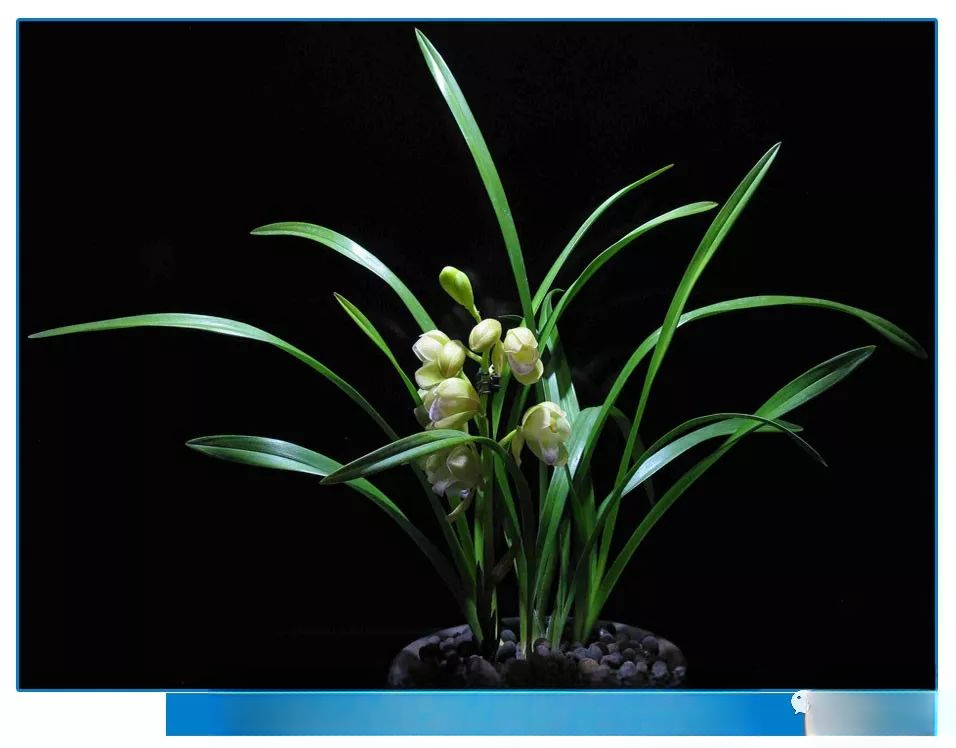 — —Orchid——
— —Orchid——
Orchid: Alias: Hu Jihua, Lan, Zhilan, belongs to the Orchidaceae family, is a monocotyledonous, perennial herb, also called Hu Jihua. Since most varieties of terrestrial orchids are native, orchids are also called orchids. The roots are long and cylindrical, and the leaves grow in clusters from the stems, linear and lanceolate, with 2 to 3 leaves in a bunch. The roots, leaves, flowers, fruits and seeds of orchids all have certain medicinal value. Orchids are a kind of flower famous for their fragrance, with the characteristics of nobleness and elegance. Ancient and modern celebrities have highly praised it and it is called a gentleman among flowers. In ancient times, literati often compared the beauty of poetry and prose to "orchid chapters", the true friendship to "orchid friendship", and good friends to "orchid guests".
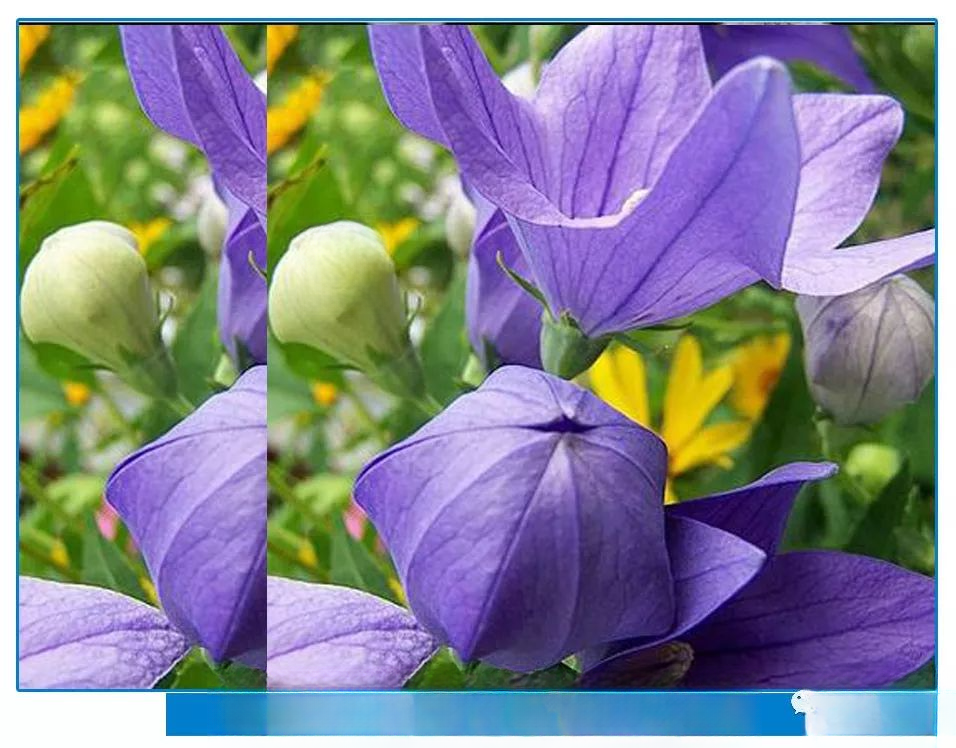
— — Platycodon grandiflorum —
Platycodon: Alias: baggage flower, bell flower, man-of-war flower, a plant of the genus Platycodon in the Campanulaceae family, a perennial herb with ovate or ovate-lanceolate leaves, dark blue or dark purple-white flowers, which can be used as an ornamental flower; Korean people use it as a wild vegetable; its roots can be used as medicine, which has the effects of relieving cough and expectorant, promoting lung function, and discharging pus.
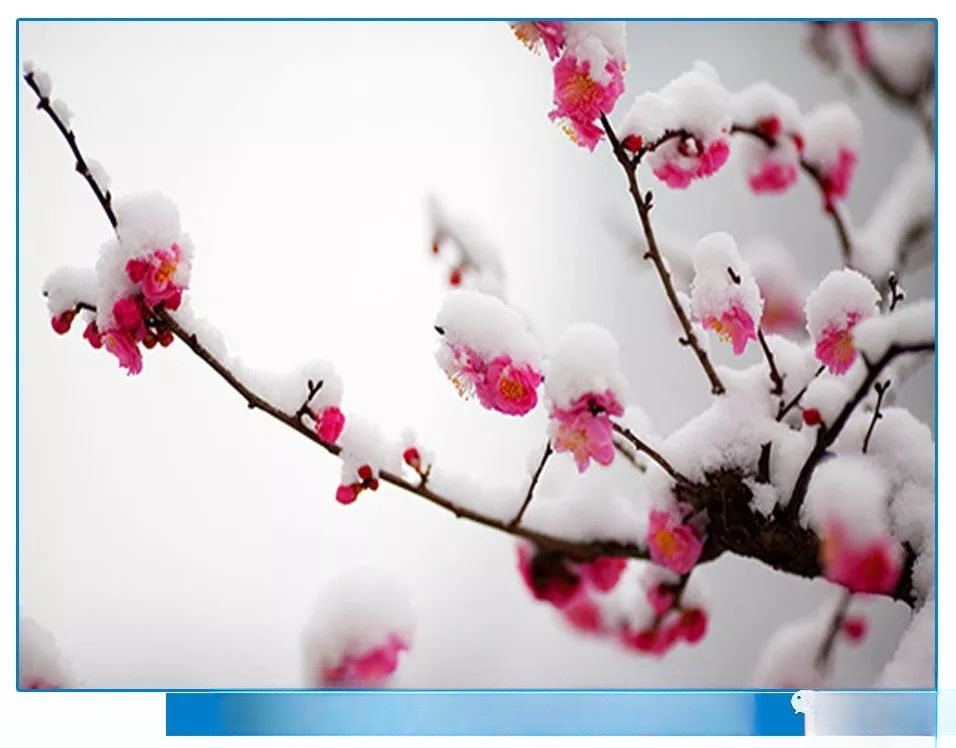
- -plum bossom--
Plum blossom: Other names: sour plum, yellow plum, Hehan plum, white plum, the flower of the plum tree, is a plant of the subgenus Plum in the Rosaceae family. It blooms before the leaves in the cold winter, with five petals in white, red, pink and other colors. The leaves are broadly ovate to ovate, and it is a famous ornamental plant. It is the city flower of Nanjing, Wuhan, Wuxi, Meizhou and other places. It is mainly divided into two categories: flower plum and fruit plum; it can be planted alone, in clusters, in groups, etc. It has good medicinal value: the flower buds can stimulate the appetite and relieve depression, promote fluid production and resolve phlegm, promote blood circulation and detoxify; the root powder can treat jaundice. The flower language of plum blossom is "strong, loyal, and elegant".

— —Forget-me - not——
Forget-me-not: Alias: forget-me-not, winged stem blood-replenishing grass, star, is a plant of the Boraginaceae family. Distributed in Europe, Iran, Russia, Pakistan, Kashmir, India, and Jiangsu, Northwest China, North China, Sichuan, Yunnan, Northeast China and other places in the mainland, it grows in areas with an altitude of 200 to 4,200 meters, mostly growing on mountain forest edges, hillsides, under forests and valley grasslands, and has not yet been artificially introduced for cultivation. The flower shop "Forget-me-not" is not selling real forget-me-nots, but blood-replenishing grass of the genus Limonium of the family Limonium. The sale of blood-replenishing grass as forget-me-not is a misunderstanding.
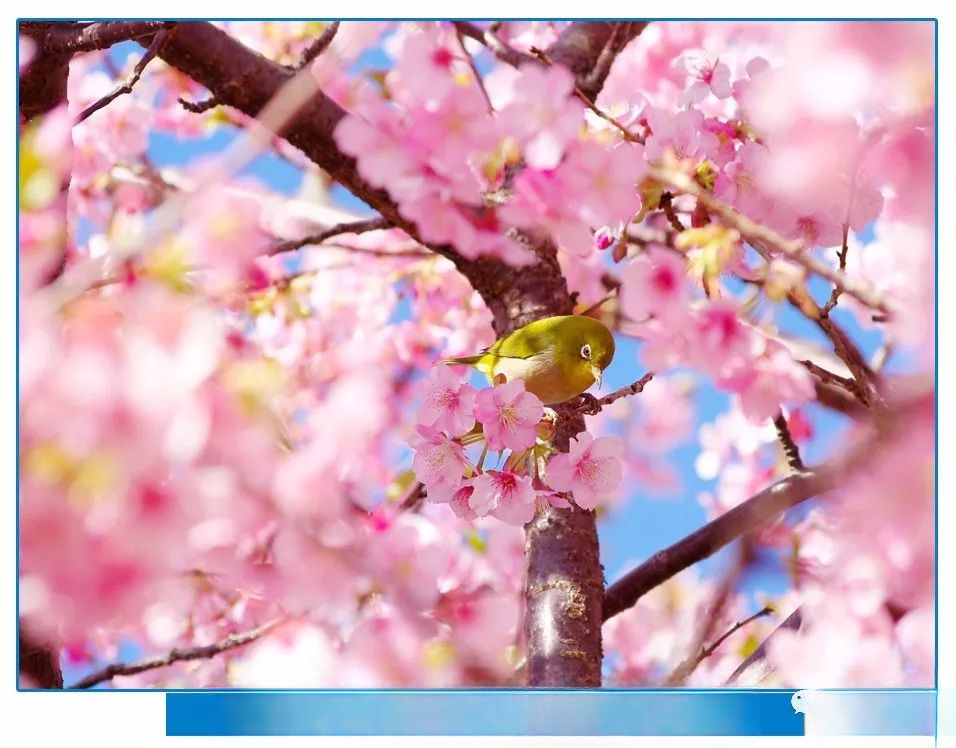
- -Cherry blossoms--
Cherry Blossom: Also known as fairy cherry blossom, Fukushima cherry, blue-skinned cherry, a plant of the subgenus Prunus of the genus Prunus in the Rosaceae family, native to the temperate Himalayan region of the northern hemisphere, and cultivated all over the world. Cherry blossom is a deciduous tree with purple-brown bark, alternate flowers and leaves, serrated edges, dark green and shiny surface. There are three or five flowers on each branch, forming an umbel, with notches at the tip of the petals, and the flower colors are mostly white and pink. The flowers bloom with the leaves in March or after the leaves. The cherry blossoms are fragrant and beautiful, and are often used for garden viewing. Cherry blossoms can be made into sushi, and the leaves can also be processed into pickles. Cherry blossoms are regarded as a symbol of spring and are deeply welcomed and loved by people from all over the world.
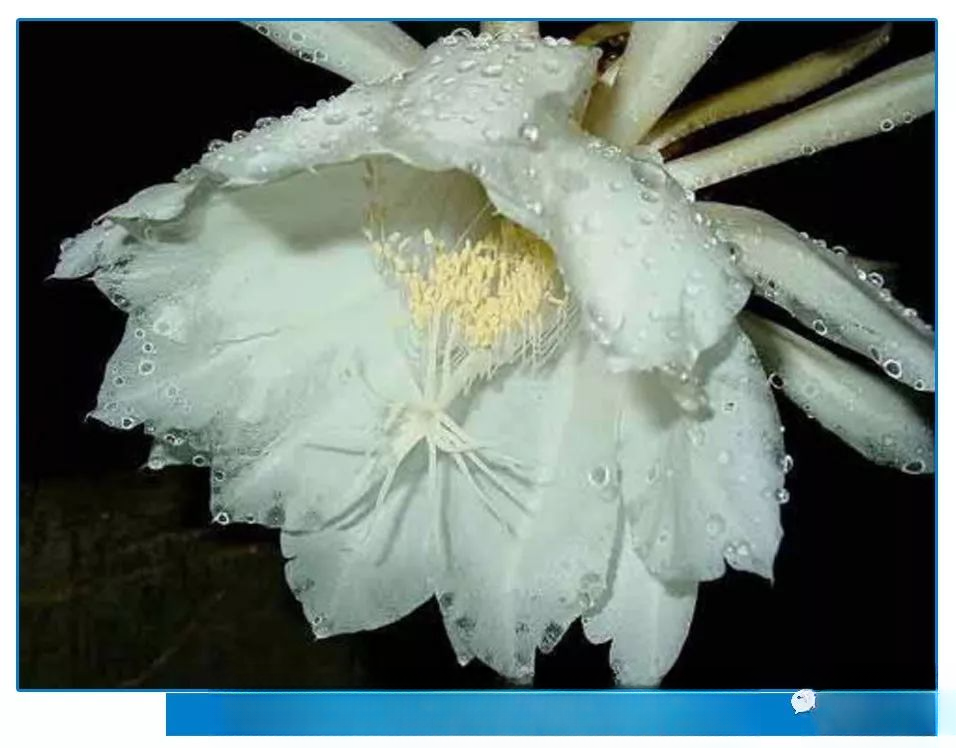
— —Epiphyllum——
Epiphyllum: Other names: Viburnum, Moon Beauty, Epiphyllum, Moon Beauty. It is a shrub with a cylindrical main stem and woody. The branches are flat leaves, mostly with 2 edges, rarely with 3 wings, with wavy round teeth on the edges. The areoles grow in the notches of the round teeth. The young branches have prickly thorns, while the old branches are thornless. It blooms large white flowers in the evening in summer and autumn, which are funnel-shaped and fragrant. It is native to Mexico. It likes warm, humid and semi-shady environments. It is not frost-resistant and avoids strong sunlight. It is suitable for sandy loam rich in humus. The temperature in winter should not be lower than 5 ℃ .
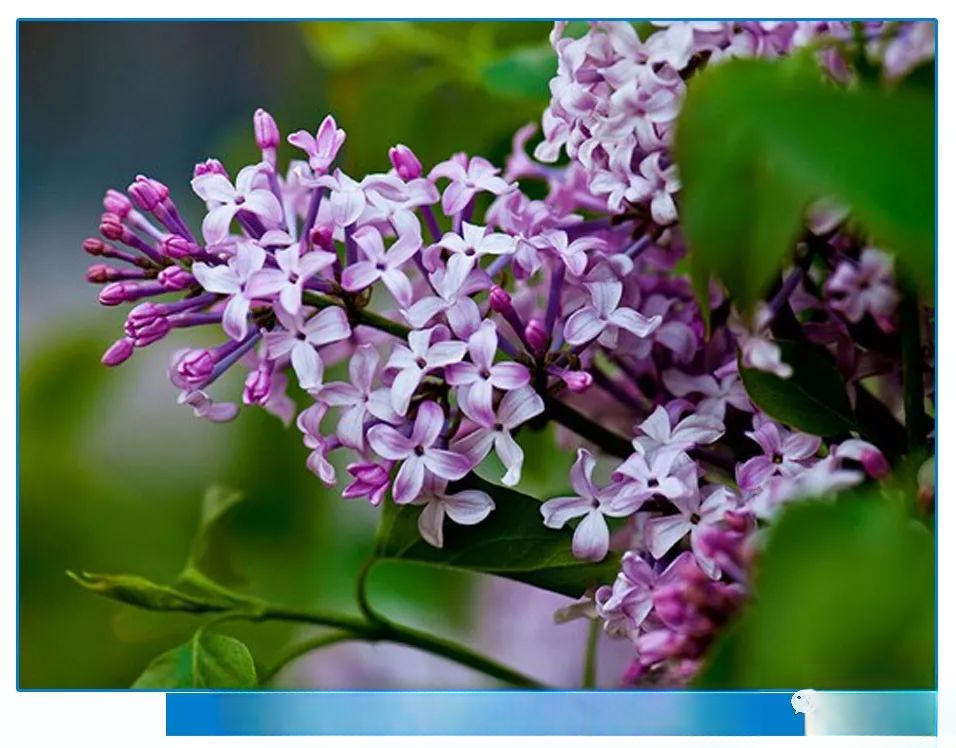
— —Cloves——
Clove: Other names: foreign clove, male clove, hundred knots, chicken tongue. It belongs to the family Oleaceae, genus Syringa, and is a deciduous shrub or small tree. It is widely distributed in Zanzibar, Madagascar and other places. It is named because its flower tube is slender like a nail and fragrant. It is the city flower of Harbin and a famous garden flower. It has a large inflorescence, luxuriant flowers, elegant and fragrant flowers, strong habits, and easy cultivation, so it is widely cultivated and used in gardens. The flowers are bisexual, with terminal or lateral panicles, and the colors are mostly white and purple. Clove oil and eugenol made from it have good medicinal value. Ancient poets often used cloves to write about sorrow.
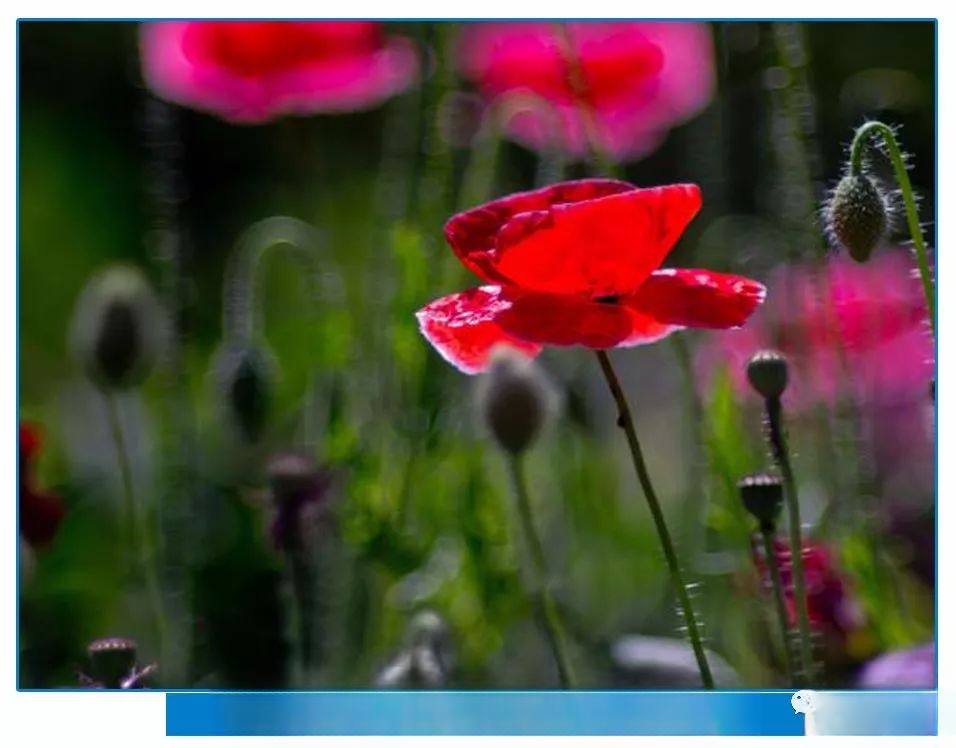
— —Poppy——
Poppy: Other names: Peony, Lichunhua, Spring in the Garden, Fairy Artemisia. Annual (rarely biennial) plant, native to Europe, North Africa and Asia, now introduced to Australia, New Zealand and North America. Flowers grow on the top of 25 to 90 cm (10 to 35 inches) high stems, about 7 to 10 cm in diameter. Petals are 4, usually bright red, orange, yellow, white, sometimes with a black spot at the base.
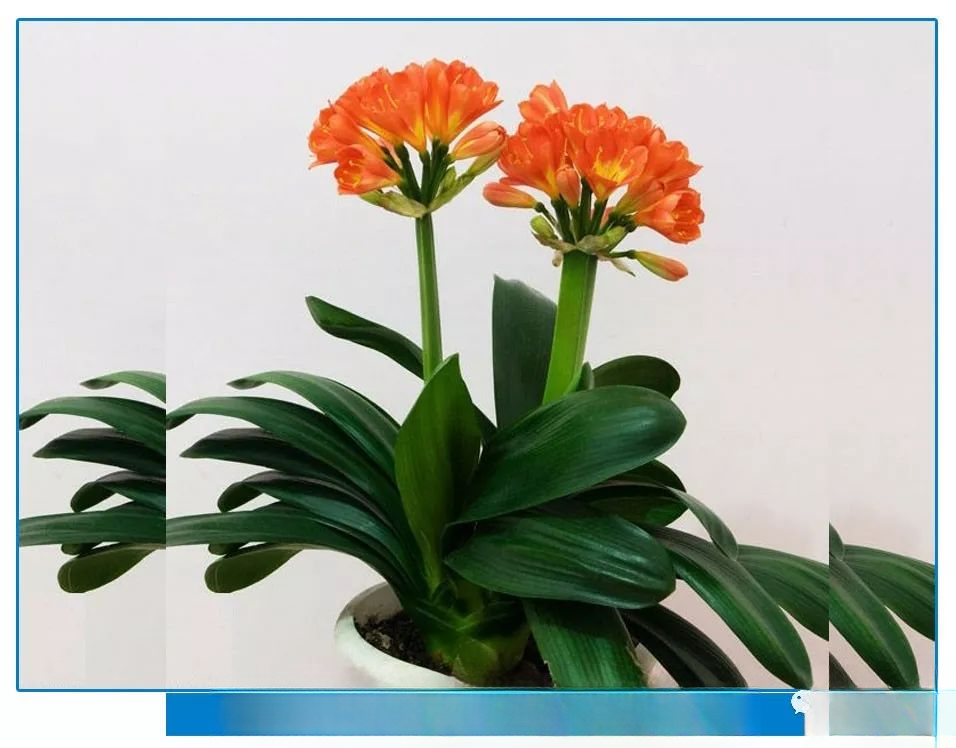
— —Clivia——
Clivia: Other names: Big Flower Clivia, Big Leaf Lycoris, Sword Leaf Lycoris, Damulan. It is a perennial herbaceous plant of the Amaryllis family. Its flowering period is as long as 30-50 days, mainly in winter and spring, and it also blooms around New Year's Day to the Spring Festival. It is a semi-shade plant that avoids strong light, likes coolness, and avoids high temperatures. The suitable growth temperature is 15-25 ℃ , and it stops growing when it is below 5 ℃ . It likes fertile, well-drained soil and moist soil, and avoids dry environment. Clivia has a high ornamental value. Its plants are elegant and handsome, with gentlemanly demeanor, and its flowers are like orchids, hence the name. The roots are fleshy and fibrous, and pseudobulbs are formed at the base of the leaves. The leaves are sword-shaped, up to 45 cm long, arranged alternately, and have entire edges.
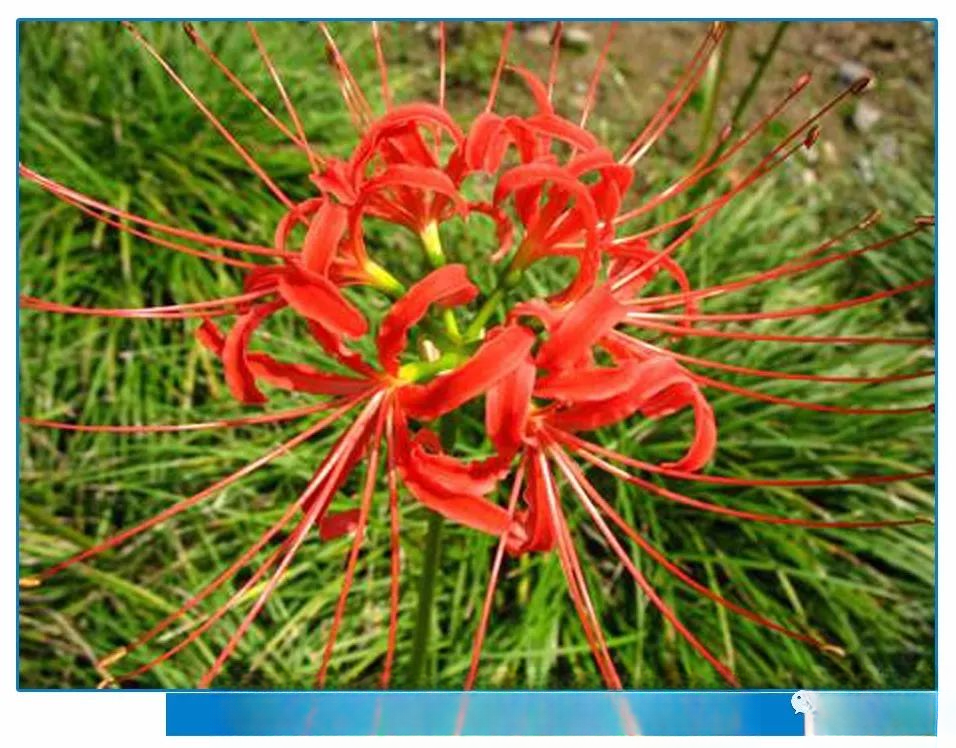
— — Lycoris radiata —
Lycoris radiata: also known as red flower Lycoris, dragon claw flower, mountain poison, commonly known as old crow garlic, red spider flower, Li Kelisi, etc., is a kind of Lycoris, a blood-red flower of the other shore. It is a perennial herb; the red spider flower is a bulbous plant, the shape of the bulb is a bit like daffodils, and the flower is a hollow stem with a flower on the top. This flower has a special smell, a bit like garlic.
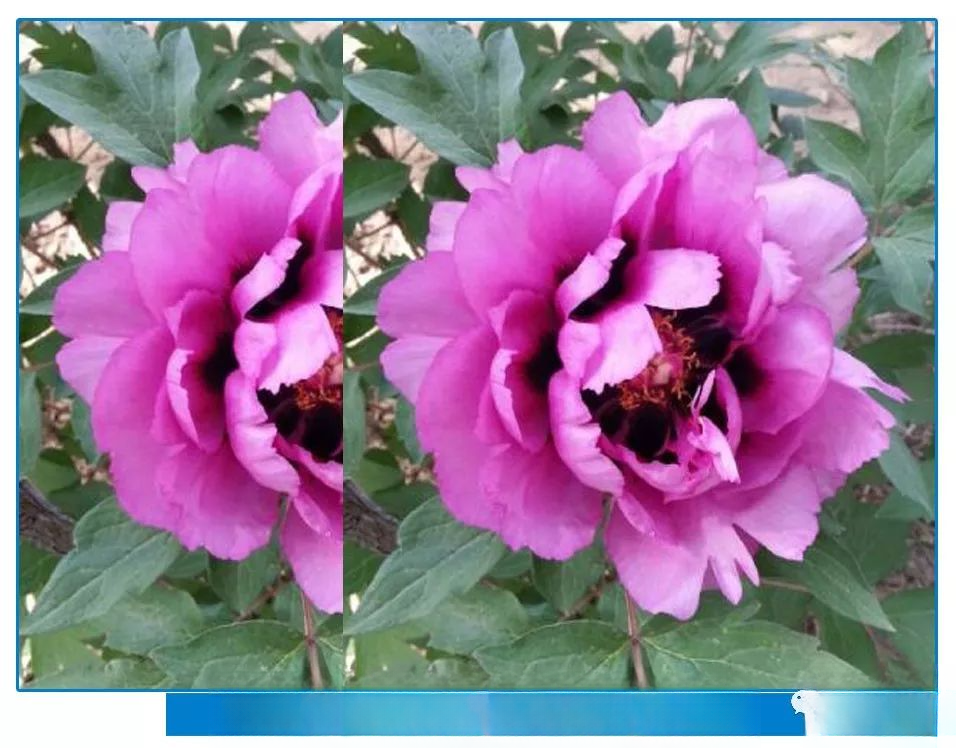
— —Peony——
Peony: Other names: rat lady, deer leek, white velvet, wood peony. It is native to the mountainous areas of Qinling Mountains and Daba Mountains in the west. It is a perennial deciduous shrub with slow growth and small plant shape. Peony is a unique woody precious flower and the national flower. It has a history of thousands of years of natural growth and more than 2,000 years of artificial cultivation. Peony is known as the "national beauty" and the "king of flowers".
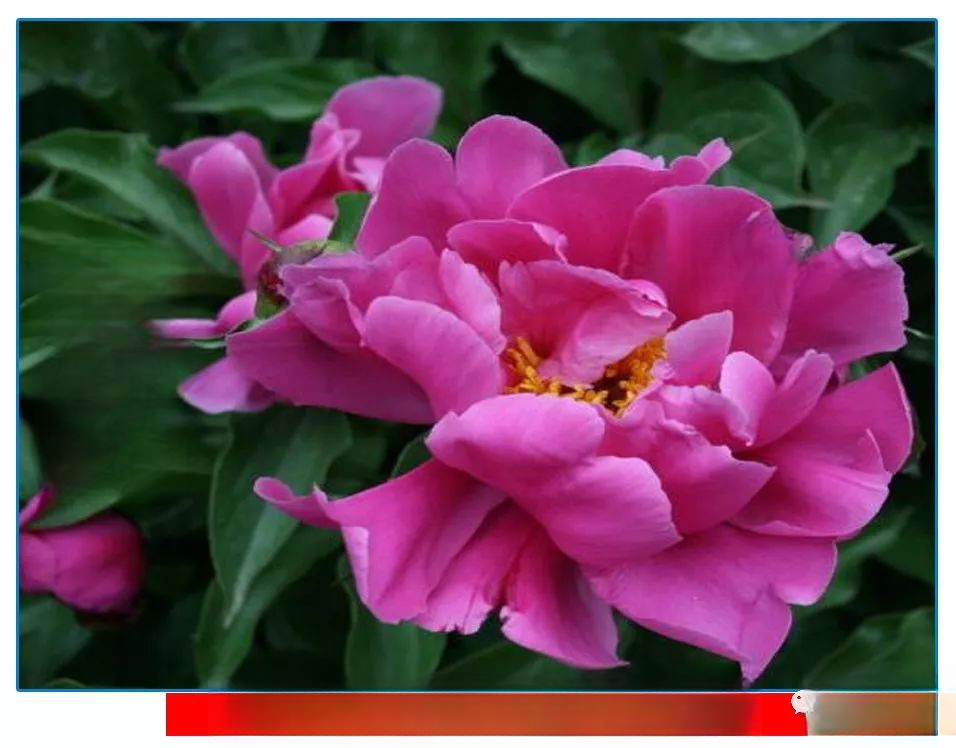
— —Peony——
Peony, also known as flower fairy, flower phase, will leave, will leave grass, Lanweichun, Yurong, plow food, boneless flower, black lead, red medicine, will leave grass, is a famous herbaceous flower of the genus Paeoniaceae. Its cultivation history in China is more than 4,900 years, making it the earliest cultivated flower. Peony can be divided into many varieties such as grass peony, beautiful peony, and multi-flower peony.
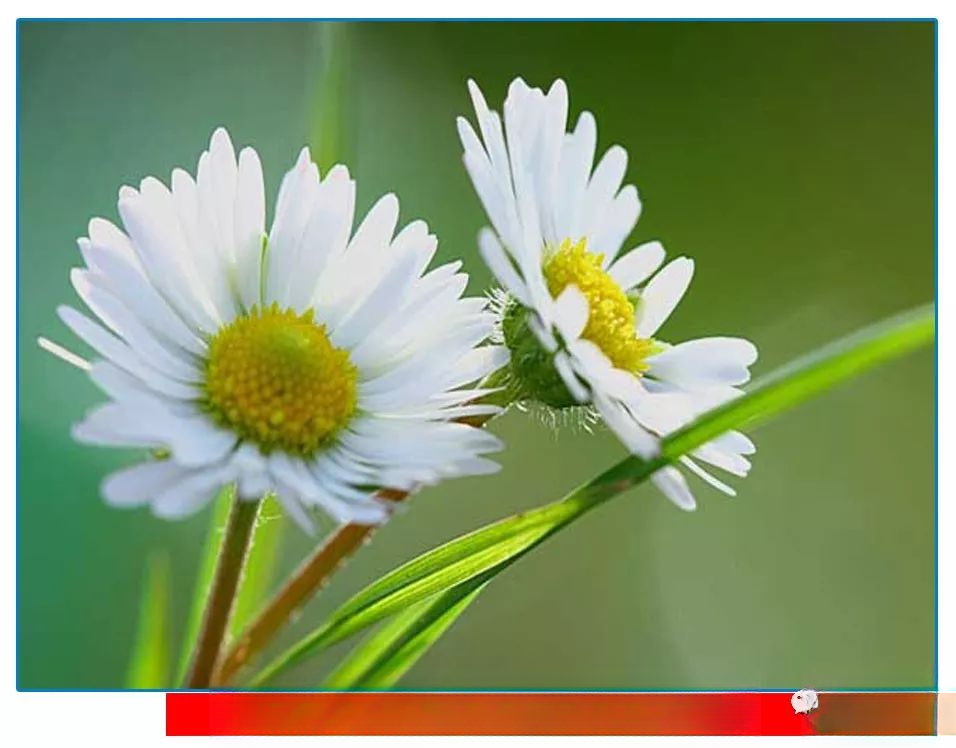
— —Daisy——
Daisy: It is a kind of plant in the Asteraceae family. It is also known as spring daisy, malan flower, margarite, etc. It is native to Europe. The original species was regarded as a weed. It blooms in spring. Daisy is a perennial herb. It is deeply loved by Italians and is therefore recommended as the national flower. Daisy is also called dry daisy and white daisy. It can be used as a medicinal plant.
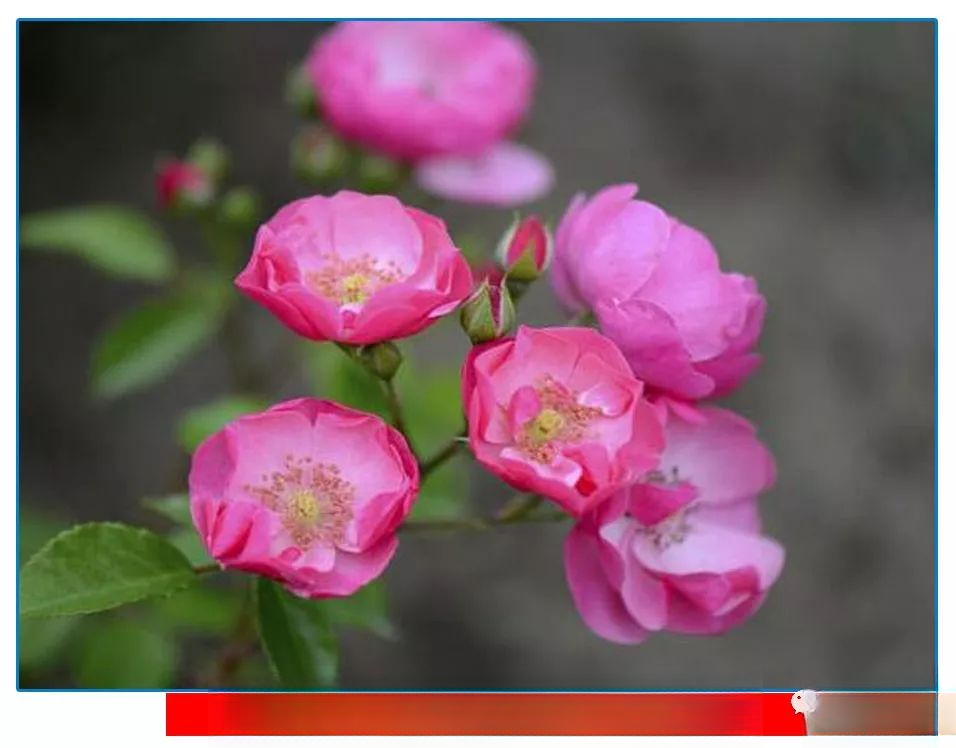
— —Rose——
Rose is also known as wild rose, multi-flowered rose , thorn rose, rose rose , thorn rose, white residual flower. It is a deciduous shrub. A plant of the genus Rosa, with an upright, climbing or creeping body, plant stems usually have prickles, leaves are alternate, odd-pinnate compound leaves, mainly distributed in temperate, subtropical and tropical mountainous areas in the northern hemisphere. Rose is a small flower that climbs the fence. The flower disk surrounds the mouth of the calyx tube. It has single or double petals. The colors are red, pink, white, yellow, etc. It is very beautiful and blooms in early summer.

— —Violet——
Violet: Other names: Grass Osmanthus, Sitaoke, Grass Violet. The flower is mysterious and elegant. Due to its bright color, thin petals, folds and light transmission, the essence can be released even if it is washed with cold water. It can clear away heat and detoxify, whiten and remove spots, moisturize the skin, remove wrinkles and spots, remove bad breath, enhance luster, and protect against ultraviolet radiation. Violet is very helpful for the respiratory tract and has a conditioning effect on bronchitis. It can moisturize the throat and solve the bad breath caused by tooth decay. Violet is not only pleasing to the eye, but can also be made into scented tea, which is refreshing.

— —Tuberscented Jasmine——
Tuberose: Other names: night-scented flower, night orchid. It is a vine-like shrub with weak, hairy twigs and latex. The flowers are mostly yellow-green and have a fresh fragrance, which is even more fragrant at night, so it is called "night-scented flower" or "night-scented flower". It is mostly a potted ornamental plant, but it is not suitable to be placed indoors. The fragrance of its flowers makes it difficult for people to breathe.
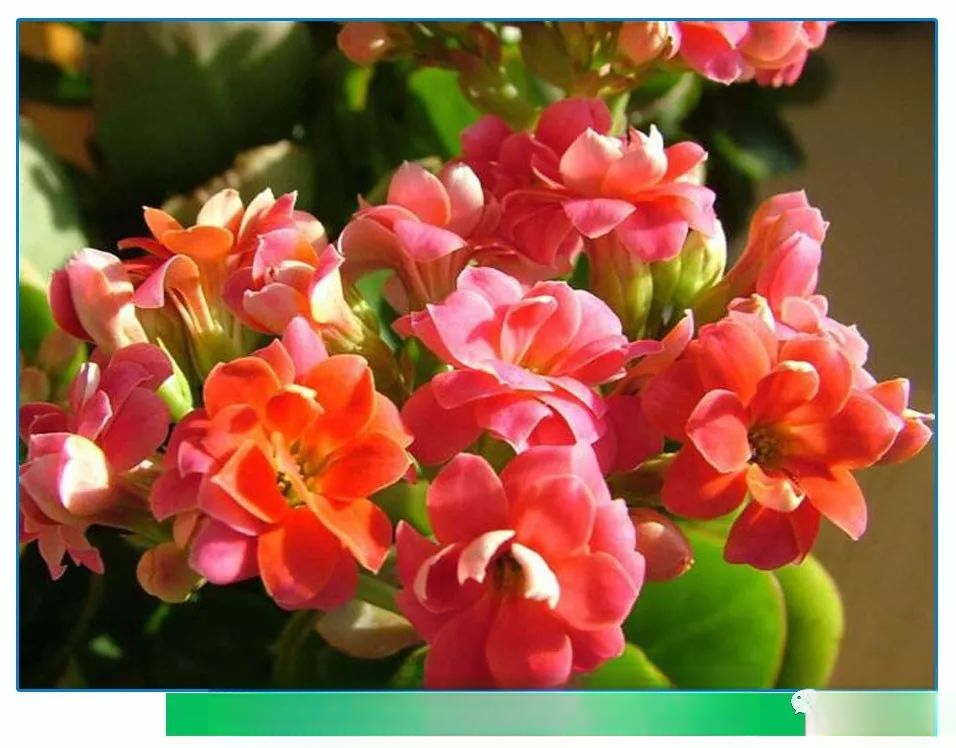
— —Kalanchoe —
Kalanchoe: Other names: Dwarf Kalanchoe, Christmas Kalanchoe, Longevity Flower, False Sichuan Lotus, Jiale Flower, Kalanchoe. A succulent plant with low bushes formed by large, shiny leaves that are green all year round. It is planted in the open field as edging material in spring, summer and autumn, and blooms bright and eye-catching flowers from December to April of the following year. There can be as many as dozens of flowers on each branch, and the flowering period can last for more than 4 months, hence the name of Kalanchoe. Kalanchoe is a succulent plant of the genus Kalanchoe in the Crassulaceae family. It is a low bush formed by large, shiny leaves that are green all year round. It is planted in the open field as edging material in spring, summer and autumn, and blooms bright and eye-catching flowers from December to April of the following year.
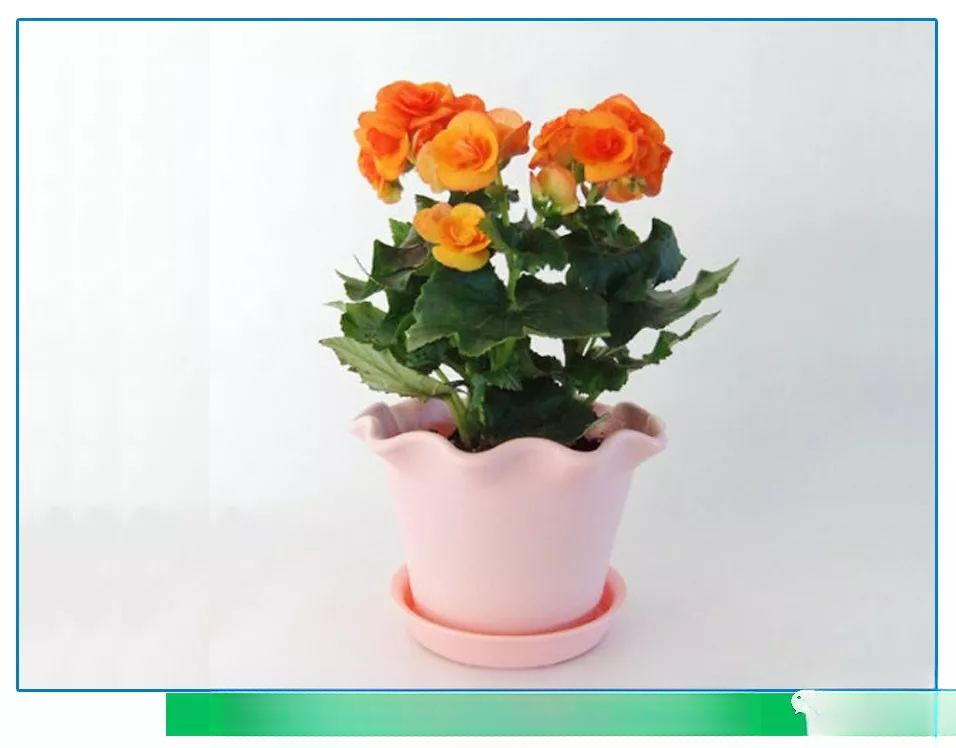
— —Begonia——
Begonia: Other names: Begonia flower, Jieyu flower, Haihong, Zimu Haitang, Xiaoguo Haitang, Hua Guifei, belongs to the Rosaceae family, with oval leaves and obovate petals. It is both herbaceous and woody, and is divided into Xifu Haitang, Adhesive Haitang, Weeping Haitang, Papaya Haitang, Four-season Haitang and many other varieties. Begonia is native to the north and is now cultivated in many areas. It is generally planted in the ground, and can also be potted to make bonsai. Begonia fruit has nutritional value such as thirst quenching, spleen strengthening and appetite stimulating. Begonia flowers are elegant and blooming like brocade. Since ancient times, it has been a famous flower appreciated by both the refined and the popular. It is known as the "fairy among flowers", "flower concubine" and "flower nobility". The flower language is homesickness and parting sorrow of wanderers.
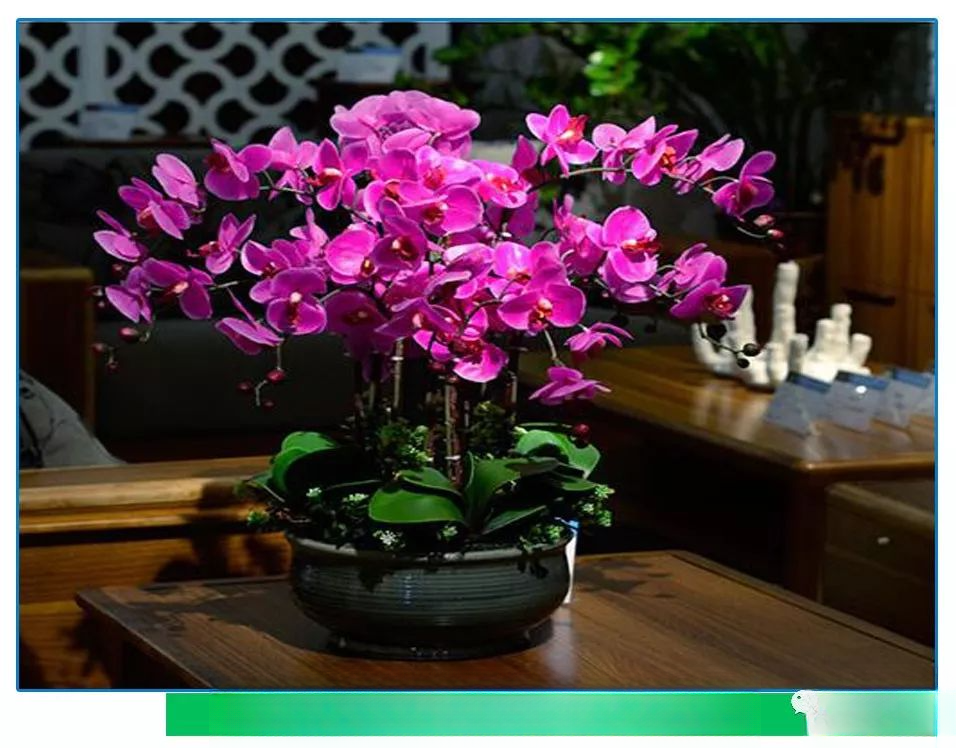
— —Phalaenopsis——
Phalaenopsis: Also known as butterfly orchid. Discovered in 1750, more than 70 native species have been found, most of which are produced in humid Asian regions. They are distributed in Taiwan, Thailand, the Philippines, Malaysia, Indonesia and other places. Among them, Taiwan produces the most. Phalaenopsis is a famous cut flower species. Phalaenopsis is a single-stem epiphytic orchid with short stems, large leaves, one to several arched flower stems, and large flowers. It is named because its flowers resemble butterflies. Its flowers are beautiful and colorful. It is a treasure among tropical orchids and has the reputation of "Queen of Orchids".
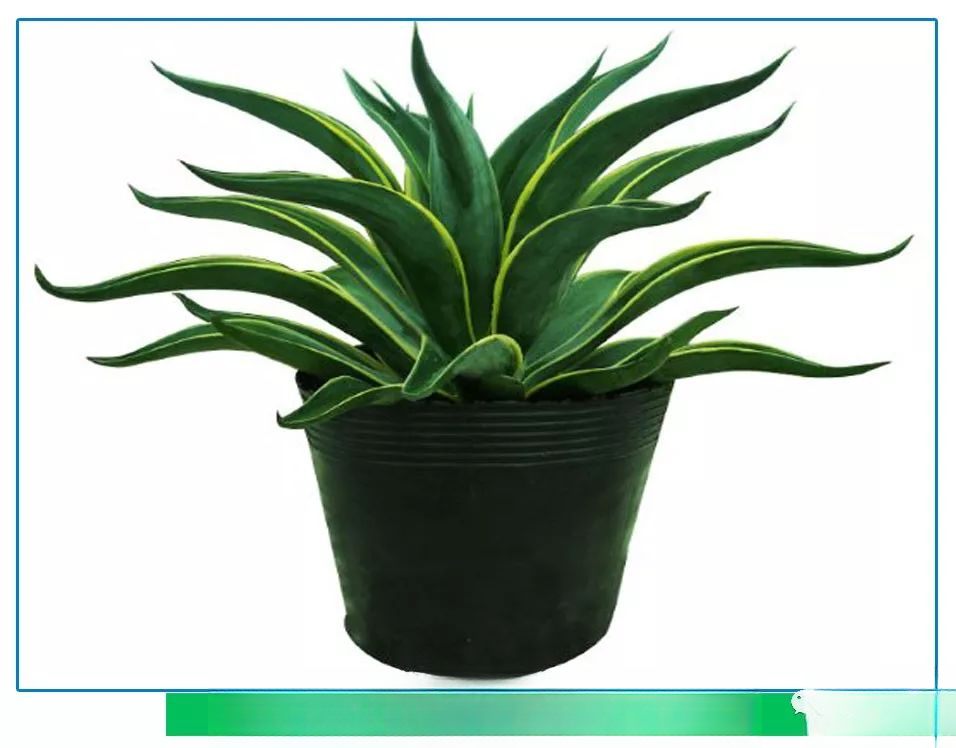
— —Tequila——
Agave: Also known as: dragon tongue palm, fanma, century tree, Agave is a perennial evergreen large herb of Agave family, native to Mexico. Because of its firm leaves and evergreen all year round, it is one of the important materials for garden decoration in the south, and is a constant temperature greenhouse potted plant in the Yangtze River Basin and north of it. It likes well-drained, fertile and moist sandy soil. In the place of origin, it usually takes decades to bloom, and the mother plant dies after flowering, and cross-pollination can only bear fruit.
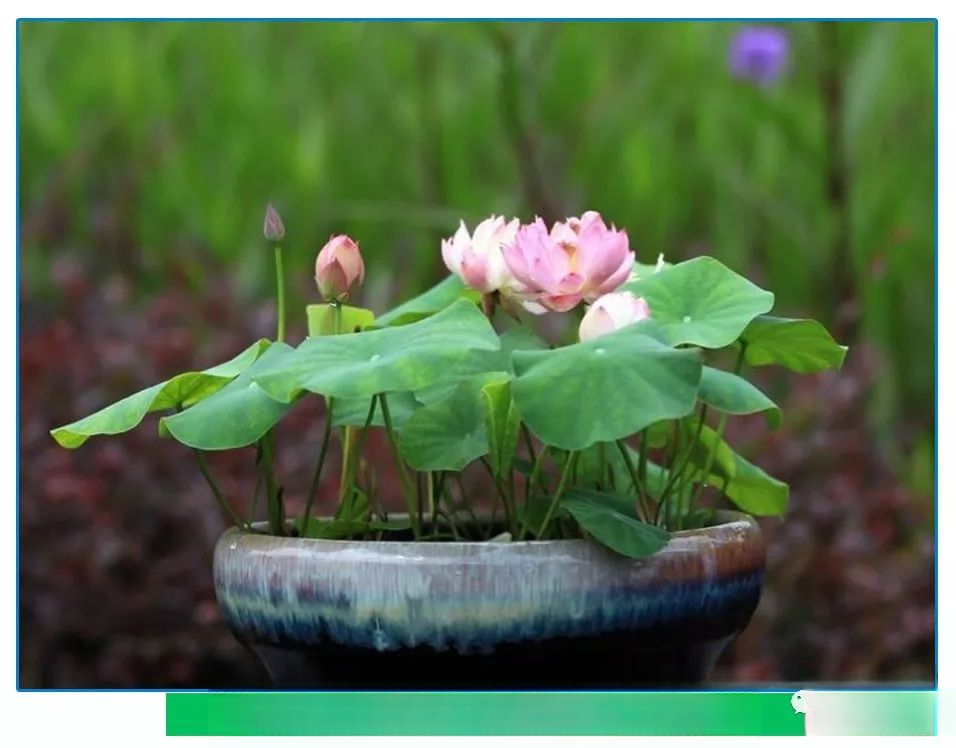
— —Bowl lotus——
Bowl lotus: Other names: lotus, (ancient name) hibiscus, handan, lotus, lotus, lotus, as the name suggests, is the lotus planted in a bowl. Also known as bowl lotus, pot lotus, is the lotus planted in a bowl, specially for indoor tables to beautify the living environment. Bowl lotus originates from Jiangsu, and Suzhou is the most famous, and there are many records in ancient books. If the bowl lotus is cultivated properly, the flower with a diameter of only about 5 cm will be grown, which is petite and exquisite, and has outstanding grace. Then trim it when it blooms and leaves luxuriantly, so that it is sparse and dense, and staggered. Then arrange small pieces such as hills, ships, bridges, chickens and ducks in the bowl, which can really form a fascinating artistic conception and is very elegant.
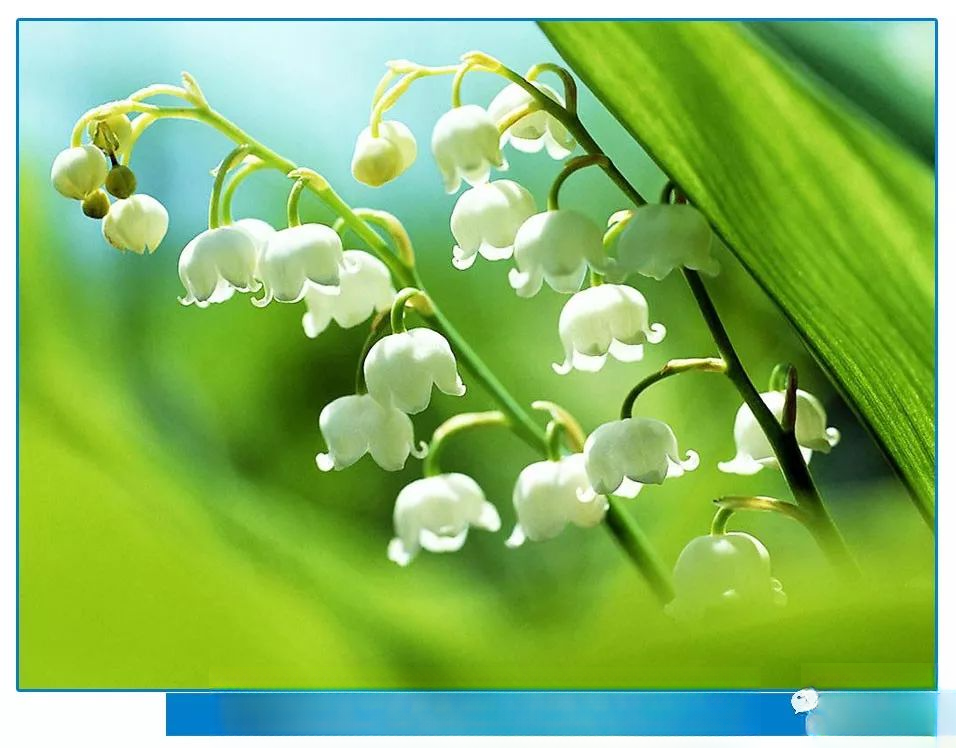
— —Lily of the Valley——
Lily of the valley: Alias: Grass Jade Ling, Junying Grass, Perfume Flower, Deer Bell, Small Reed Bell, Grass Inch Fragrance, Millet Vegetable, Verbena Flower, Valley Lily, Holy Mother, is the only species in the genus Lily of the valley. It is native to the temperate zone of the northern hemisphere and is distributed wildly at altitudes of 850 to 2500 in Europe, Asia, North America, and Northeast and North China. There are also Japanese dramas named after lily of the valley, and some anime, games, and light novels also have characters named after lily of the valley. Giving lily of the valley to each other is something that the French must do on May 1st, because the French believe that lily of the valley will bring good luck. Lily of the valley is also common at weddings, and it is given to the bride to wish the newlyweds "happiness". The original species of lily of the valley...
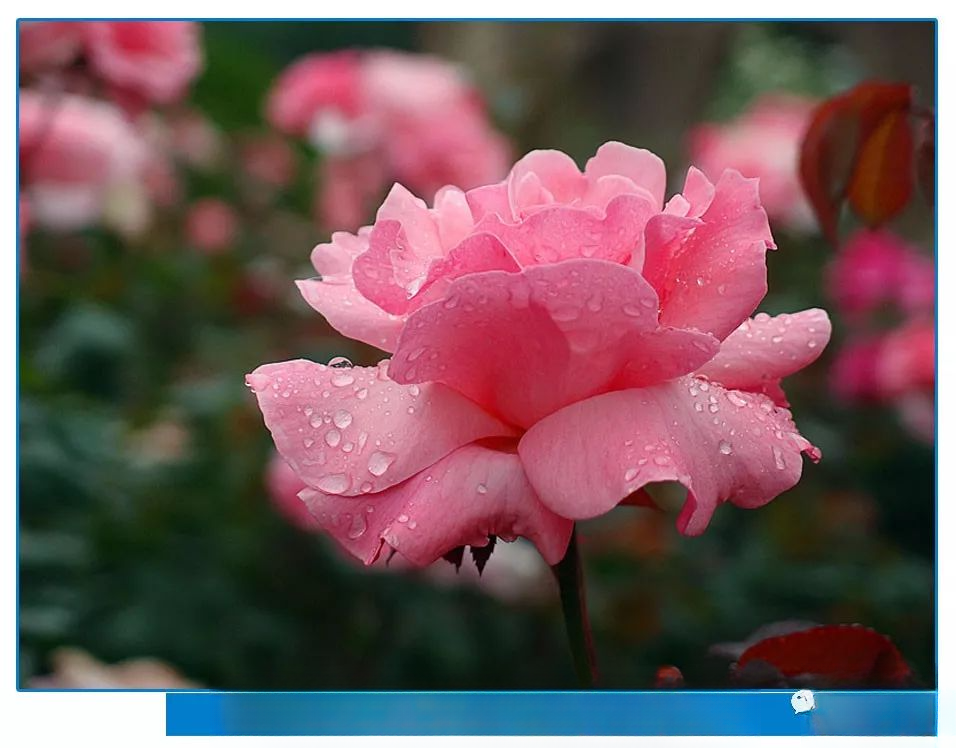
— —Rose——
Rose: Alias: Yueyuehong, Gengshen Rose, Four Seasons Flower, Shengchun, Douxuehong, Yueguihong, Yueguihua, Yueji, Yueyuekai, Yueyuehua, known as the queen of flowers and also known as "Yueyuehong", Rosaceae. Evergreen or semi-evergreen low shrub, blooming all year round, mostly red, occasionally white, can be used as an ornamental plant, can be used as a medicinal plant, also known as rose. The natural flowering period is from May to November, the flowers are large and fragrant, widely used in gardening and cut flowers. The main types of roses are cut roses, edible roses, climbing roses, ground cover roses, etc. It is one of the origins of roses. It is the city flower of Beijing, Tianjin and other cities. Red cut flowers have become a must-have gift between lovers and the theme of love poems.
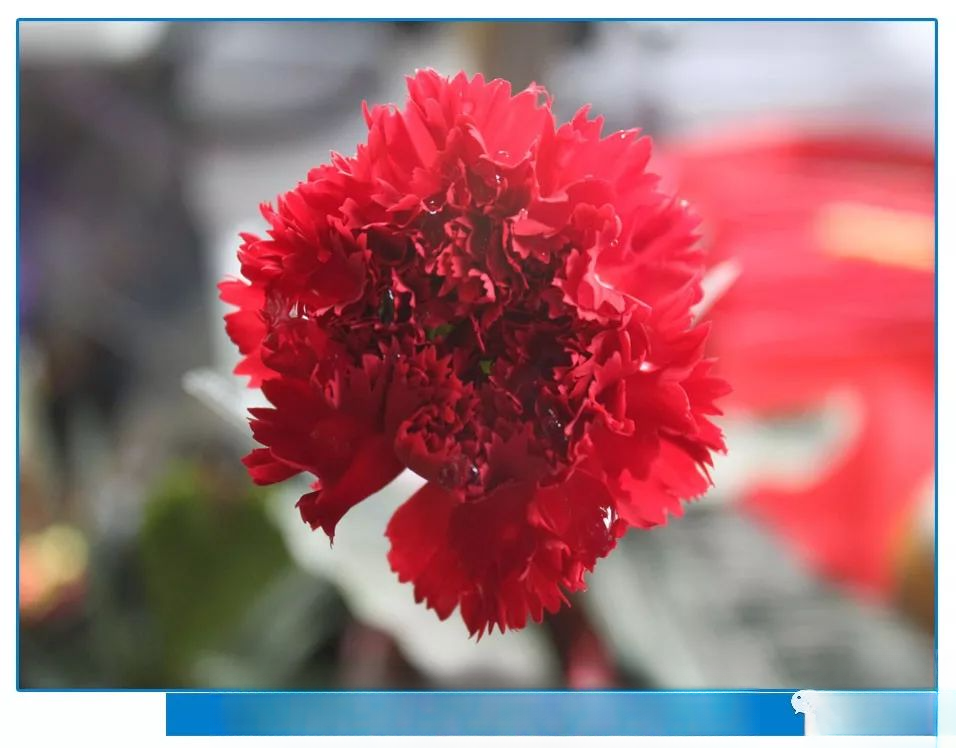
— —Carnation——
Carnation: Other names: fragrant carnation, lion head carnation, musk carnation, large flower carnation, Dutch carnation. It is a plant of the Caryophyllaceae family and the genus Dianthus. It is distributed in temperate Europe and Fujian, Hubei and other places on the mainland. It is native to the Mediterranean region and is currently one of the most commonly used flowers in the world. Carnations include many variants and hybrids, and can bloom almost continuously in greenhouses. Since 1907, pink carnations have been used as a symbol of Mother's Day, so they are often used as flowers dedicated to mothers.
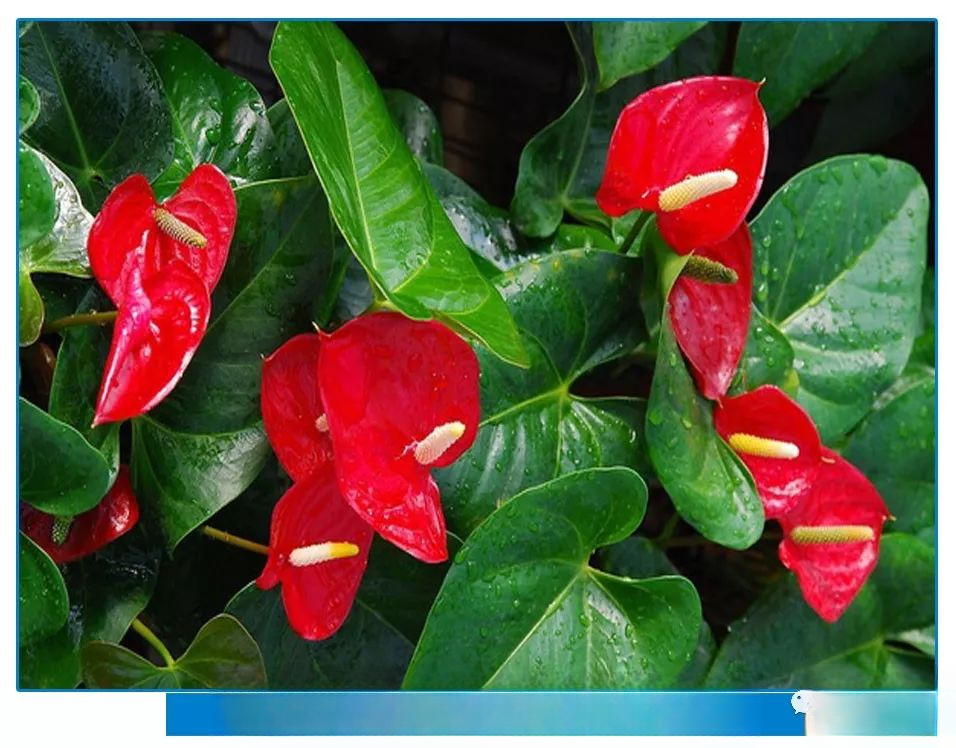
— —Anthurium——
Anthurium: Also known as Anthurium, Anthurium, Anthurium, Red Goose Palm, belongs to the genus Anthurium of the Araceae family. It is native to the tropical rainforests of South America and is now widely cultivated in Europe, Asia, and Africa. It likes warmth and fears cold, likes humidity and fears drought, likes shade and avoids sun exposure. Its flowers are unique, with spathe inflorescence, bright and gorgeous colors, rich colors, leaf-shaped bracts, and common bract colors are red, pink, white, etc., which have great ornamental value.
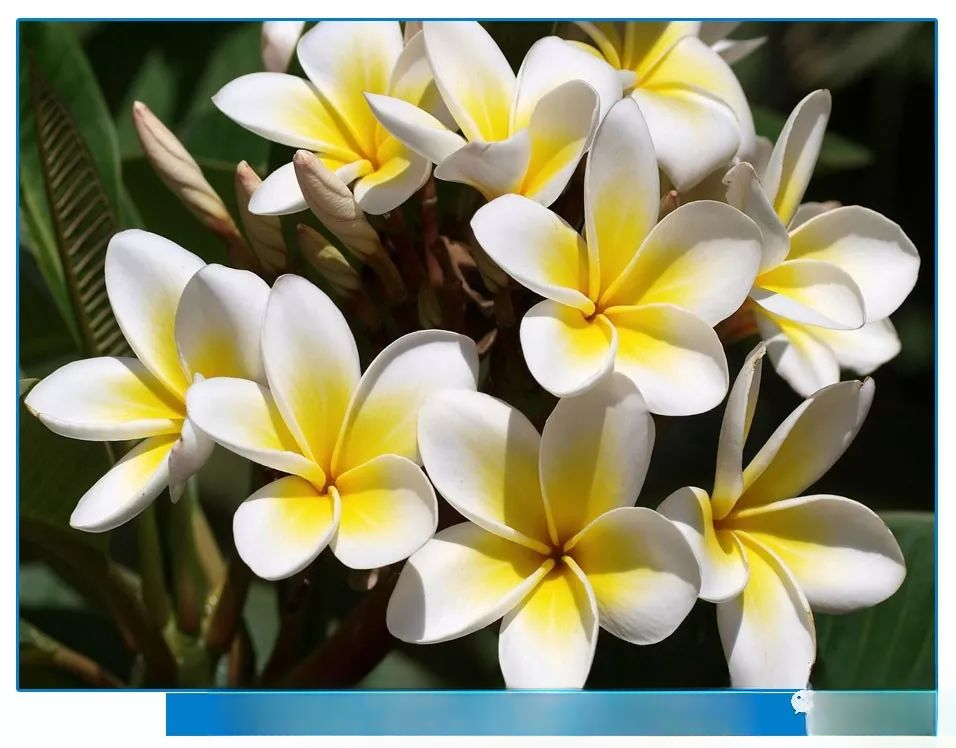
— —Plumeria——
Plumeria: Other names: Burmese Gardenia, Egg Yolk Flower, Big Season Flower, Indian Jasmine, Burmese Gardenia, Yellow Flower Plumeria. A small deciduous tree of the Apocynaceae family, also known as Burmese Gardenia, its petals are white and the center is light yellow, very much like egg white wrapped in egg yolk, hence the name. Every April and May, the dignified and elegant plumeria blooms one after another, with a rich and refreshing fragrance. The five petals are stacked in a circle, especially like the paper windmills folded by children. In fact, in addition to white, plumeria also has red and yellow colors, both of which can be used to extract essence for the manufacture of high-end cosmetics, soaps and food additives, and the price is quite high.
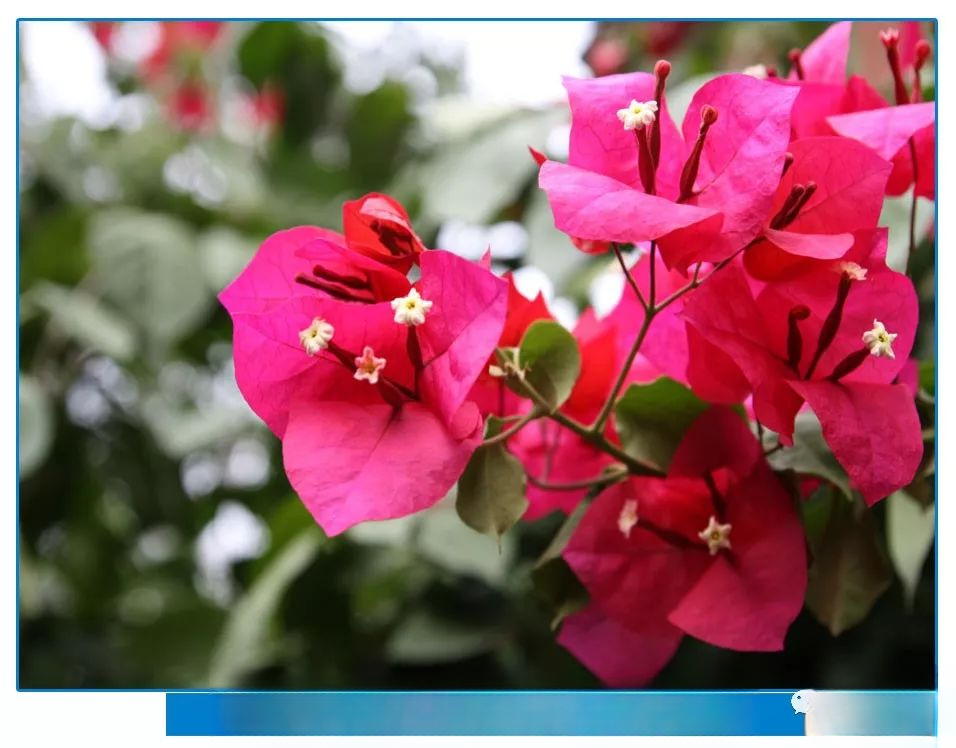
— —Bougainvillea——
Bougainvillea, also known as Bougainvillea, Trifoliate Plum, Mao Baojin, Bougainvillea, Triangle Flower, Leaf Flower, Leaf Plum, Paper Flower, South American Mirabilis, etc. It is an evergreen climbing shrub. It likes warm and humid climate, is not cold-resistant, can safely overwinter at temperatures above 3 ℃ , and can bloom at temperatures above 15 ℃ . It likes sufficient sunlight. (Summary of Economic Flora of North China) Mao Baojin (Guangzhou), Bougainvillea (Taiwan Flora), Triangle Flower (Shanghai) are vine-like shrubs.
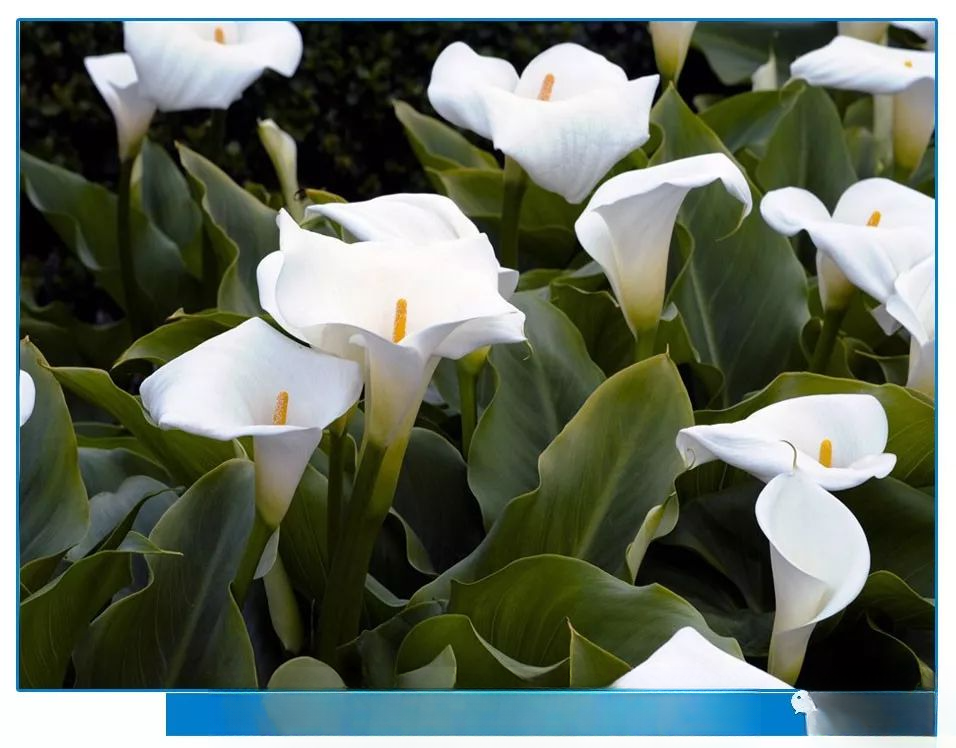
— Calla Lily —
Calla lily: Other names: arrowhead flower, water taro, Guanyin lotus. It belongs to the Araceae family, the genus Calla, and is one of the emerging flowers in recent years. As a fresh cut flower, it has a large market demand and a bright future. Calla lily is an important cut flower at home and abroad, with a wide range of uses, due to its emerald green leaves, white and large bracts, like a horseshoe, and a peculiar shape.
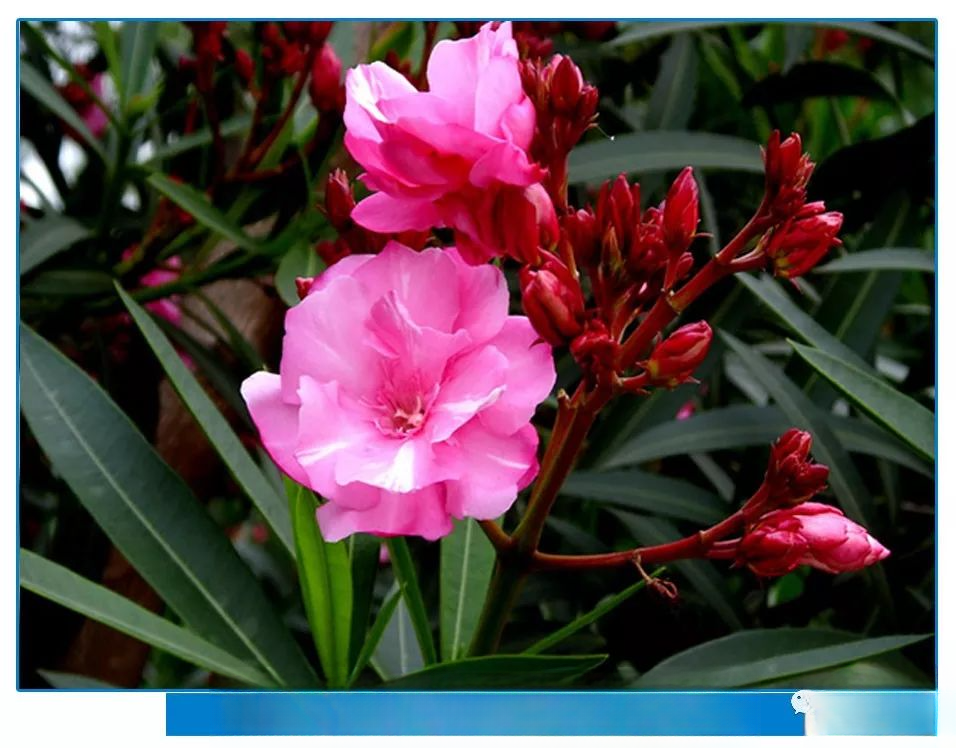
— —Oleander——
Oleander: Also known as willow-leaf peach, half-year red, Jiazi peach, native to India, Iran and Afghanistan, with a long history of cultivation, it is widely used in cities and towns in the north and south. Oleander likes sufficient sunlight, warm and humid climate conditions. Its flower colors are red and white.
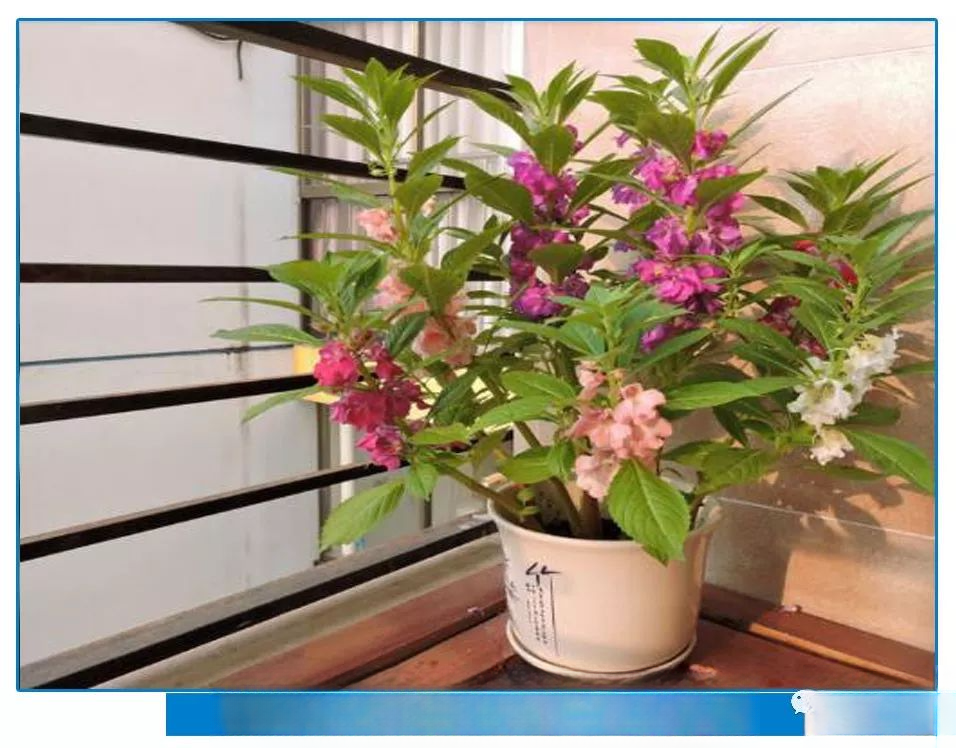
— Impatiens —
Impatiens: Because its flower head, wings, tail and feet are all upturned like a phoenix, it is also called golden phoenix flower. Impatiens is an annual herbaceous flower of the Impatiens family, native to India. Impatiens is also known as henna, henna, nail grass, small peach red, don't touch me, etc.
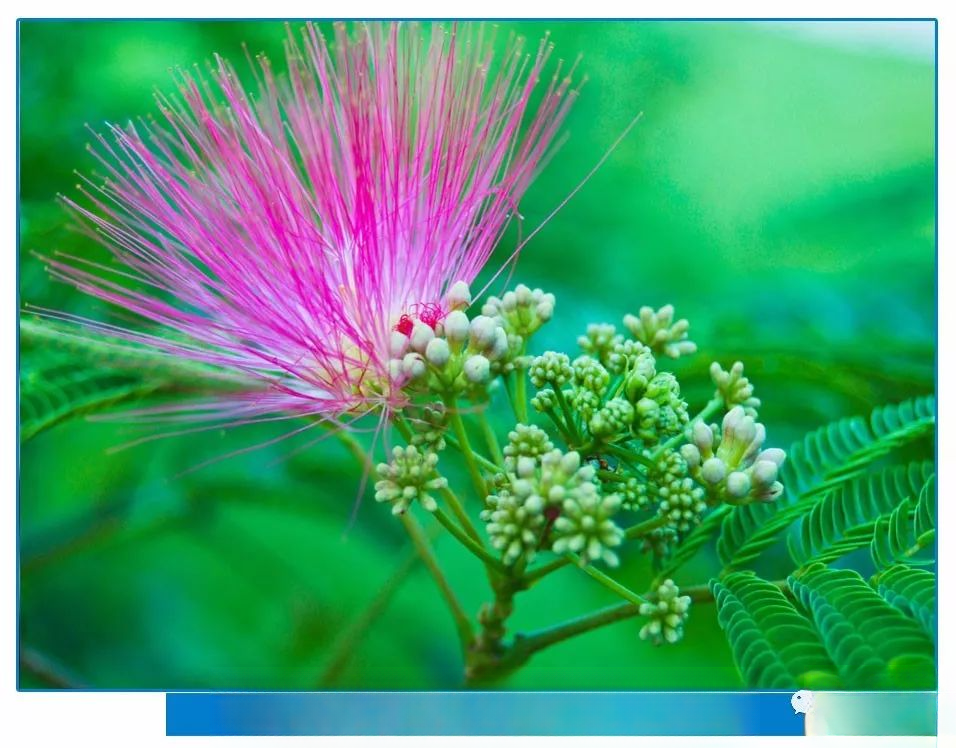
— —Albizia Julibrissin——
Albizzia julibrissin: Also known as night-blooming jasmine, velvet flower tree, and bird velvet tree. It is the inflorescence of the leguminous plant Albizzia julibrissin. It grows on roadsides, forest edges, and hillsides, and is distributed in East China, South China, Southwest China, Liaoning, Hebei, Henan, and Shaanxi. Albizzia julibrissin has a calming effect, and is mainly used to treat depression, chest tightness, insomnia, forgetfulness, nourishing yin and yang, eye diseases, and neurasthenia.
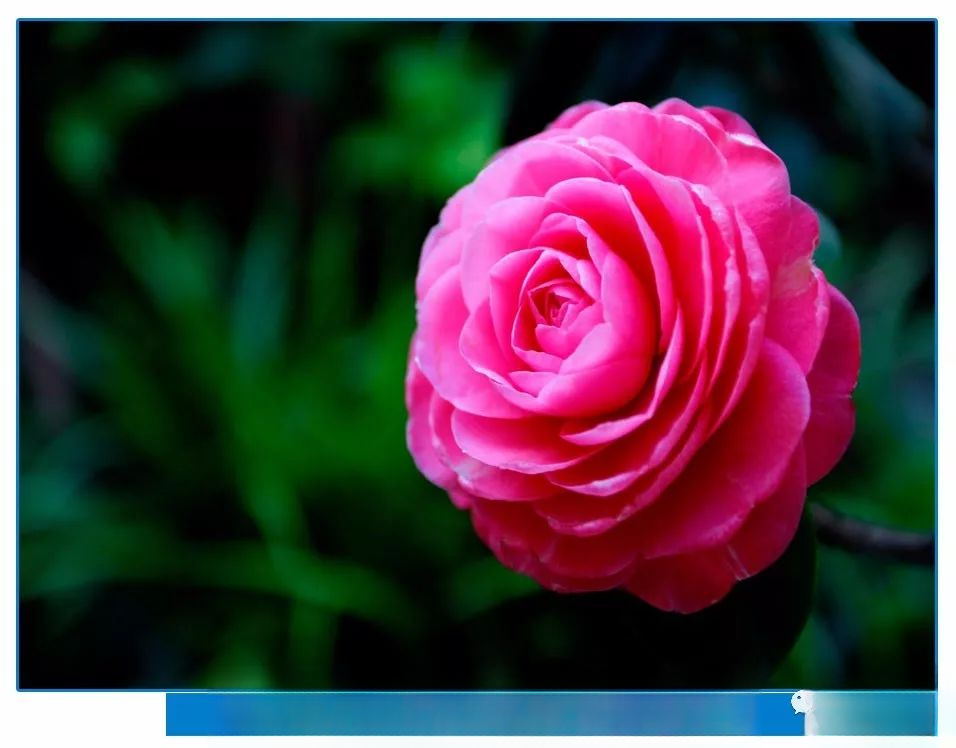
— —Camellia——
Camellia: Other names: Mandragora tree, Bushen, Mountain Toon, Winter-resistant, Camellia, Late Camellia, Camellia, Western Camellia, Theaceae plant, evergreen shrub and small tree. Ancient name: Sea Pomegranate. Other names: Jade Tea Flower, Winter-resistant or Mandragora, and also divided into East China Camellia, Sichuan Camellia and Late Camellia. There are many varieties of Camellia, which is a traditional ornamental flower, ranking seventh among the "Top Ten Famous Flowers", and is also one of the world's precious flowers and trees.
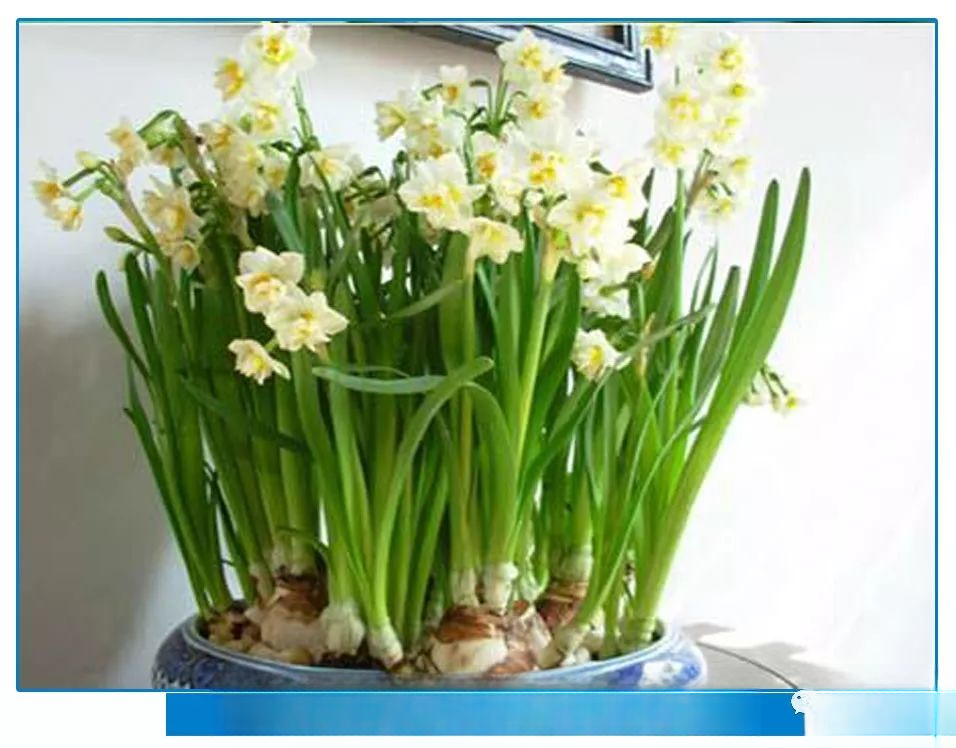
— —Daffodil——
Narcissus: Also known as Lingbo Fairy, Jinzhan Yintai, Luoshen Xiangfei, Yulinglong, Jinyintai, Yaonuhua, it is a perennial herbaceous plant belonging to the genus Narcissus of the Amaryllis family. It is native to Jingzhou and is widely distributed across the country. In the article "Study on the Origin of Narcissus" published recently in "Jiangsu Social Sciences" (Bimonthly 2011 Issue 6), Cheng Jie proposed that narcissus originated from Jiangling, Hubei. It has a cultivation history of more than 1,000 years and is one of the traditional famous flowers. There are more than 800 species of this genus in the world, of which more than 10 species such as trumpet narcissus and apron narcissus have extremely high ornamental value.
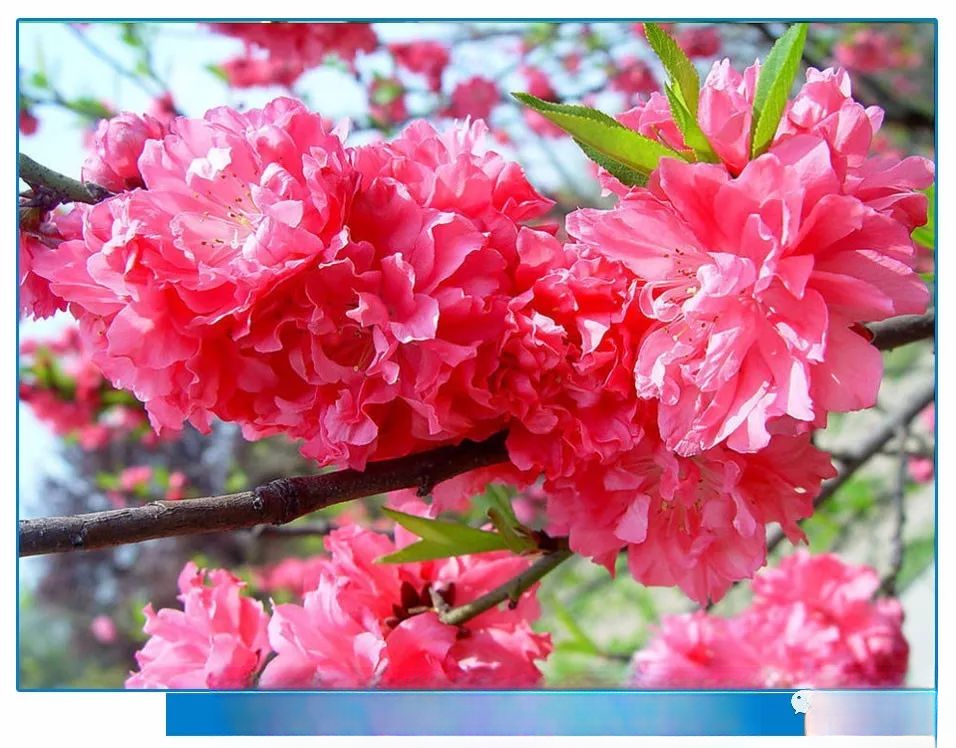
— —Azalea——
Azalea: Other names: azalea, mountain pomegranate, mountain azalea, red azalea, azalea. One of the top ten famous flowers. Among all ornamental flowers and trees, it is said to have beautiful flowers and leaves. It is suitable for ground planting or potted planting and has a wide range of uses. Bai Juyi praised it, saying: "I picked two branches and held them in my hand. Looking closely, they don't seem to exist in the world. Among flowers, this thing is Xi Shi, and the whip, peony and other flowers are all ugly mothers." In the natural distribution of azaleas in the world, azaleas are famous for their large number of species and quantity, and are a treasure house of azalea resources. Now Jiangxi, Anhui and Guizhou have azaleas as provincial flowers, and there are more cities that have designated it as city flowers.
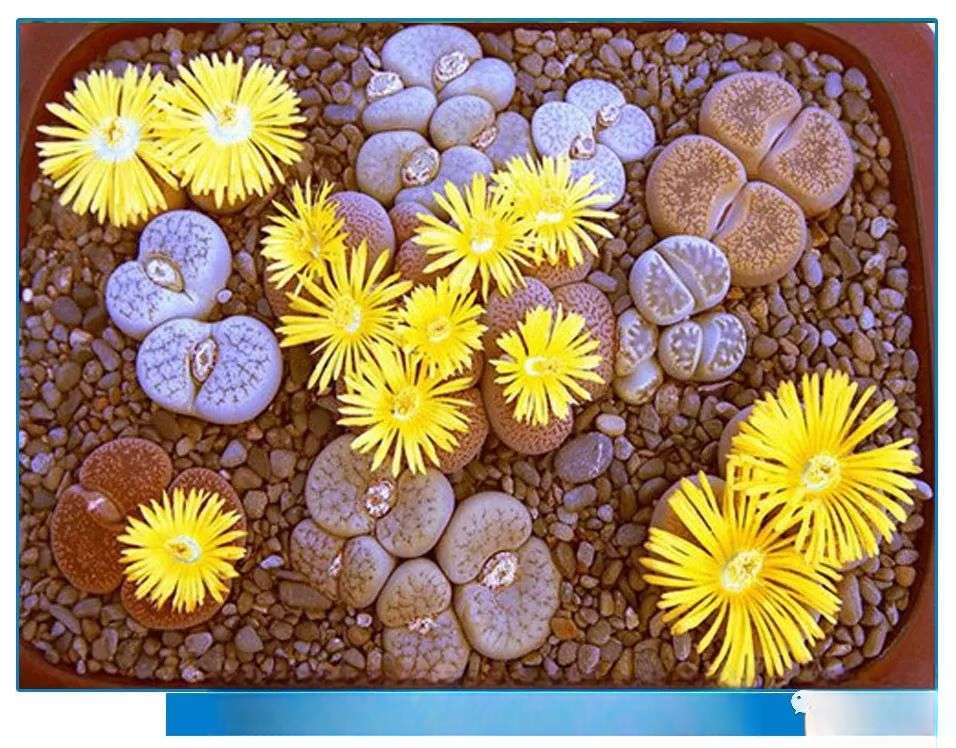
— —Lithops——
Lithops: Alias: stone jade, head grass, elephant hoof, ingot, stone grass, female fairy, butt flower, small stone flower, belongs to the Aizoaceae family, the general name of the species of Lithops (or Lithops), and is known as "living stone". Because of its unique shape and colorful colors, it has become a very popular ornamental plant. It is native to southern Africa and grows and blooms except in the rainy season. Lithops is difficult to be found in the gravel of its origin. This is its self-protection nature formed to prevent small animals from predating, which is called "mimicry".
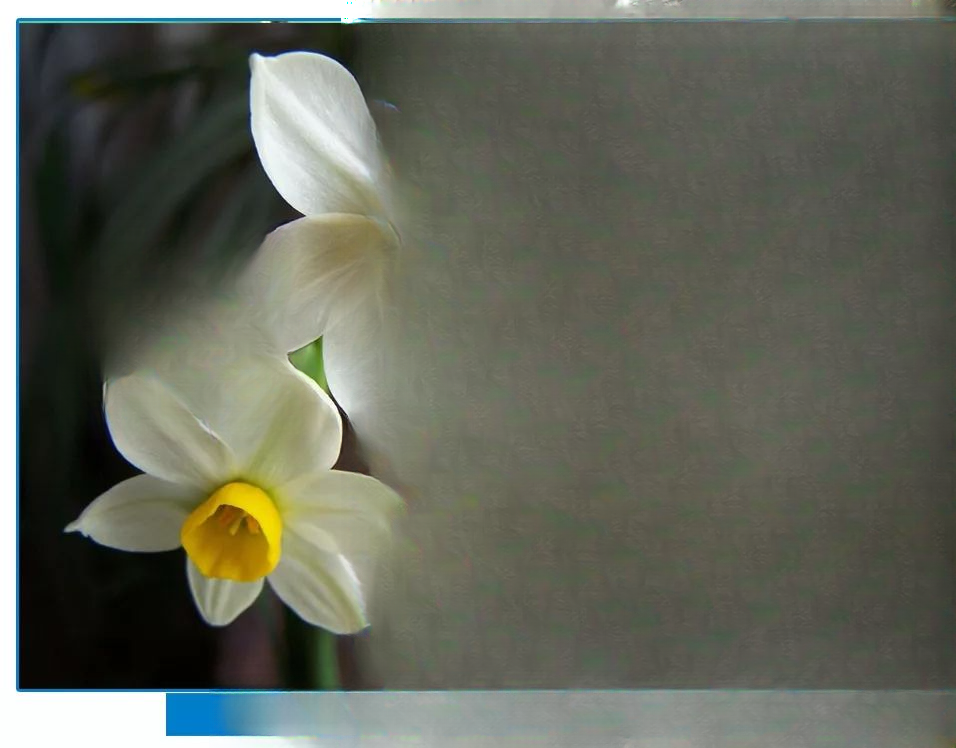
— —Daffodil——
Narcissus: Other names: Narcissus, Lingbo Fairy, Jinzhan Yintai, Luoshen Xiangfei, Yulinglong, Jinyintai, Yaonuhua, Tiancong, Yasuan, Xuezhong, belongs to the Amaryllis family, a perennial herbaceous plant of the genus Narcissus, native to Jingzhou. Narcissus is widely distributed across the country. In the recently published "Jiangsu Social Sciences" (Bimonthly 2011 No. 6), Cheng Jie proposed in the article "Research on the Origin of Narcissus" that narcissus originated from Jiangling, Hubei. It has a cultivation history of more than 1,000 years and is one of the traditional famous flowers. There are more than 800 species of this genus in the world, of which more than 10 species such as trumpet narcissus and apron narcissus have extremely high ornamental value.
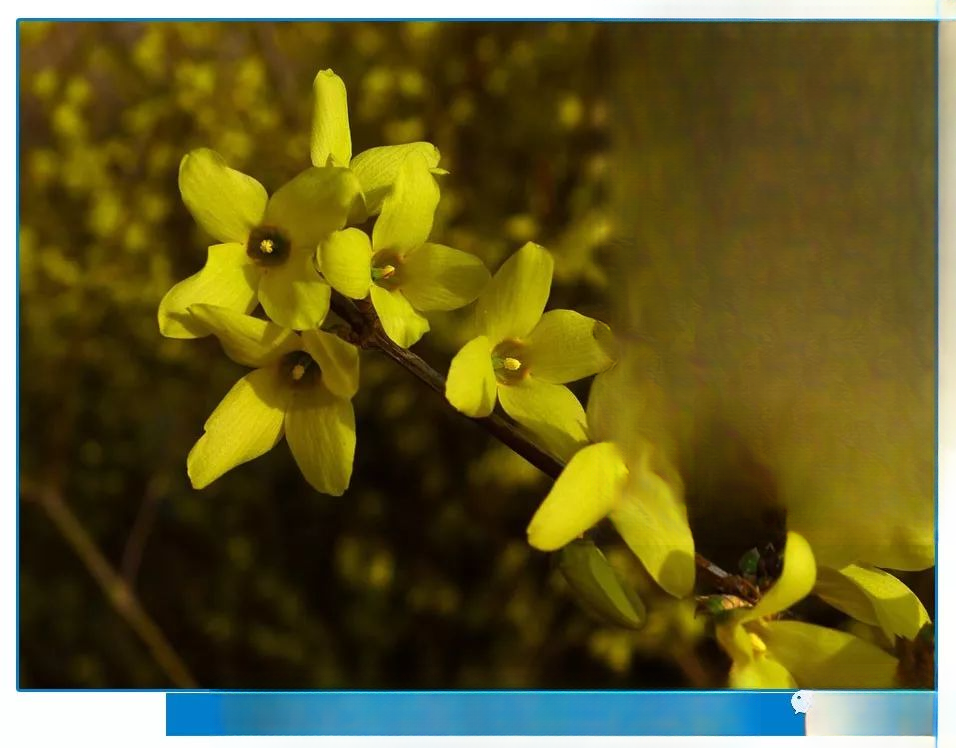
— —Forsythia suspensa——
Forsythia: Also known as yellow flower strips, Lianke, Qingqiao, Luoqiao, Huangqidan, etc., the fruit is used as medicine. Forsythia is a traditional Chinese medicine for clearing heat and detoxification. It is mainly used to treat the initial stage of fever, wind-heat cold, fever, upset, sore throat, acute nephritis, etc. In early spring, Forsythia blooms before leaves. The flowers are fragrant and the branches are full of golden yellow. They are gorgeous and lovely. It is an excellent flowering shrub in early spring. Forsythia is one of the commonly used traditional Chinese medicines in clinical practice. It is also known as yellow flower strips, Lianke, Qingqiao, Luoqiao, Huangqidan, etc.
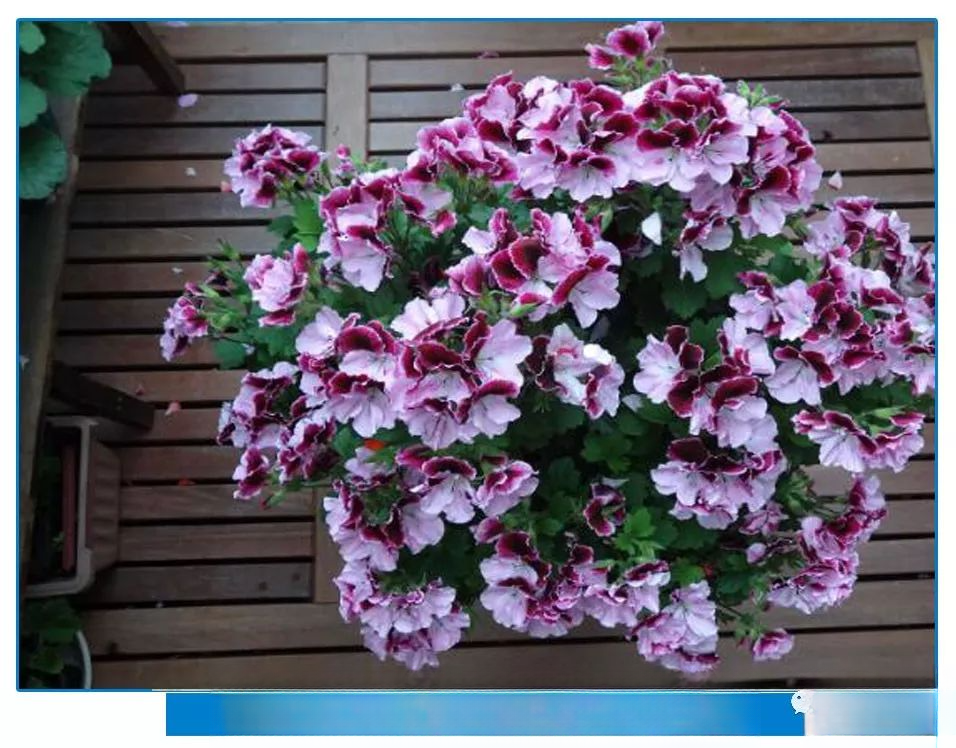
— Geranium —
Geranium: Other names: hydrangea, wax red, wax red, sun rot, sunflower, mosquito repellent grass, butterfly. It is native to South Africa and is a perennial herbaceous flower. The leaves are palm-shaped with long petioles, the leaf margins are serrated, and the leaf surface has deep ring-shaped markings. The corolla usually has five petals, and the inflorescence is umbrella-shaped, growing on the top of the straight pedicel. Because the flowers are densely packed like a ball, it is also called hydrangea. The flower colors vary greatly from red, white, pink, and purple.
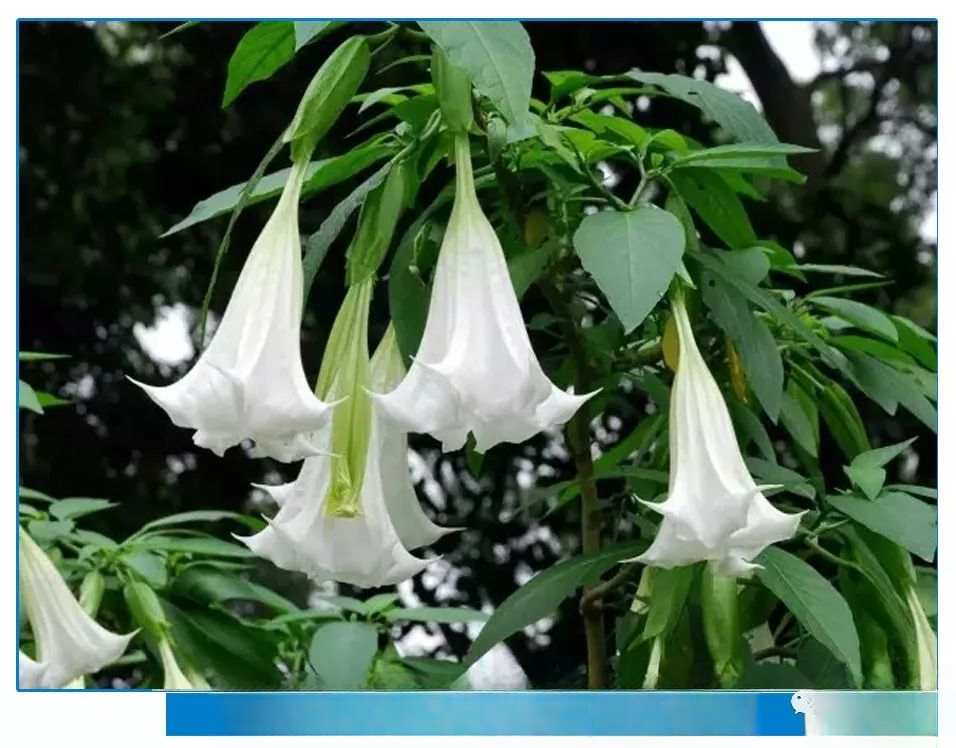
— —Mandala——
Datura: Also known as Mandala, Manda, Manza, Manda, Intoxicating Flower, Dog Walnut, Datura, Maple Eggplant Flower, Peach Flower, Datura, Big Trumpet Flower, Mountain Eggplant, etc., mostly wild in fields, ditches, roadsides, river banks, hillsides, etc., native to India. Translated as round flower, white ball flower, comfortable flower, pleasing flower, etc. Datura is native to tropical and subtropical areas and is distributed in all provinces.
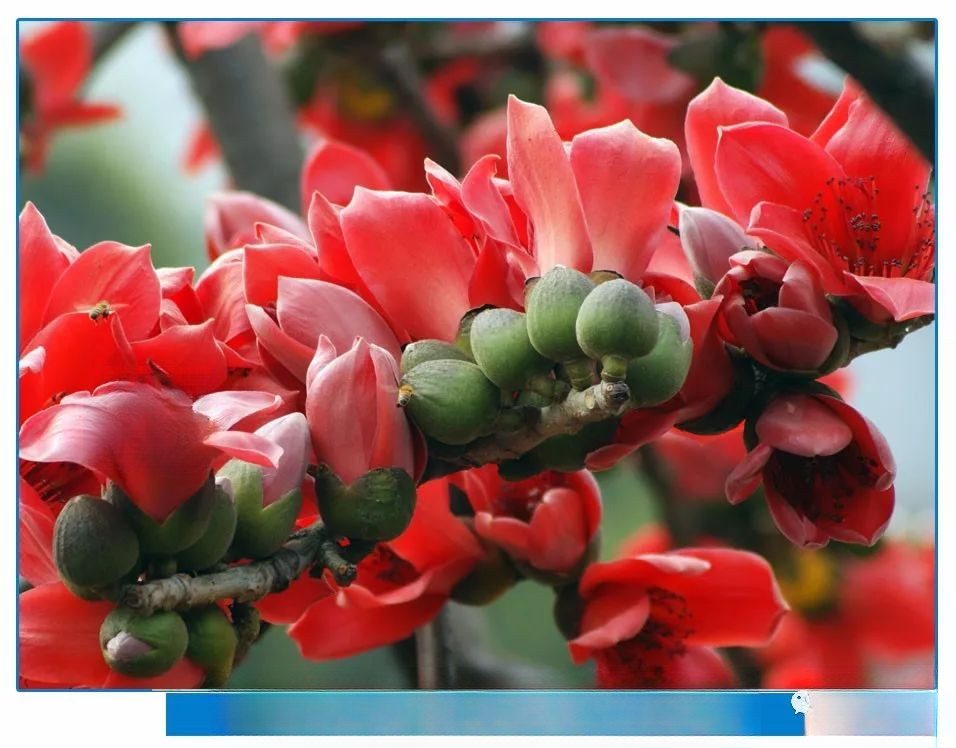
— —Kapok flower——
Kapok: Other names: Panzhihua, red cotton tree, thin cotton, hero tree, Jibei, beacon fire, spotted branch, Qiongzhi, Saibo flower. It is a specialty of Guangdong and the city flower of Guangzhou. Five petals with strong curves surround a bunch of dense yellow stamens, which are gathered in a tight receptacle. Each flower is as big as a rice bowl, spreading from the top of the tree downward in the spring. Kapok is also called hero flower. Even its fall is particularly heroic. When it falls from the tree, it remains in its original shape in the air, spinning all the way down, and then falls to the ground with a "pop". The fallen flowers under the tree are scattered, and the flowers do not fade or wilt, bidding farewell to the world in a heroic way.
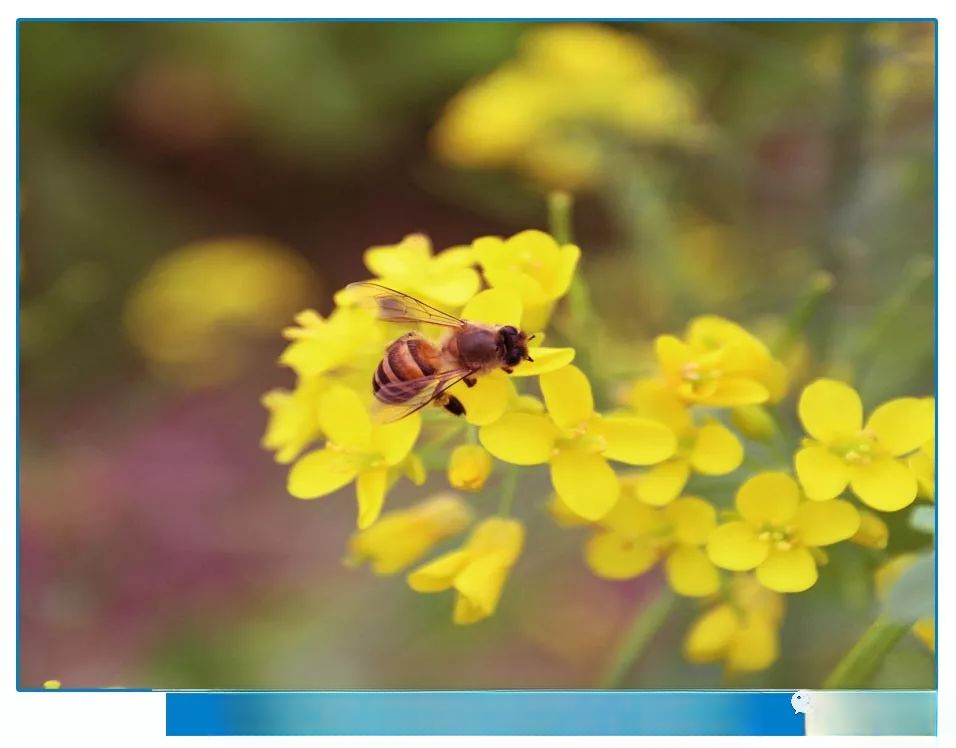
— —Oil- Camellia——
Rapeseed, also known as Brassica, is native to Europe and Central Asia. It is an annual herbaceous plant in the family Cruciferae. It is widely cultivated, with the largest number in the Yangtze River Basin and areas to the south. Rapeseed is one of the easiest crops to cultivate. Farmers often sprinkle rapeseed in the fields during the winter and spring fallow period. About two months after sowing, small yellow flowers bloom. In the spring of the following year, farmers plow rapeseed into the soil to increase soil nutrients. The fruit after flowering is the largest raw material for edible vegetable oil.
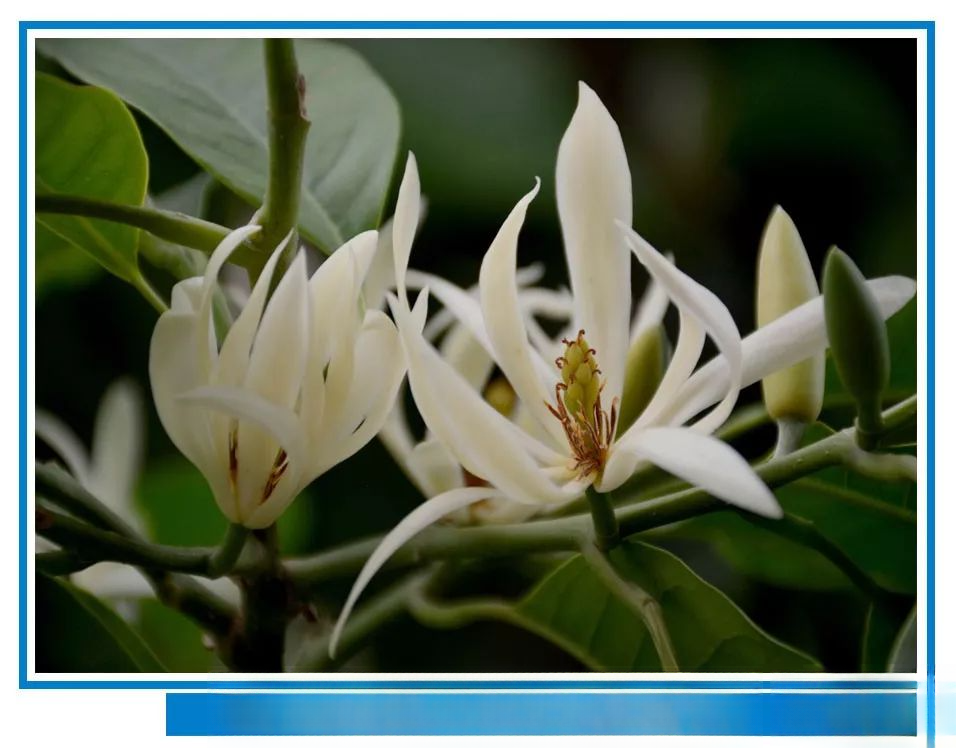
— —Bai Lan——
Bailan is an evergreen tree belonging to the genus Michelia of the Magnoliaceae family. Its bark is grayish white, its young branches are evergreen, its leaves are oblong, single leaves are alternate, green, leathery and shiny, and oblong. Its flower buds are like the tip of a brush, with 8 petals, white as snow, growing between the leaf axils. The flowers are white or slightly yellow, with thick petals, long lanceolate, and fragrant. The flowering period is from June to October. If the temperature is suitable in winter, the flowers will continue to bloom, but the fragrance is not as strong as that of summer flowers.

— —Pansy——
Pansy: Other names: pansy, butterfly flower, human face flower, cat face flower, sun butterfly flower, ghost face flower, it is a common wild flower in Europe and is often cultivated in parks. Pansy is best planted outdoors, whether in flower beds, gardens, or potted plants. It is not suitable for indoor planting because of insufficient light, which will slow down growth, and the branches and leaves will not be able to fully thrive, resulting in failure to bloom. After flowering, it should not be moved indoors to prolong the life of the flowers. Pansy is a native flower of Iceland and is designated as the national flower.
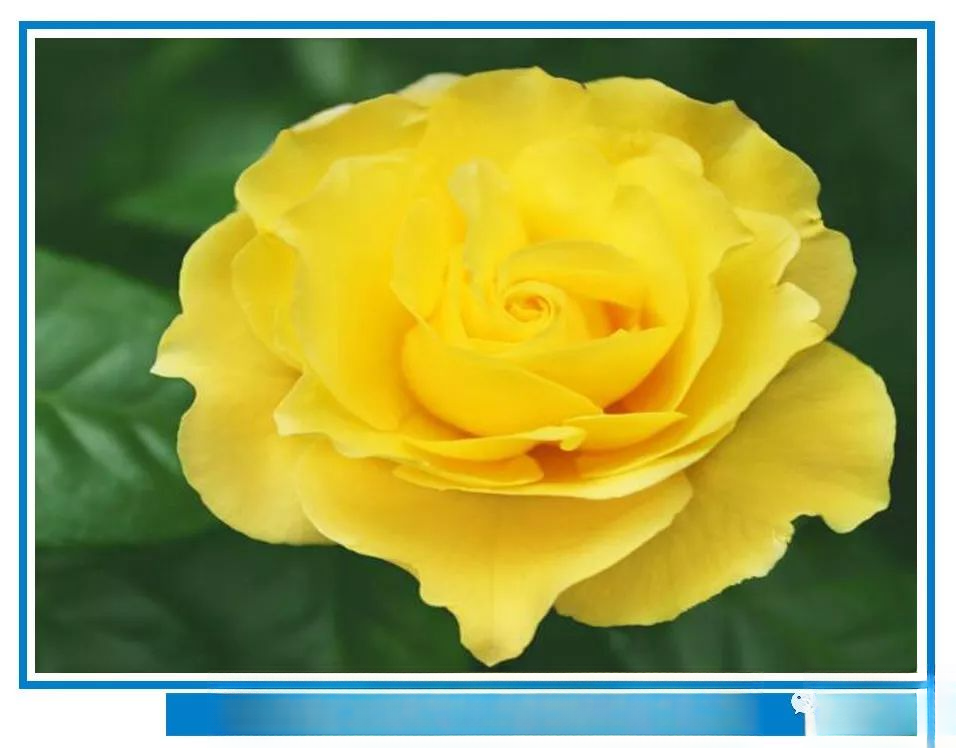
— —Yellow Rose——
Yellow rose: Another name: yellow rose. In plant taxonomy, it refers to the shrub of the genus Rosa in the Rosaceae family. It is a malignant weed with no ornamental value. In daily life, rose is a general term for a series of cultivars of the genus Rosa with large and bright flowers. These cultivars should be called roses or roses in plant taxonomy. "Yellow rose" is a yellow variety of cut roses. With its elegant posture and bright color, it has become a favorite flower of people.
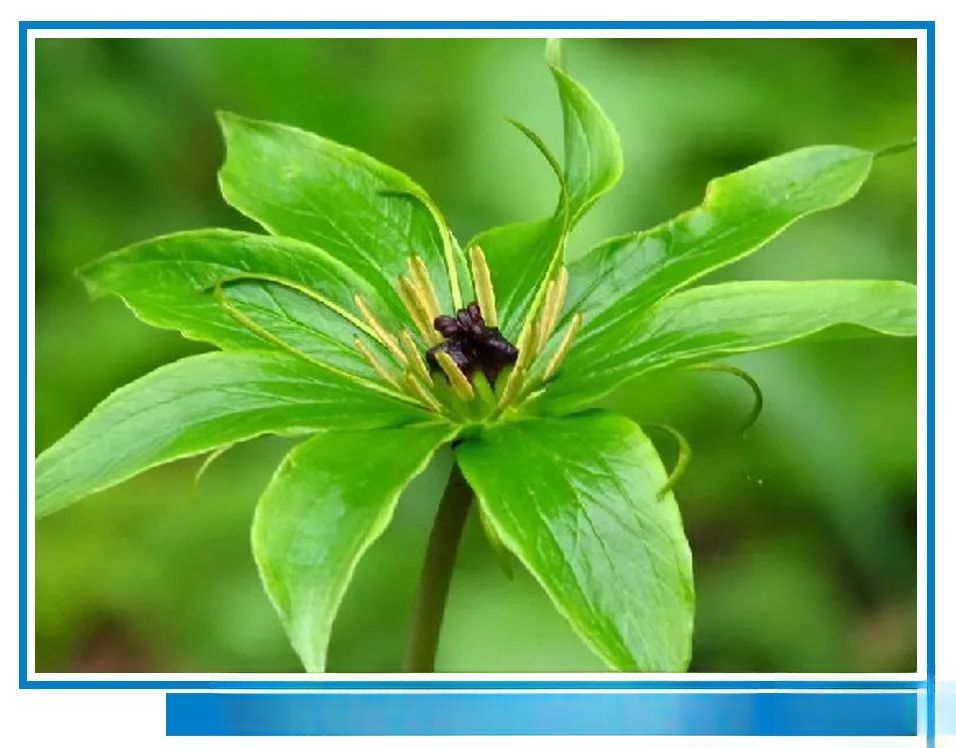
— —Seven-leafed flower——
Seven-leafed lily: also known as flea-rest, parsley, and golden plate-to-litchi, it is a perennial herb belonging to the Liliaceae family. Its rhizome is used as medicine, and it has the effects of clearing away heat and detoxifying, reducing swelling and relieving pain. Due to its good efficacy, a proverb has been circulated in Shangshan District, Zhejiang Province, "Seven-leafed lily can cure nameless swelling and poison." It is often used by the people to treat nameless swelling and poison and snake bites. In Li Shizhen's book "Compendium of Materia Medica", there is also a collection of folk proverbs: "Seven-leafed lily, the deep mountains are my home, and carbuncle is like a hand if it meets me." Seven-leafed lily, also known as seven-leaf lotus, is considered an outlier among plants. Its biggest feature is that a flower emerges from a circle of whorled leaves...
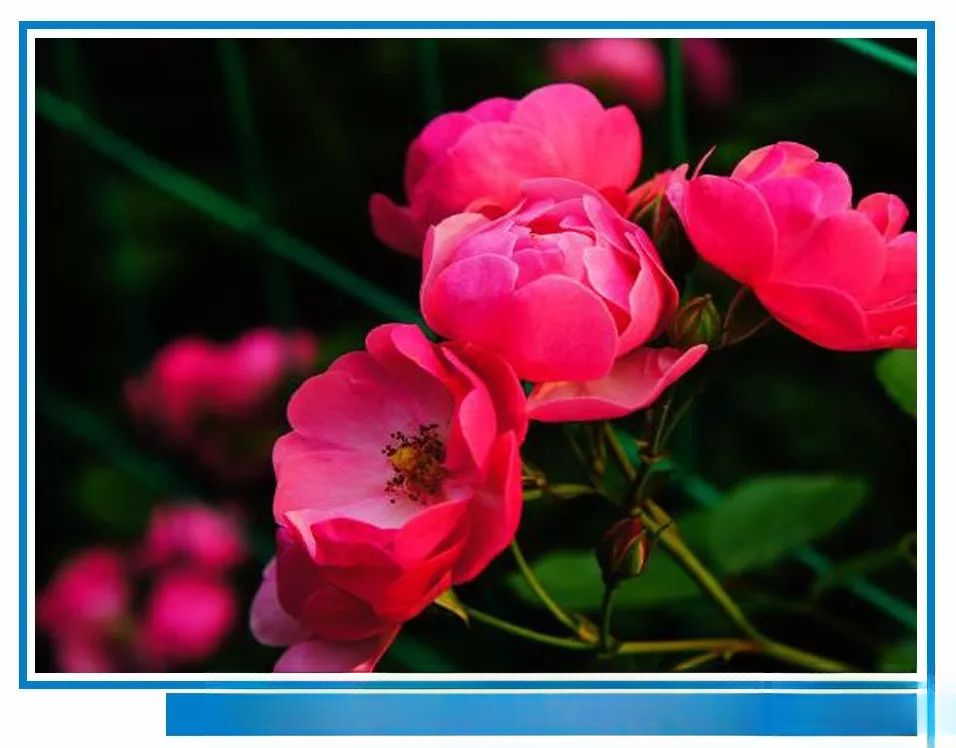
— —Rose flower——
Rose: Also known as white residual flower, multi-flowered rose, rose, thorny rose, white residual flower, it is a flower of the deciduous shrub wild rose of the Rosaceae family. Also known as multi-flowered rose, rose, thorny rose, white residual flower, it is a flower of the deciduous or semi-evergreen creeping shrub of the genus Rosa of the Rosaceae family. It has been a famous flower since ancient times. The rose has a strong and attractive fragrance. Aromatic oil can be extracted from the petals, which is more valuable than gold and has high medicinal and edible value.
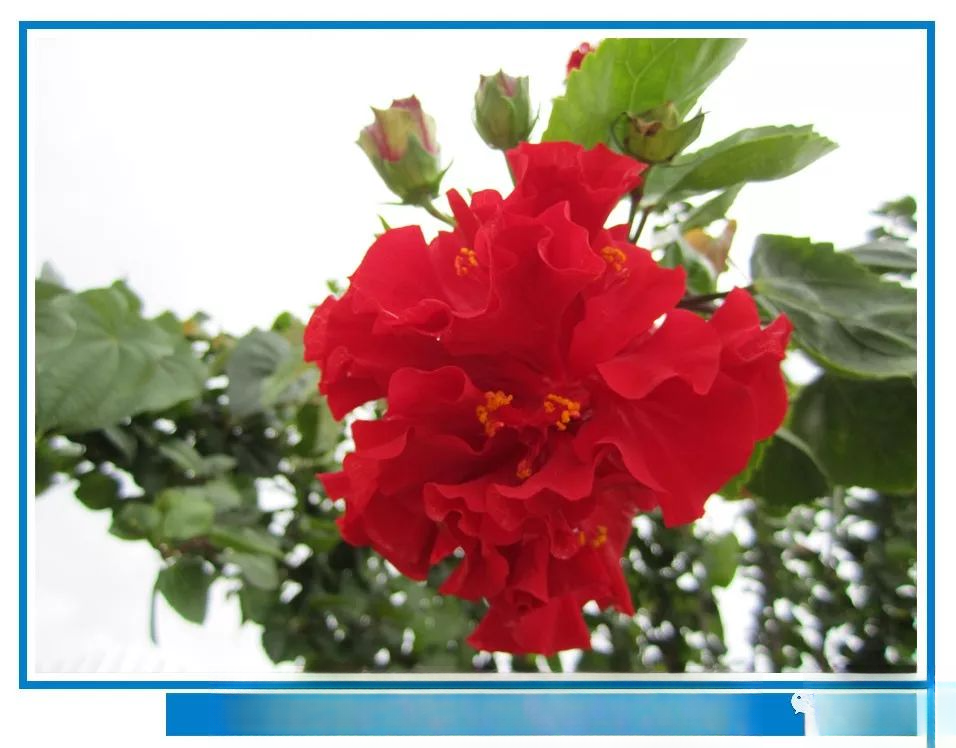
— —Hibiscus——
Hibiscus: Also known as hibiscus, big red flower, hibiscus peony, fairy flower, etc. It is a large evergreen shrub of the Malvaceae family. The stem is upright and branched, the crown is distantly square, and can reach 6 meters in height. The leaves are alternate, broadly ovate to narrowly ovate, 7~10 cm long, with 3 main veins, pointed or gradually pointed at the tip, coarsely serrated or notched on the leaf margin, nearly entire at the base, bald or with a few sparse hairs on the dorsal veins, shaped like mulberry leaves. The flowers are large, with drooping or straight petals, solitary in the upper leaf axils, and divided into single petals and double petals; single petals are funnel-shaped, usually rose red, and double petals are not funnel-shaped, and are red, yellow, pink, white, etc.
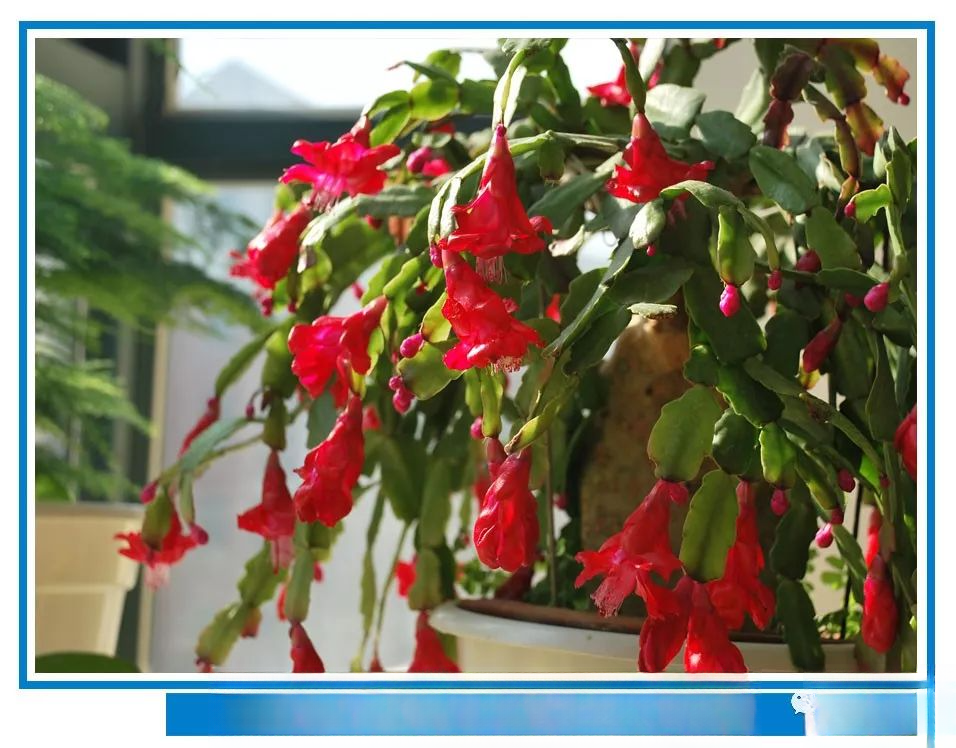
— —Zymphaeaceae——
Schlumbergera: Also known as Christmas cactus, Schlumbergera and fairy finger flower, it belongs to the genus Schlumbergera of the Cactaceae family. It is light green, with reddish new nodes. The main stem is round and easily lignified. It has many branches and is node-shaped. There are thorns on the areoles. The flowers are born on the areoles at the top of the nodes. Common cultivated varieties are bright red, pink, apricot yellow, and pure white. The shape is like a crab's claw because of the connection of the node diameter. The leaf-like stem is flat and multi-noded, thick, oval, bright green, truncated at the tip, and with coarse serrations on the edges. The flowers are born at the top of the stem, and the perianth is open and curled. The flower colors are light purple, yellow, red, pure white, pink...
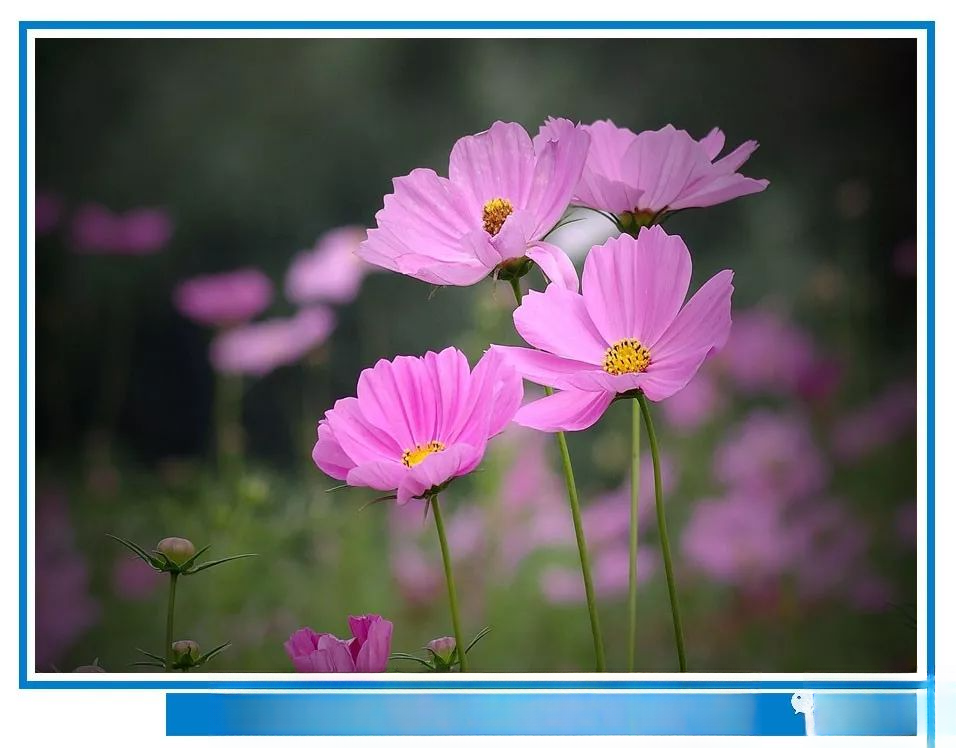
— —Cosmos——
Cosmos: Other names: Autumn Ying, Big Cosmos, Autumn Cherry, Gesang Flower, Eight-petal Plum, Broom Plum. It is an annual herbaceous plant belonging to the Asteraceae family and the genus Autumn Ying. It is also called Autumn Ying, Big Autumn Cherry, Gesang Flower, Eight-petal Plum, Broom Plum. Cosmos is also known as Autumn Ying and Big Cosmos, and is native to Mexico. It likes light, tolerates poor soil, avoids fertilizer, overly fertile soil, avoids heat, avoids waterlogging, is not adapted to high temperatures in summer, and is not cold-resistant.
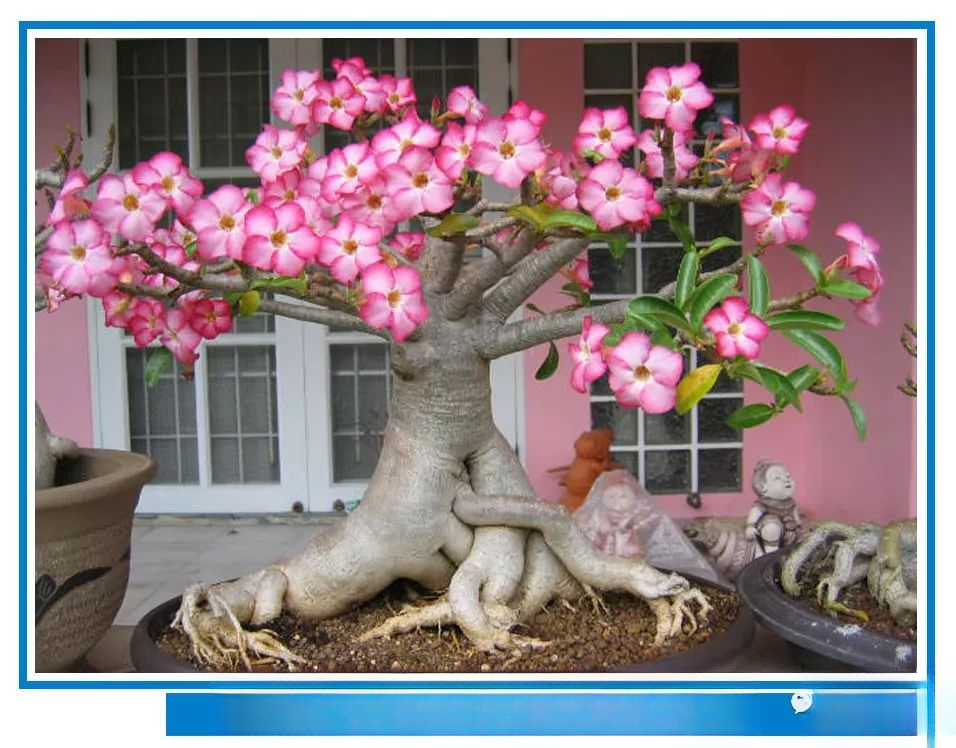
— —Desert Rose——
Desert Rose: Alias: Tianbao Flower, Small Oleander, Rich Flower, Sand Red Princess Flower, Adam Flower, Dwarf Plumeria. It is a perennial succulent plant with a plant height of up to 2 meters. It has many nicknames, such as Tianbao Flower, Rich Flower, Sand Red Princess Flower, Adam Flower, Dwarf Plumeria, Small Oleander. It is often called Desert Rose or Desert Azalea in Europe and America. It is a small tree that can grow up to 2 meters high in its native place. Desert Rose has a hypertrophic base, a short and thick fleshy stem, and needle-shaped or obovate leaves that grow alternately at the top of the stem branches. The front of the leaves is dark green, and the back is light green and relatively rough.
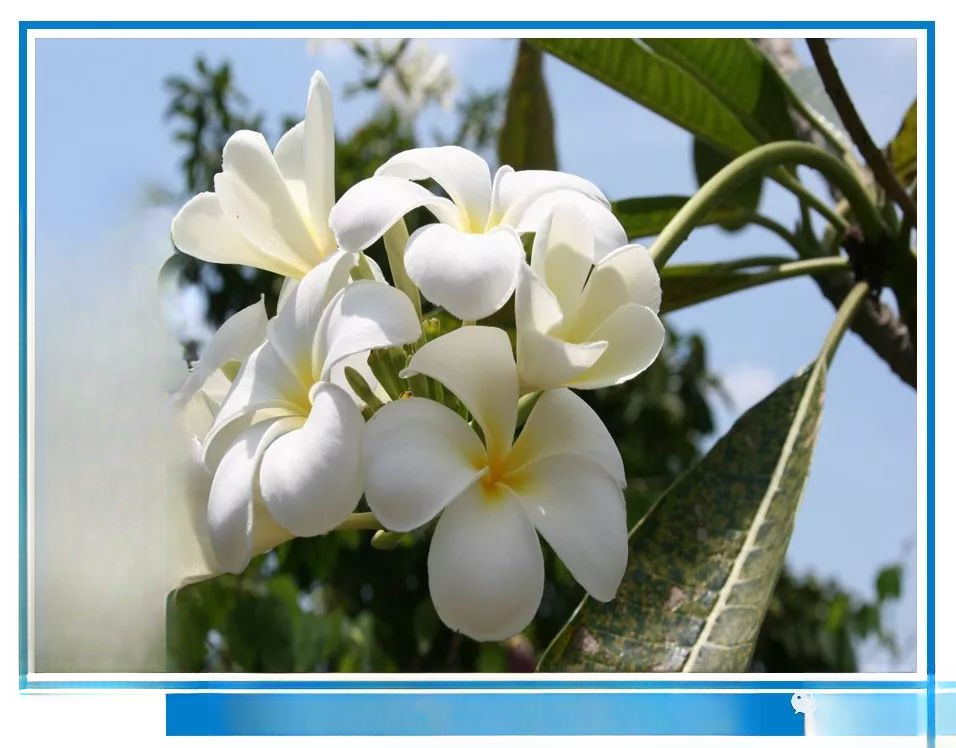
— —Magnolia——
Magnolia: Other names: white magnolia, magnolia, magnolia, winter jasmine, spring flower, spring flower, spring flower, Yutangchun, magnolia flower, Magnoliaceae Magnolia genus ornamental tree. Also known as white magnolia, spring flower, magnolia, Magnoliaceae. It is one of the unique and precious garden flowers. Magnolia is native to the Yangtze River Basin. It is now cultivated in Beijing and the south of the Yellow River Basin. There are still wild ones in Lushan, Huangshan, Emeishan, etc. In ancient times, it was mostly planted in front of pavilions, terraces, buildings, and pavilions. Now it is often seen in gardens, factories and mines, planted alone, scattered, or as street trees on both sides of the road.
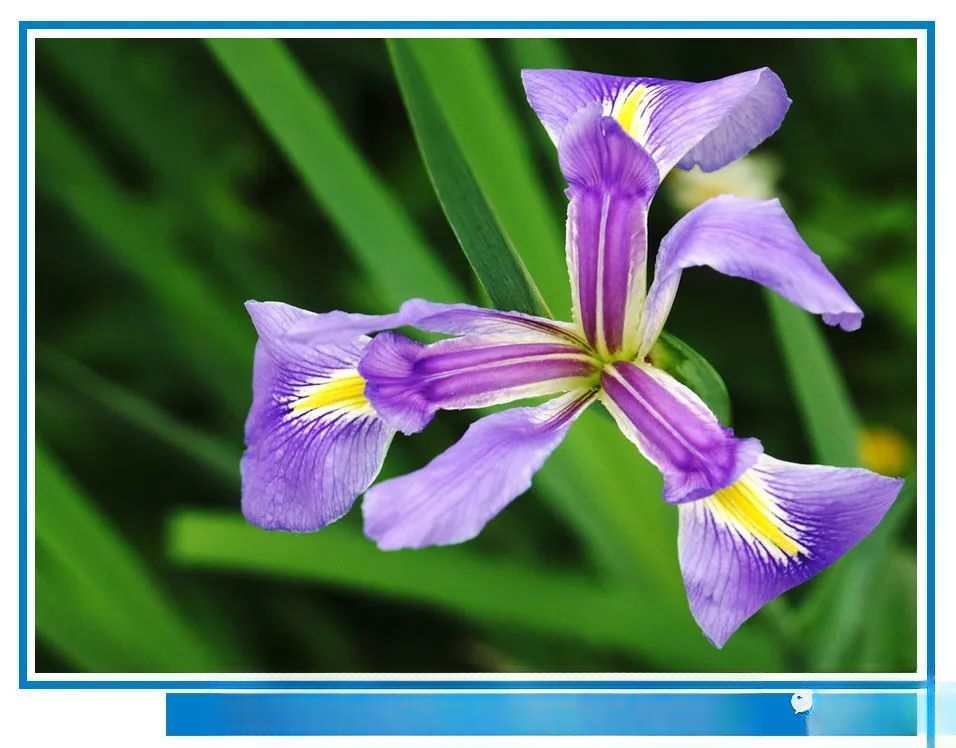
— —Ma Lan——
Malan: Also known as Malantou, roadside chrysanthemum, field chrysanthemum, loach string, loach vegetable, it is a perennial herbaceous plant of the Asteraceae family. The whole herb is used for medicinal purposes, and has the effects of clearing away heat and detoxifying, eliminating food accumulation, promoting urination, and dispersing blood stasis and stopping bleeding. It is widely distributed in southern and eastern Asia. At present, it has been artificially cultivated in some large and medium-sized cities. Its young leaves are usually eaten as vegetables, commonly known as "Malantou", and have become a popular green leafy vegetable in the early spring and autumn market.
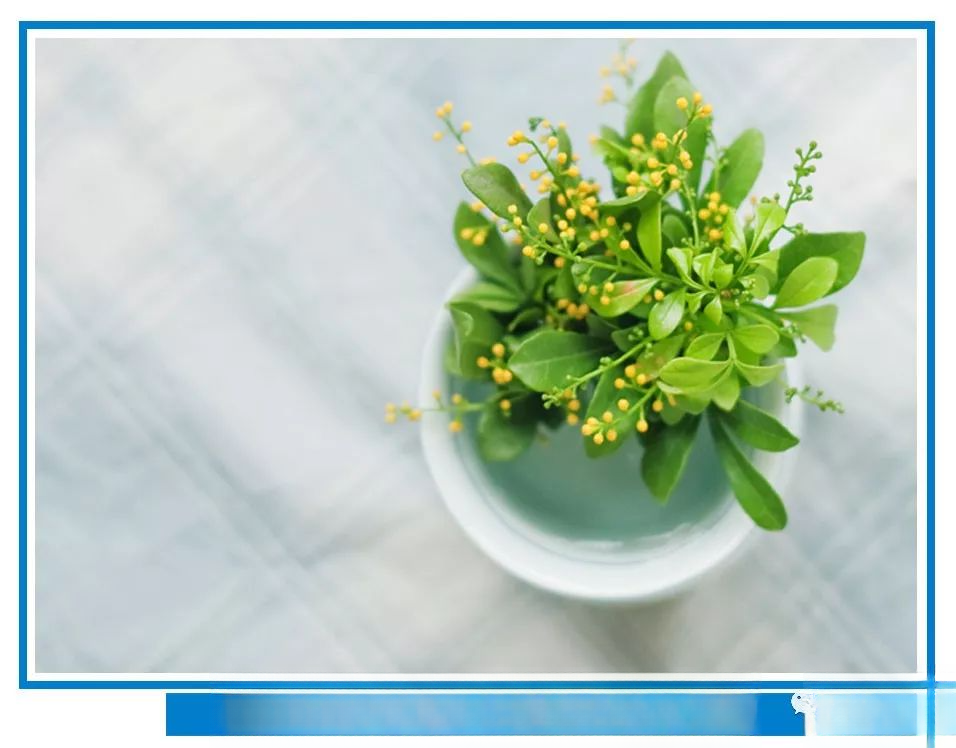
— —Milan —
Milan is also known as tree orchid, four-season Milan, broken Milan, and belongs to the genus Milan of the Meliaceae family. It is an evergreen shrub or small tree; the top of the branchlets are often covered with star-shaped rusty small scales; the pinnate compound leaves are alternate, 5-12 cm long, with 3-7 leaflets, the rachis has narrow wings, the leaflets have short petioles, obovate to oblong, 2-7 cm long, 1-3 cm wide, obtuse at the apex, cuneate at the base, and glabrous on both sides; the panicles are axillary, 5-10 cm long, slightly sparse. The flowers are orange-yellow, very fragrant, and about 2 mm in diameter. The bisexual pedicels are slightly short and thick, the calyx has 5 lobes, and the petals are 5, oblong; the berries are nearly spherical, 10-12 mm long, and the flowering period is between summer and autumn.
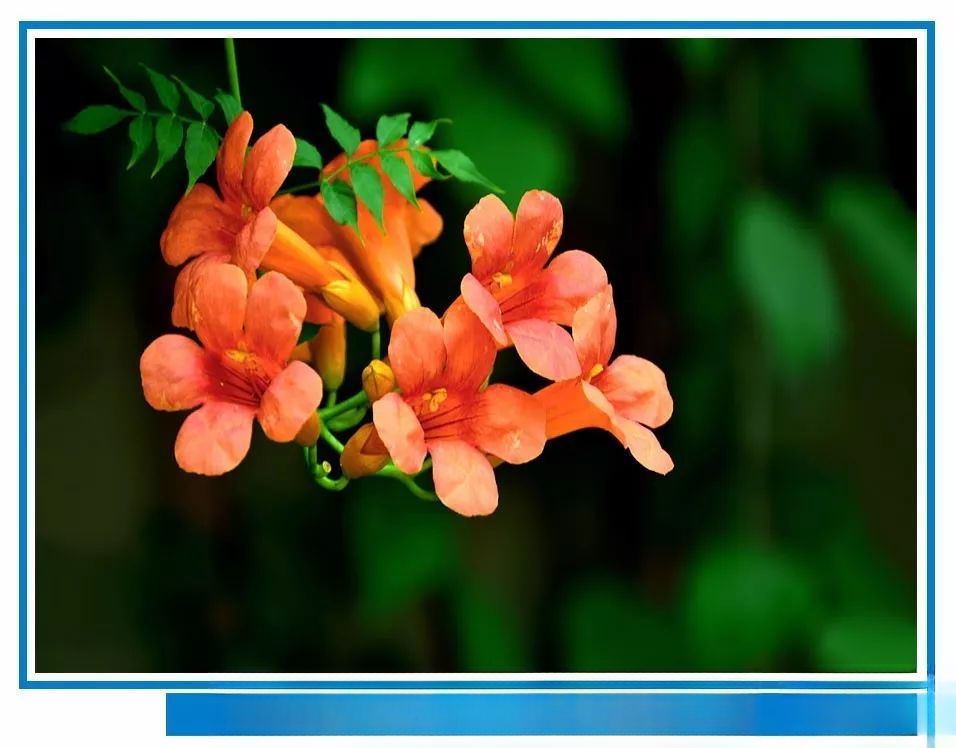
— — Trumpet creeper —
Trumpet creeper, also known as purple trumpet, five-clawed dragon, red flower water lotus, hanging bell, climbing tree dragon, etc., is a plant of the Bignoniaceae family distributed in central provinces. It is a deciduous vine that climbs up other plants by aerial roots. It has pinnate compound leaves, ovate leaflets, serrated edges, bright red flowers, funnel-shaped corolla, and capsules. It has medicinal value, has the functions of promoting blood circulation and removing blood stasis, cooling blood and expelling wind, and also has ornamental value.
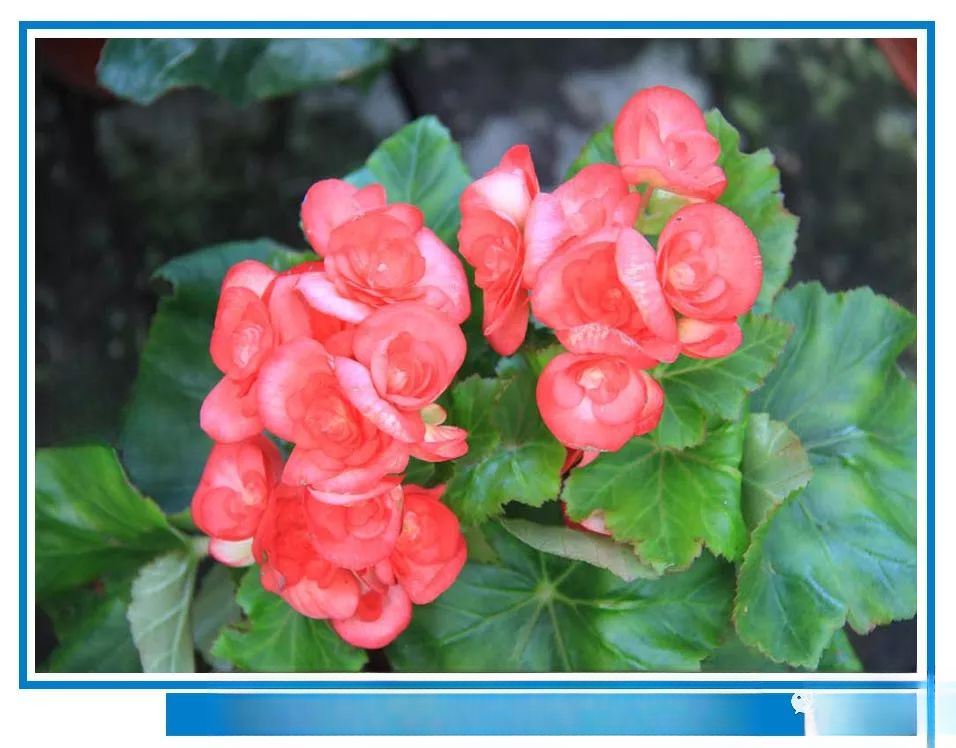
— — Begonia —
Begonia: Alias: Clam Begonia, Glass Begonia, Four-season Begonia, Melon Seed. It is a perennial herb of the Begonia genus of the Begoniaceae family, native to Brazil, also known as Begonia, Tiger Ear Begonia, Melon Seed Begonia, Glass Begonia. In traditional production, Begonia is used as a perennial greenhouse potted flower. In recent years, people have applied it to flower bed layout with excellent results. With the emergence of some relatively heat-resistant varieties, Begonia is likely to become one of the most important flower bed flowers. It has the advantages of a round plant shape, many and dense flowers, easy to be planted with other flower bed plants, and a long viewing period, so it is becoming more and more popular.
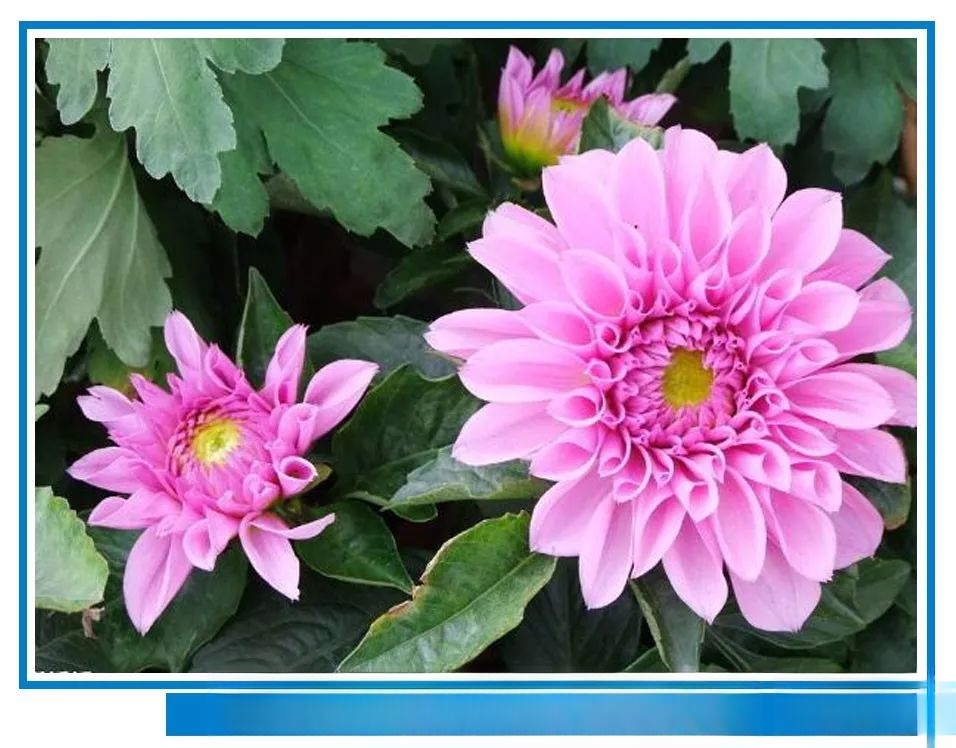
— —Dahlia——
Dahlia: Also known as dahlia, dahlia, sweet potato flower, dahlia, passion flower and foreign chrysanthemum, it is a perennial herbaceous plant of the Asteraceae family. Dahlia (plant name) Other names: dahlia (botany dictionary), passion flower (Beijing), dahlia, daisy, foreign peony (Guangzhou) potato flower (in most parts of the Northeast, it is named because of its huge root tuber similar to the potato, a specialty of the Northeast). Chrysanthemums bloom in spite of the frost, but dahlias are different. They bloom in spring and summer, bloom again after summer, and wither when frost falls. Its flower shape is similar to that of the beautiful peony, and its colors are gorgeous and colorful, which is very attractive.
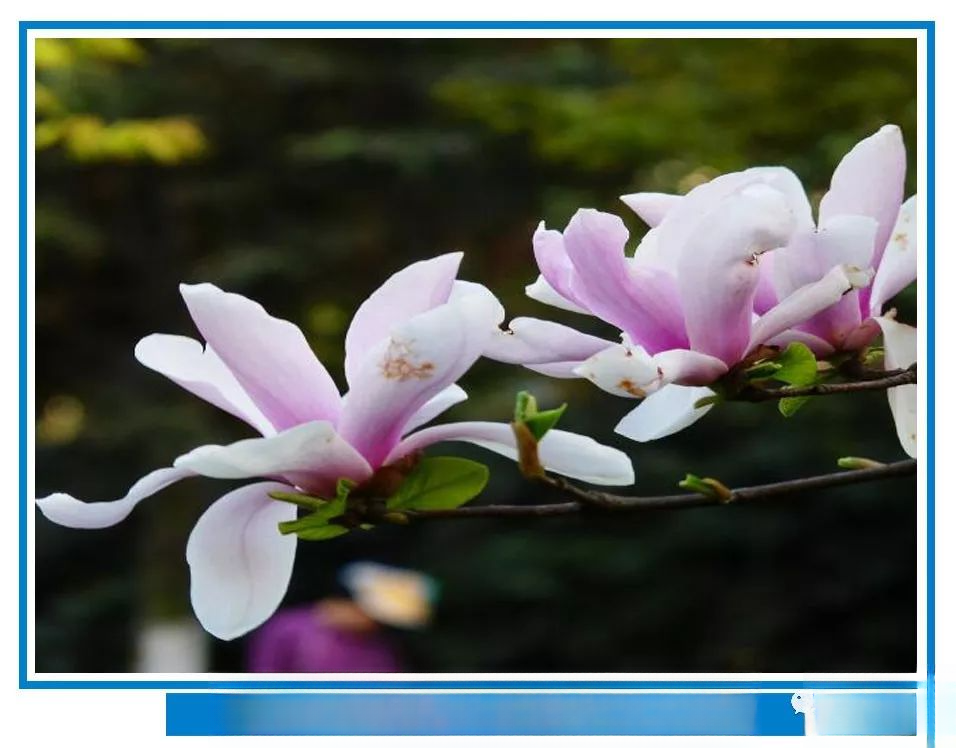
— —Magnolia——
Magnolia: Other names: white magnolia, magnolia, magnolia flower, jade tree, spring-viewing magnolia, spring-viewing magnolia, spring-viewing magnolia. A deciduous tree of the Magnoliaceae family. Other names: white magnolia, spring-viewing magnolia, magnolia flower. Native to the central provinces, it is now cultivated in Beijing and the south of the Yellow River Basin. In ancient times, it was often planted in front of pavilions, terraces, towers, and pavilions. Now it is often seen in gardens, factories, mines, solitary planting, scattered planting, or on both sides of the road as a street tree.
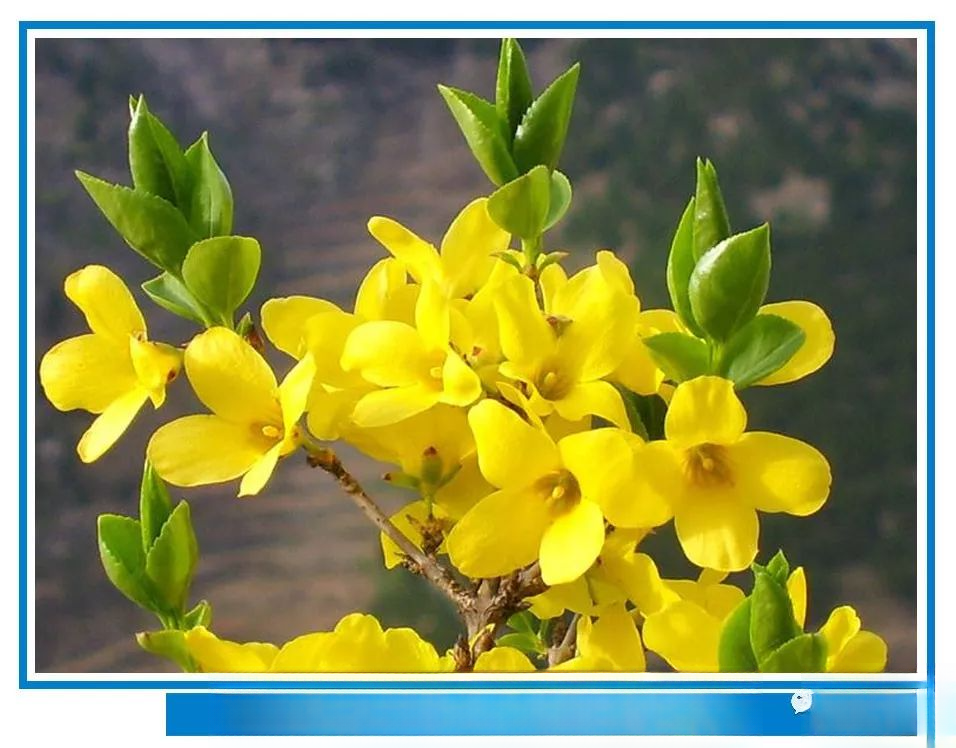
— —Winter Jasmine——
Winter jasmine: Other names: Golden Belt, String of Gold, Yunnan Winter jasmine, Large-leaf Winter jasmine, Qingming Flower, Golden Plum, Winter jasmine willow. A deciduous shrub of the Oleaceae family. It is named because it blooms the earliest among all flowers, and after it blooms, spring comes when all other flowers bloom. It is collectively called the "Four Friends in the Snow" with plum blossoms, daffodils and camellias, and is one of the precious flowers.
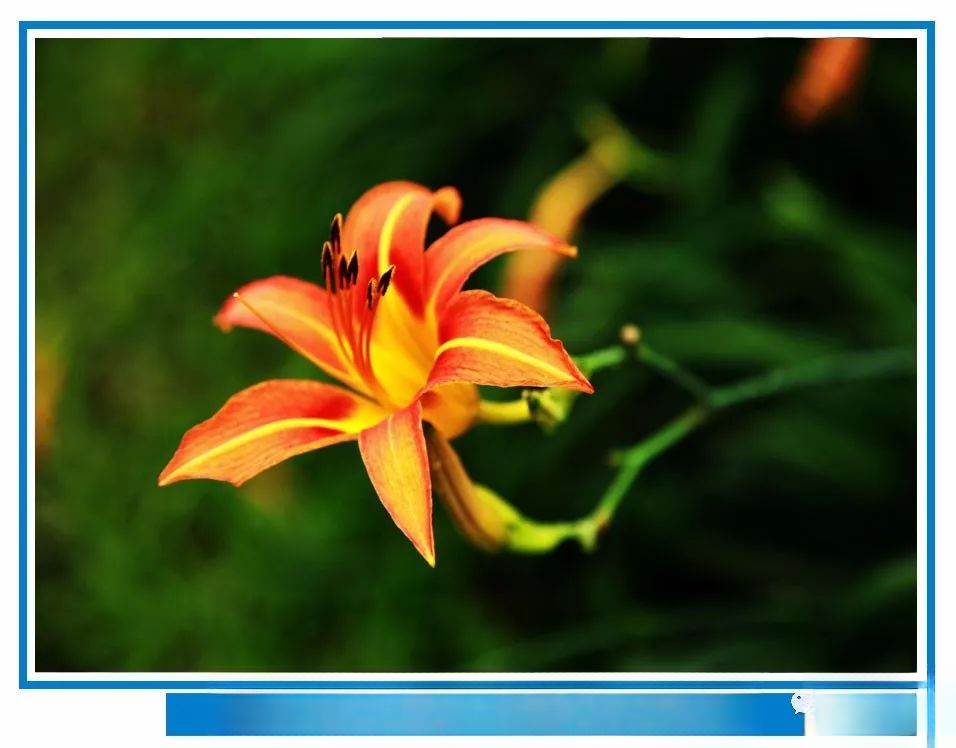
— —Hemerocallis——
Hemerocallis: A perennial herb with short rhizomes and thick, spindle-shaped fleshy roots. Hemerocallis has many aliases, including "golden needles", "day lily", "forget-me-not", "male-friendly grass", "cure-sorrow", "deer arrow", etc. Hemerocallis is called "tiger lily" in English. When eaten, it is often called "golden needles". Its leaves are flat and long, and the underground stems are slightly poisonous and cannot be eaten directly.
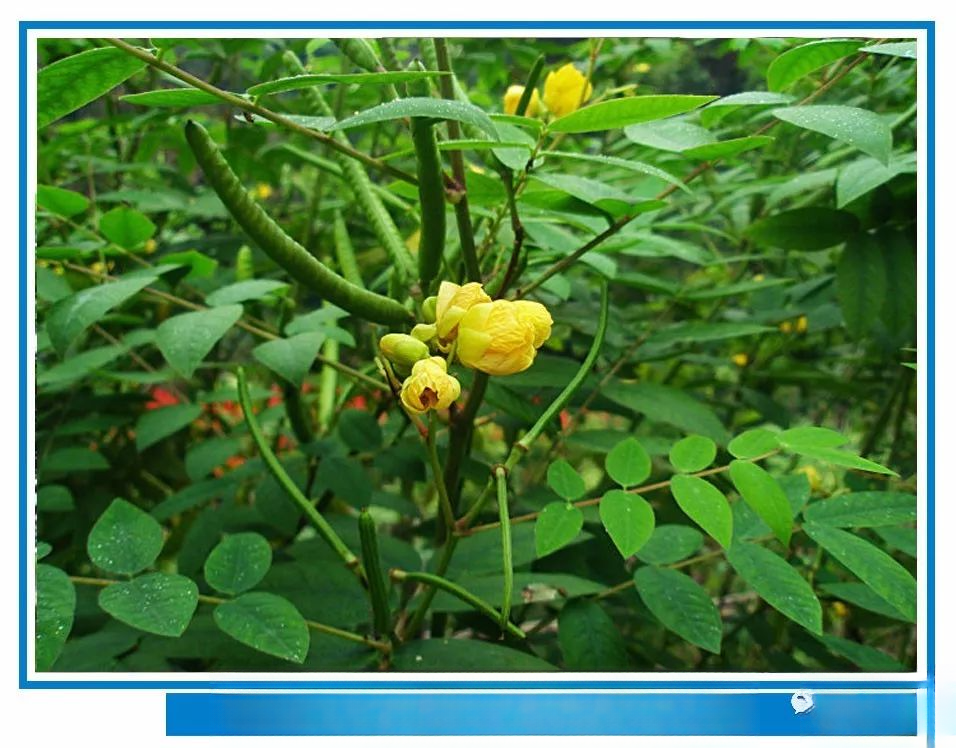
— —Wang Jiangnan——
Wangjiangnan: Other names: Phoenix grass, golden beans, okra, wild lentils, flying centipede, iron centipede, throat herb, big okra, dizzy vegetable, native to India. It likes warm, humid and sunny environment, poor cold resistance, easily damaged by early rain, afraid of waterlogging, not strict with soil, suitable for loose, fertile and well-drained loam. Wangjiangnan is a shrub or semi-shrub, 1-2m high. Few branches, no hair.
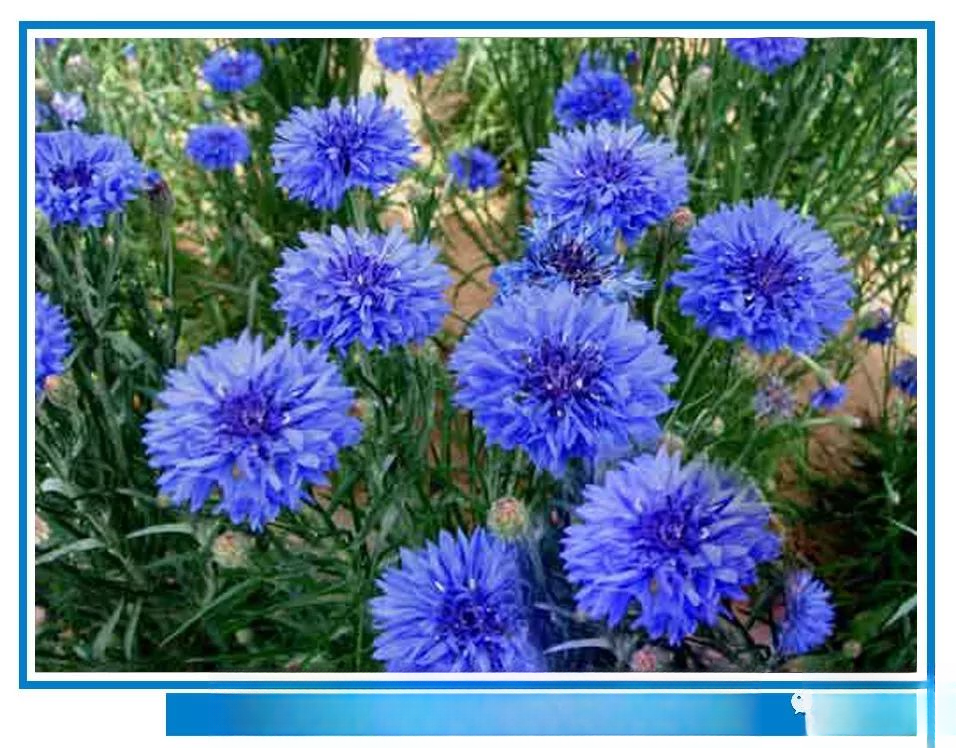
— —Cornflower——
The hometown of cornflowers, which symbolize happiness, is in Europe. Other names include hibiscus, lychee, emerald blue, and blue hibiscus. It was originally a wild flower. After years of cultivation, its "wildness" has become less, and its flowers have become larger and more colorful. There are purple, blue, light red, and white varieties, among which purple and blue are the most valuable. It can be found everywhere in Germany, on hillsides, fields, watersides, roadsides, and in front of and behind houses. It has won the praise and love of the German people with its beautiful colors, beautiful flower shapes, fragrant breath, and tenacious vitality, so it is regarded as the national flower. In addition, it is also the national flower of Macedonia.
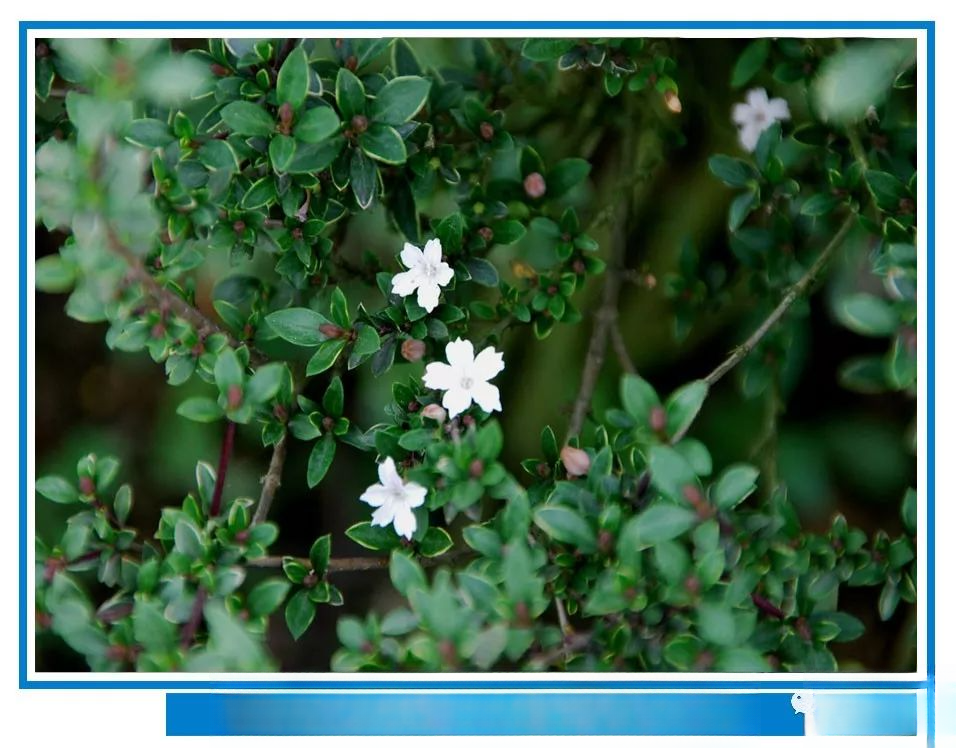
— —Snow in June——
Snow in June: An evergreen shrub that blooms in June. From a distance, it looks like a silver-clad snow, just like snow in June, elegant and lovely, hence the name. Other names include broken-leaf holly, white horse bone, jasmine, Ximing, and snow in June. One is Ximing, and the other is jasmine. It blooms fine white flowers in June. The tree is the smallest but has lush branches and leaves, which is very elegant. It can be used as a potted plaything. It likes light shade and fears the sun. It is often found under leaves and trees in deep mountains. It can be planted in separate plants in spring, or cut into cuttings during the plum rains, and it is suitable to be watered with light tea.
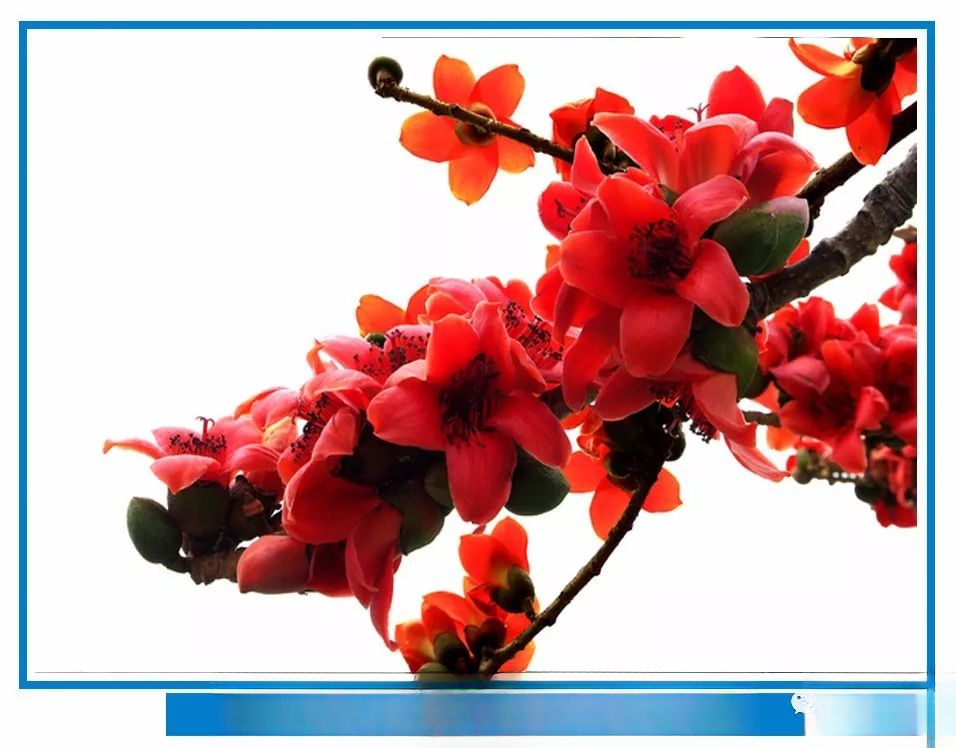
— —Kapok——
Kapok: Other names: Panzhihua, red cotton tree, hero tree, Molian, red jasmine, kapok tree, red cotton, spotted awn tree, Jibei, beacon fire, belongs to the Bombacaceae family, a large deciduous tree, native to India. 10-20 meters high. The base of the trunk is densely covered with thorns, the branches are whorled, and the leaves are alternate. It blooms first and then leaves grow in February and March every year. The tree is tall, majestic and sturdy, with spreading branches, and the flowers are as red as blood and as big as a cup. When it blooms, the leaves are almost all gone. From a distance, it looks like a group of flames burning and jumping happily on the branches, which is very imposing. Therefore, it has always been regarded as a symbol of heroism.
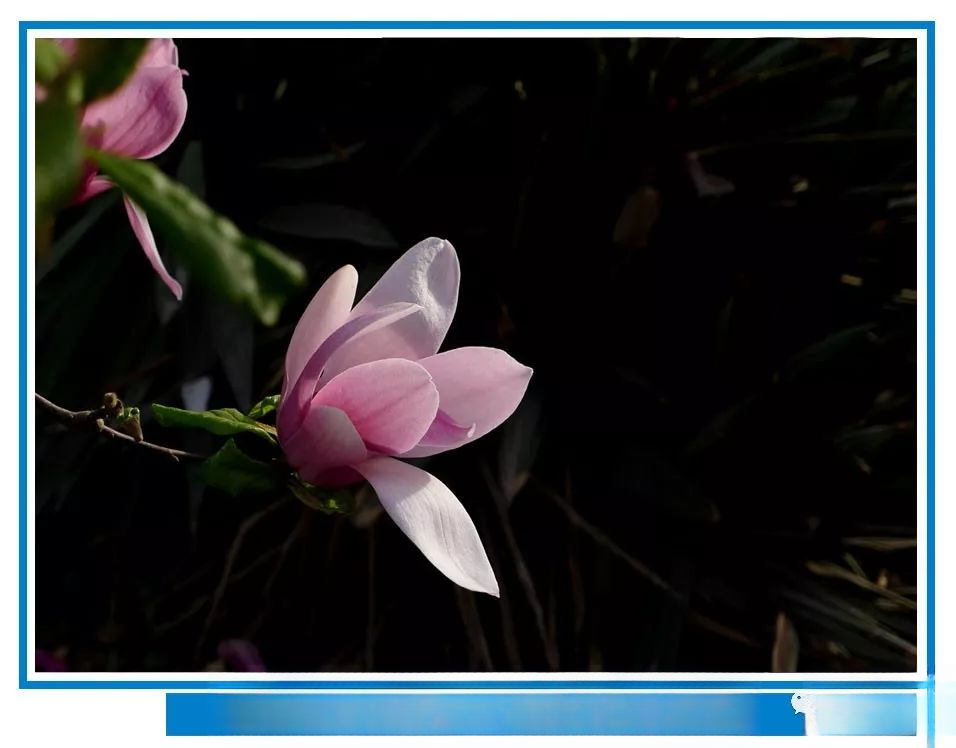
— —Magnolia——
Magnolia: Other names: Magnolia, Xinyi, Purple Magnolia, Woodbrush. It is a small deciduous tree that can reach 5 meters in height. The wood is fragrant, the twigs are purple-brown, and the buds are hairy. The leaves are simple, alternate, obovate-elliptical; with stipule scars. The flowers are bisexual, solitary, terminal, with 3 sepals, yellow-green, lanceolate, about 1/3 the length of the petals; 6 petals, purple-red on the outside, nearly white on the inside; many stamens and pistils, and the pistil group is sessile. The fruit is rectangular. The root is fleshy. It was introduced to Fusang during the Tang Dynasty and introduced to Europe in the 17th century (introduced to Britain in 1790). Because of its large and beautiful flowers, it is widely circulated in Europe and the United States, and a special Magnolia Society was established in the United States.
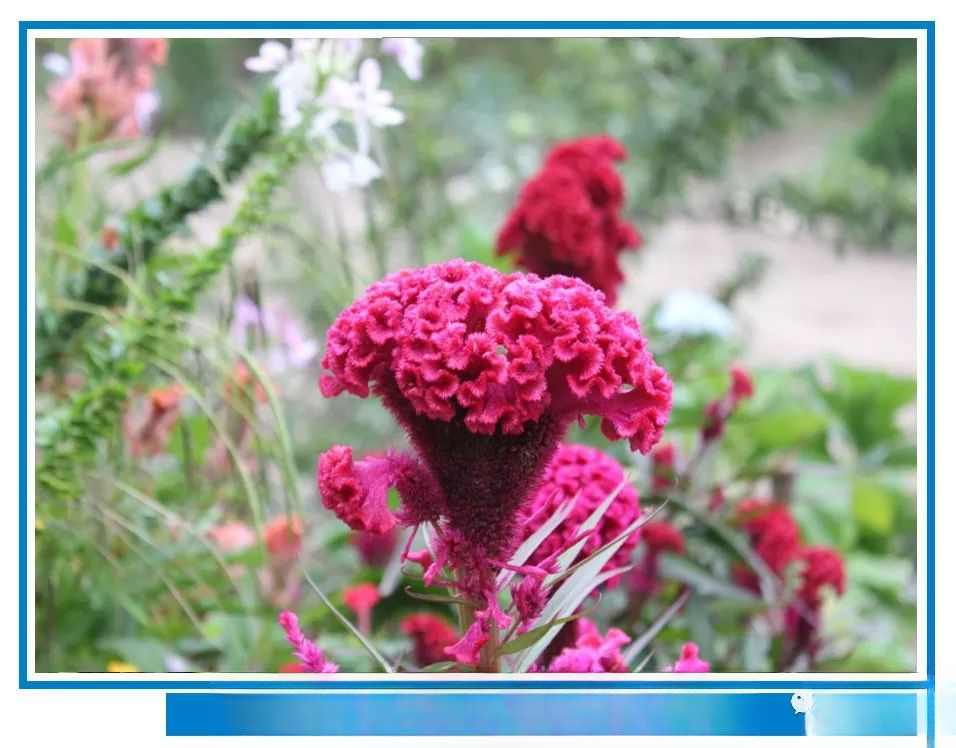
— —Cockscomb——
Cockscomb: Also known as Cockscomb Flower, Old Red, Cockscomb with Reed Flowers, native to Africa, tropical America and India, it is an annual herb. It likes plenty of sunshine, humidity and heat, and cannot tolerate frost. It cannot tolerate barrenness and likes loose, fertile and well-drained soil. It is widely cultivated all over the world.
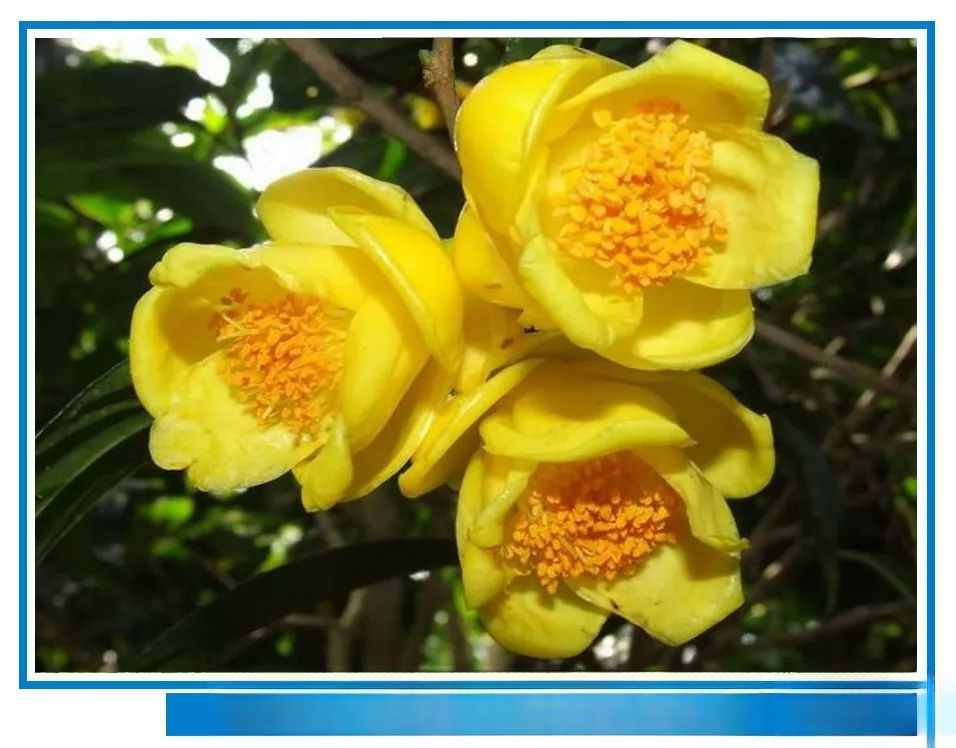
— —Golden Camellia——
Camellia chrysantha: It is a traditional famous flower of specialty, and also a world-famous precious ornamental plant. It is a rare flower and tree under national first-class protection. It is distributed in Guangxi and other places, and generally grows in mountain evergreen forests with non-calcareous soil. In addition to its high ornamental value, it can also be used to treat diseases. Camellia chrysantha belongs to the Theaceae family and the Camellia genus. It is a twin sister of tea, camellia, Nanshan camellia, oil tea, and sasanqua. The flowers of Camellia chrysantha are golden yellow, dazzling, as if coated with a layer of wax, crystal clear and oily, and seem to have a translucent feeling.
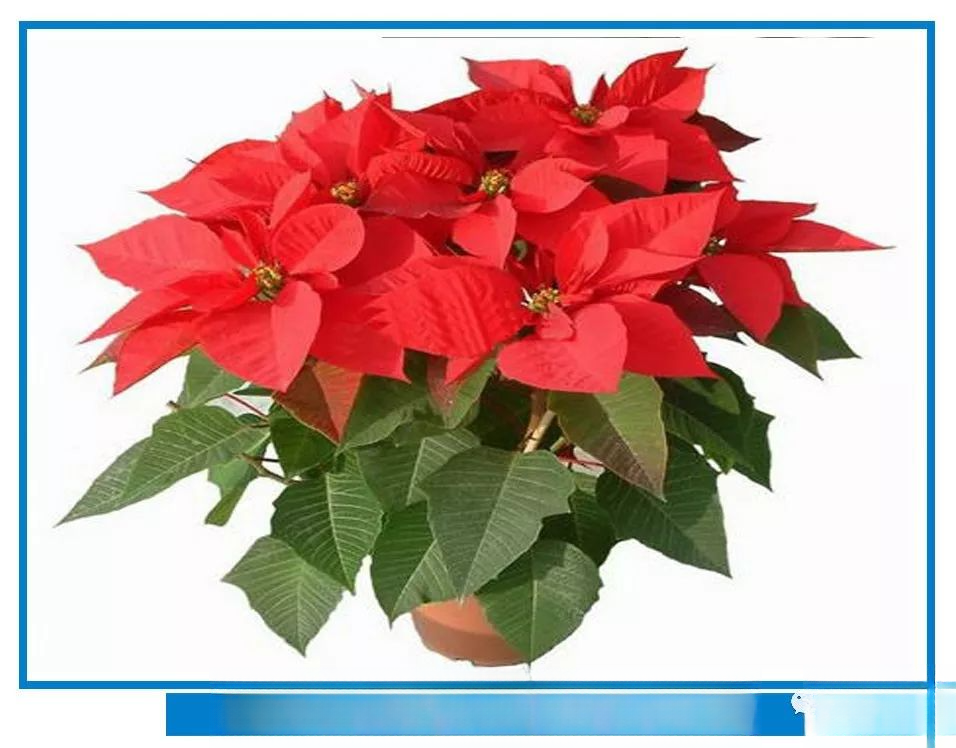
— —Poinsettia——
Poinsettia: Alias: Ivory red, old beauty, Christmas flower, Christmas red, poinsettia, Euphorbia pulcherrima, also known as Christmas flower, is a red flower used for Christmas decoration. It is a certain color-changing foliage plant native to the Taxco region of Mexico. Poinsettia is usually 60 cm to 3 meters tall, and its dark green leaves are about 7 to 16 cm long. Its top leaves are fiery red, red or white, so they are often mistaken for flowers, but the real flowers are in the middle of the leaf bundle. The flowering period lasts from December to February of the following year. The flowering period coincides with Christmas and New Year's Day, which is very suitable for the festive atmosphere of the festival. Poinsettia can be used as a medicinal plant to promote blood circulation, resolve phlegm, set bones and reduce swelling.
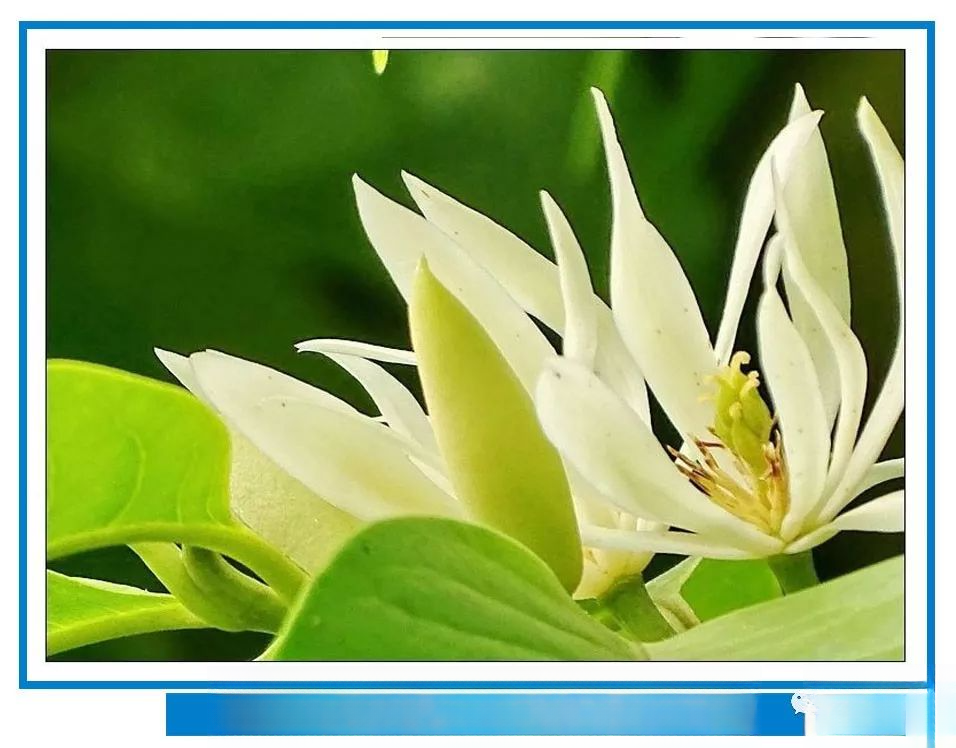
— —Bai Lan——
White orchid: Other names: white Burmese flower, white orchid, Burmese osmanthus, yellow jasmine orchid. It is an evergreen native plant that grows in South China, Southwest China and Southeast Asia, and can generally grow to a height of 10-13 meters. White orchid is a tree belonging to the genus Michelia of the Magnoliaceae family. It is a natural hybrid of yellow magnolia and mountain Michelia. There are about 49 other plants in the same genus. Its flower shape resembles the bud bag of Huangge tree, and it is also known as Huangge orchid in the southwest.
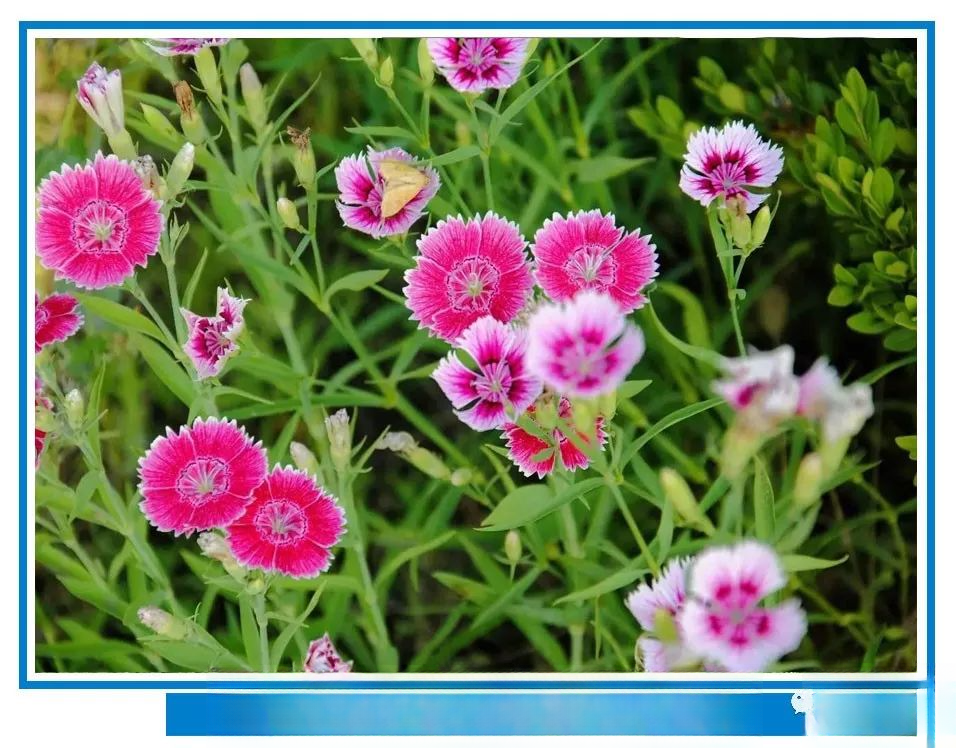
— —Dianthus——
Dianthus: Other names: Luoyang Flower, Dianthus, Swamp Bamboo, Dianthus Flower, Dianthus Orchid, Stone Pillar Flower, Ten Kinds of Scenery Flower, Wang Ying Flower, Luoyang Stone. It is a perennial herbaceous plant of the genus Dianthus in the Caryophyllaceae family. It is distributed in Russia, North Korea, and the north and south of the mainland. It grows in areas with an altitude of 10 to 2,700 meters, mostly in grasslands and hillside grasslands. It has been introduced and widely cultivated as an ornamental plant worldwide, and a large number of cultivated species have been cultivated.
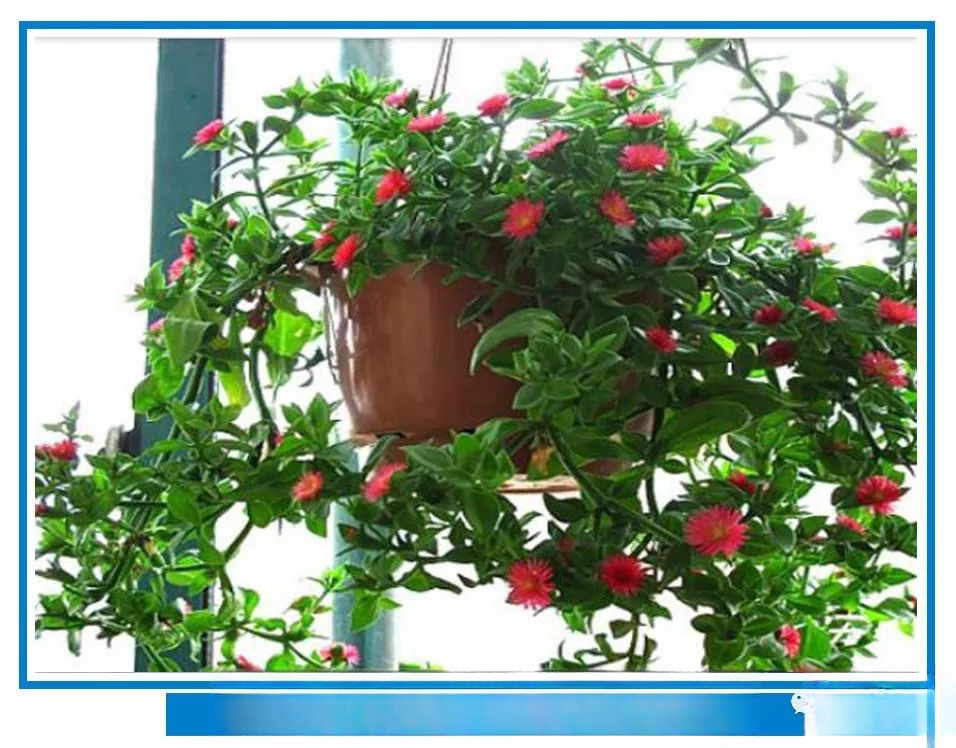
— — Chlorophytum comosum —
Chlorophytum suffruticosa: Other names: Heart-leaf ice flower, dew grass, flower vine grass, dew flower, sun rose, goat horn spider plant, cherry blossom spider plant, heart-leaf day flower. In fact, it is not a spider plant. Because its branches are soft and semi-creeping after stretching, and the branches fall down, it looks very similar to the spider plant, so people have always taken it as a spider plant for maintenance. Its leaves are thick and green; the spider plant blooms at the top of the branch, and the flower color is rose red; the flowering period lasts from spring to autumn, and you can enjoy both flowers and leaves. It is one of the best potted flowers for decorating living rooms and windowsills.
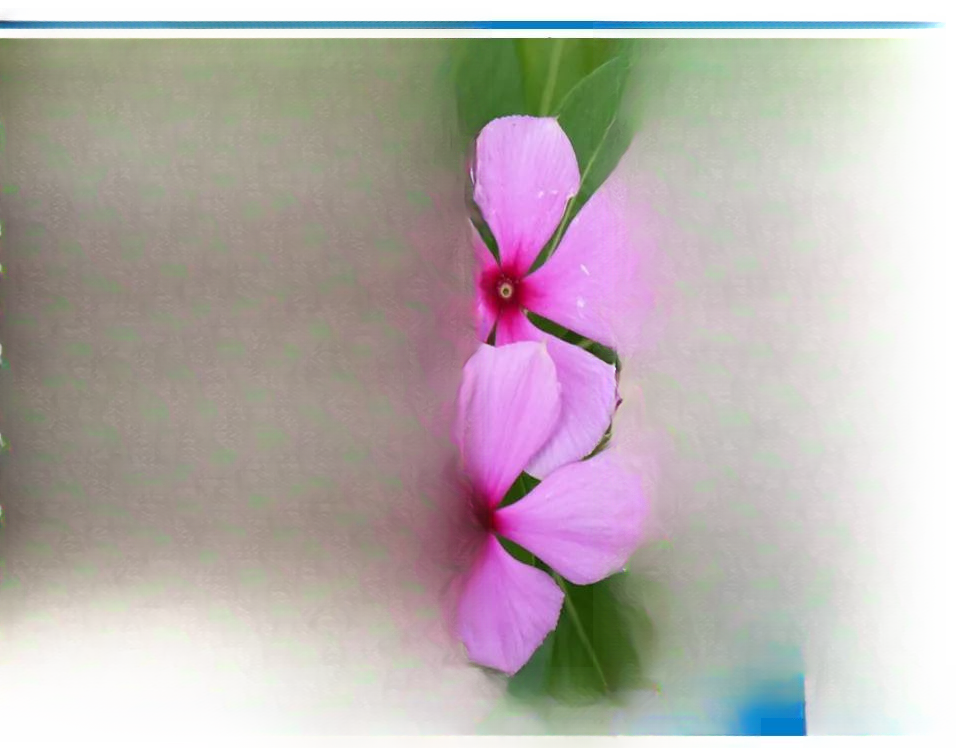
— —Periwinkle—
Catharanthus roseus: Also known as calendula, four-season spring, daily new, wild goose head red, three thousand flowers. Taiwan has bred many varieties, and the breeding trend is to grow larger flowers. In terms of Chinese herbal medicine, the whole plant can be used as a medicine for pain relief, anti-inflammatory, sleep, laxative and diuretic. Some doctors also use it in compound prescriptions for the treatment of cancer. As one of the medicinal materials, it may be considered for its anti-tumor components. The whole plant is toxic and needs to be considered. If eaten by mistake, it will cause symptoms such as leukopenia, thrombocytopenia, muscle weakness, and paralysis of the limbs.
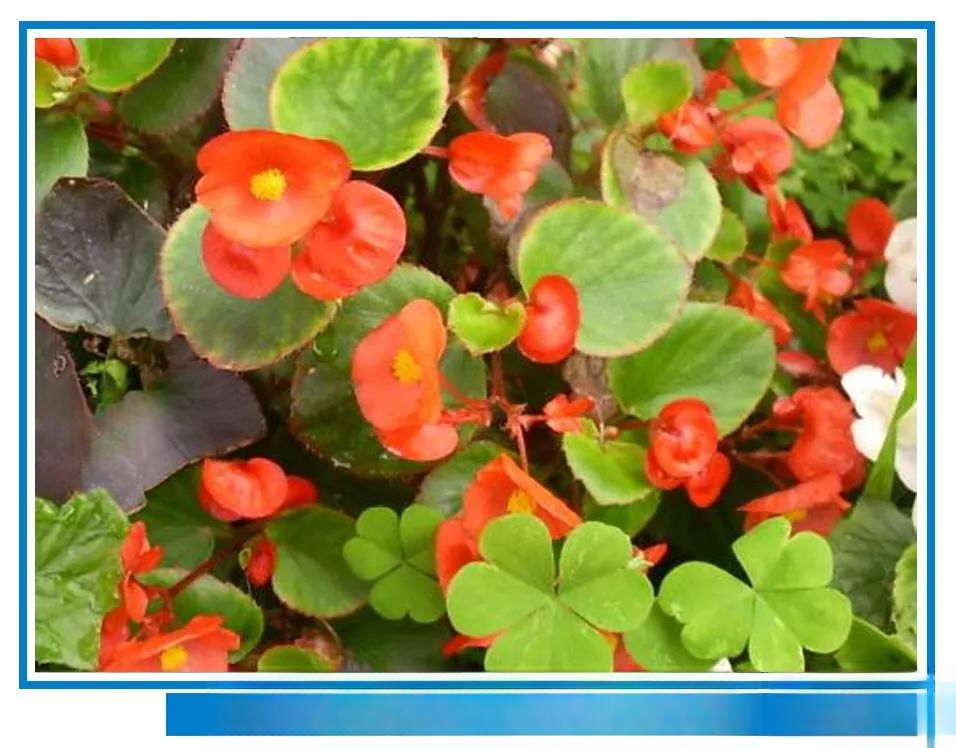
— —Begonia——
The ancient name of Begonia is "August Spring", also known as Acacia, Heartbroken Flower, Acacia, Heartbroken Grass. It is a plant of the Begonia family and the genus Begonia. It is a famous ornamental flower with bright colors, various flower shapes, and tender and charming leaves. Begonia, native to China, is a perennial evergreen herbaceous flower. The flowers are red, pink and white, and the flowering period is from April to November. Not only are the flowers beautiful, but the leaves are also rich in color, including light green, dark green, light brown, dark brown, purple and red. There are more than 20 varieties, such as Four Seasons Begonia, Bamboo Begonia, Hairy Leaf Begonia, Toad Leaf Begonia, Sprinkling Gold Begonia, and Flower Leaf Begonia.
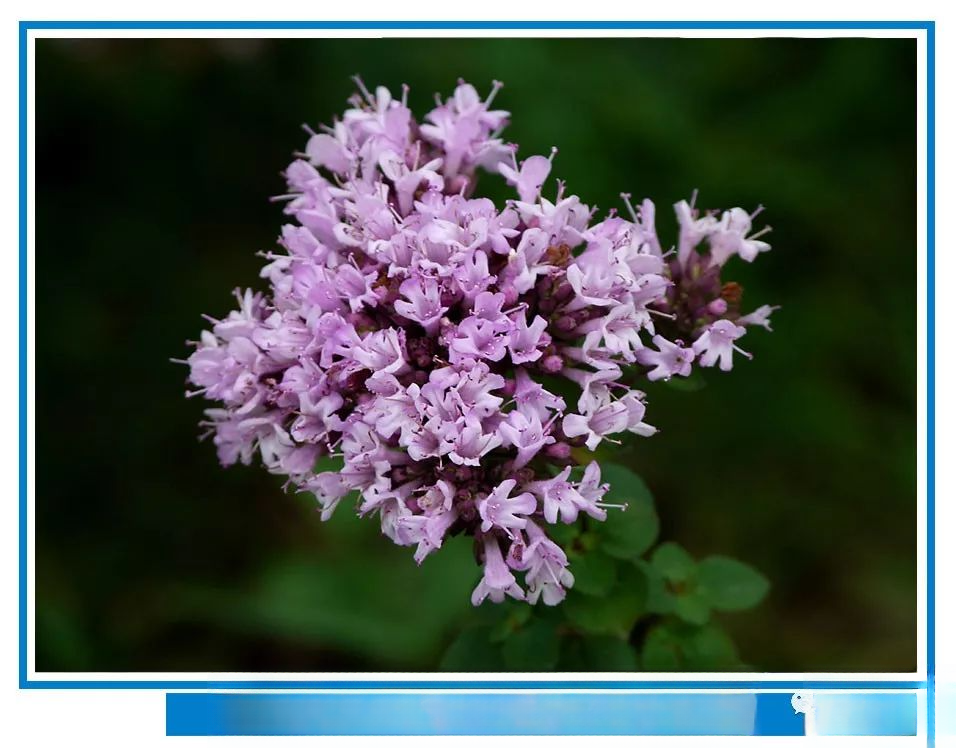
— —Thyme——
HundredLi Xiang: Other names: ground pepper, ground pepper, mountain pepper, mountain pepper, musk. It is a genus under the Lamiaceae family, including about 350 species of perennial aromatic herbs, up to about 40 cm tall, growing in Europe, North Africa and Asia. It is generally an evergreen plant with narrow stems. It has medicinal value and can be used to repel mosquitoes. It is pungent and slightly warm. It can dispel wind and relieve exterior symptoms, promote qi and relieve pain, relieve cough, and lower blood pressure. It is used for colds, coughs, headaches, toothaches, indigestion, acute gastroenteritis, and hypertension.
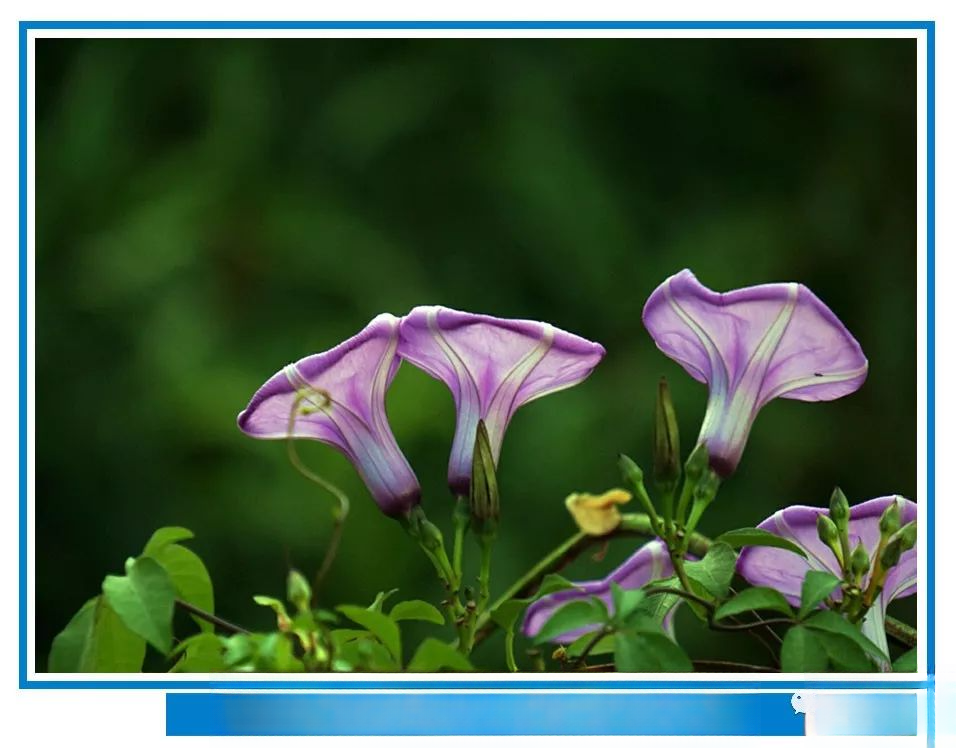
— —Five-clawed golden dragon——
Five-clawed Golden Dragon: Alias: Fanzai vine, palm leaf morning glory, maple leaf morning glory, Taiwan morning glory, five-clawed dragon flower, five-clawed dragon, upper bamboo dragon, morning glory vine, black morning glory. It usually grows on the mountain. The leaves are similar to palms, with 5 to 7 cracks, about 3 to 10 cm in size; the flowers are funnel-shaped, about 4 to 6 cm in size, with 5 stamens, and the flowering period is the most prosperous in summer. It is native to tropical Africa and Asia, and grows in full sunshine and well-drained environments, flat land, mountain roadside shrubs, sunny places, and has strong climbing ability. The whole plant or root has medical effects, which can cool blood and strengthen bones; it mainly treats injuries from falls, fractures, rheumatism, swelling and pain, and amenorrhea.
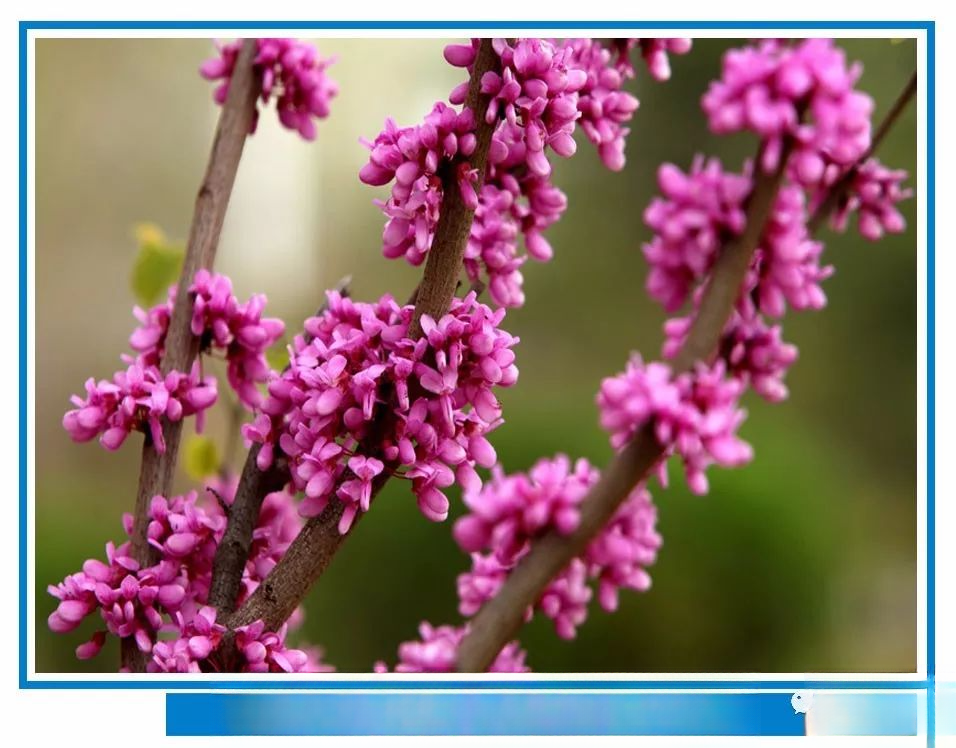
— —Bauhinia——
Bauhinia: A plant of the Leguminosae family, named because "its wood resembles yellow broom but is purple in color." "Compendium of Materia Medica B6" commonly known as basket tree, also called purple bead. Native to China, widely distributed, deciduous tree or shrub. The leaves are round and heart-shaped, and they bloom red and purple flowers in spring. For viewing. The bark, wood, and roots can all be used as medicine. Also called full strip red, Sufang flower, purple plant, black mulberry, basket tree. It is a deciduous shrub or small tree of the Leguminosae family, one of the main ornamental flowers in spring, likes sunshine and is resistant to heat.
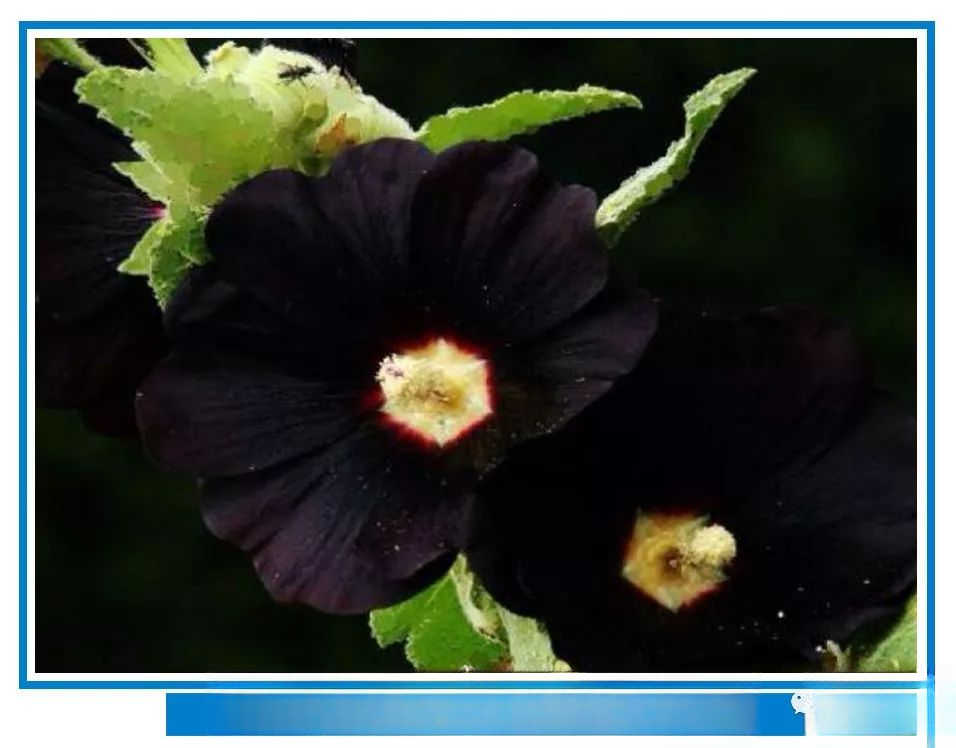
— —Black Mandala——
Black Datura: Other names: maple flower, dog walnut, peach flower, golden flower, wild hemp, intoxicating flower, troublesome sheep flower, mandala, manda, manza. It is the most noble and rarest variety of Datura, a noble, elegant and mysterious flower. Datura in the dark is a flower that looks like lily, with a light and elegant fragrance, but the real black Datura is a fragrance that will make you have slight hallucinations if you smell it too much. It is beautiful, with enchanting branches and leaves, and is highly poisonous and insoluble. It is also called love flower.
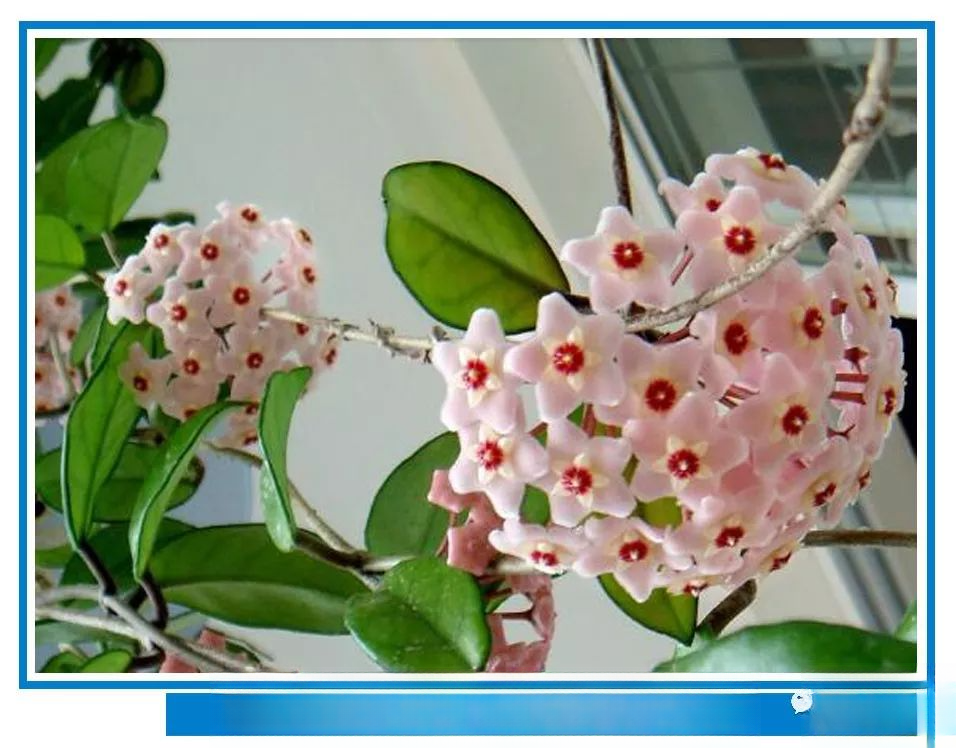
— —Hokkaido——
Ball orchid: Also known as iron cup, golden snowball, ox tongue yellow, stone wall plum, climbing rock board, straw sandal board (Guangdong); Maliujie, dog tongue vine, iron foot board (Guangxi); wall plum, snow plum, rust ball flower, pneumonia grass (Fujian); jade butterfly plum, jade die plum (plant name and picture), etc. A plant that grows in plains and mountains, epiphytic on trees or rocks. Ovate to ovate-oblong fleshy leaves are opposite; white flowers bloom in spring, cymes, born in leaf axils; linear follicles. A beautiful indoor ornamental flower with a strong fragrance and non-toxic.
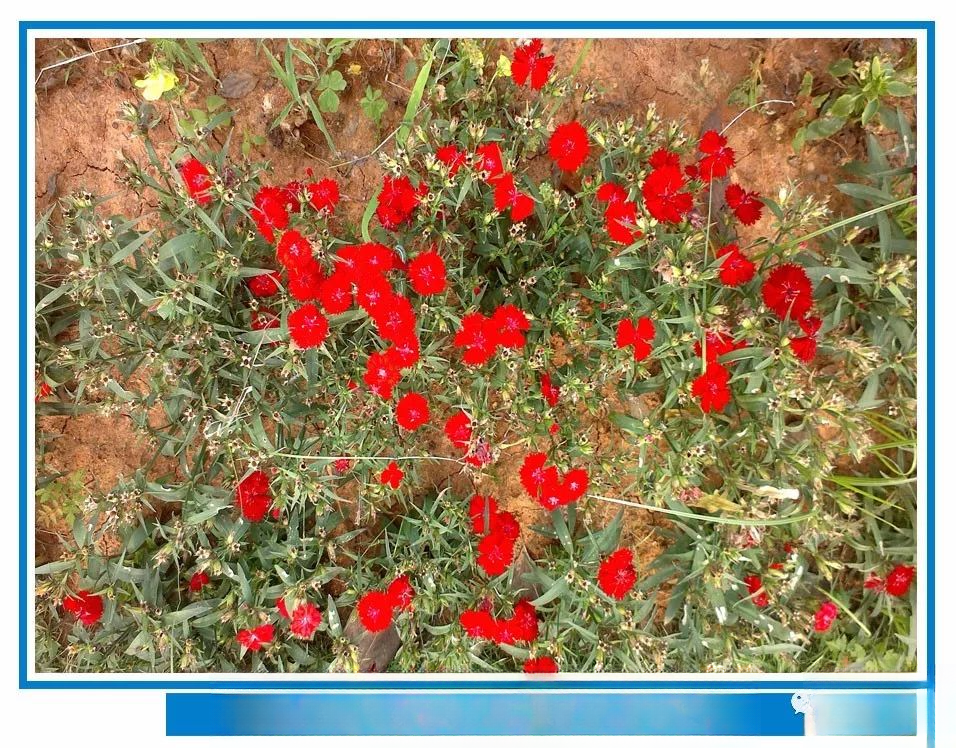
— —A little red——
Yidianhong: It is an annual herb belonging to the Asteraceae family. It is upright and branched. The basal leaves are ovate, the stem leaves are split like a lyre, with blunt teeth, the head inflorescence is cymose and grows on the top of the stem, the involucre is cylindrical, and the flowers are all tubular and purple-red. The whole plant is used as medicine, which has the effects of cooling blood, detoxifying, promoting blood circulation and removing blood stasis. Yidianhong is also known as Yexiahong, Hongbeiye, Yangticao, and Pseudo-kale.
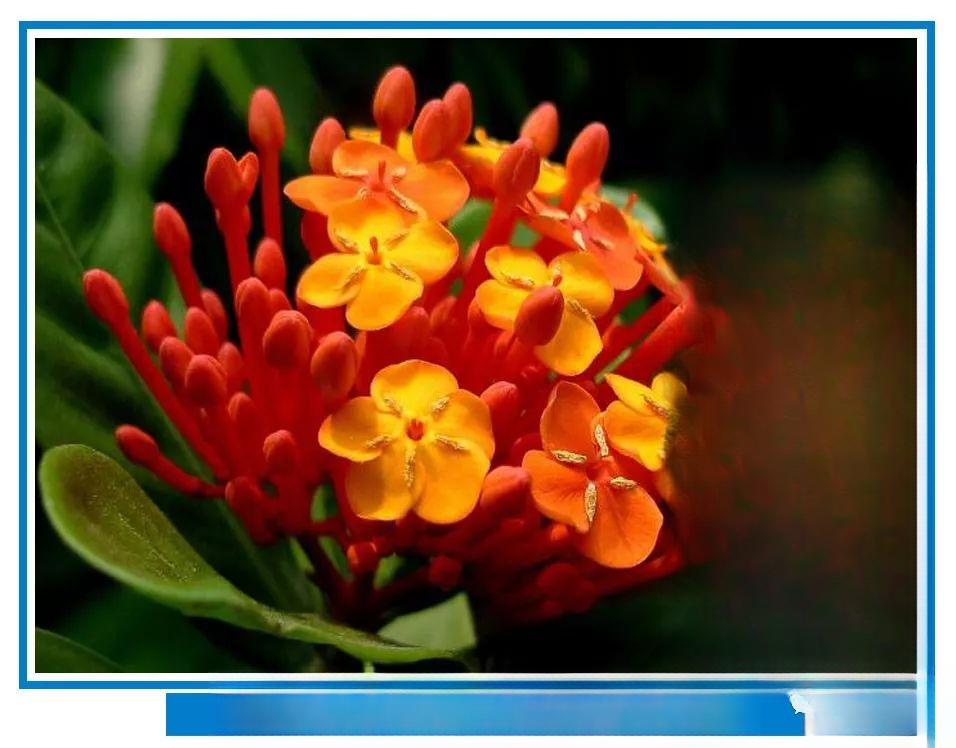
— —Ixora axillaris——
Ixora: Other names: English Dan, Xian Dan Hua, Bairi Hong, Shan Dan, English Dan Hua, Water Hydrangea, Bairi Hong. Ixora is also called Xian Dan Hua, which is an evergreen shrub commonly known as dwarf Xian Dan. Other aliases include red hydrangea, buy seed wood, sell seed wood, three-section flower, etc. It is native to the south and Malaysia. Most of the common flowers are orange-red, so it is also called red hydrangea.
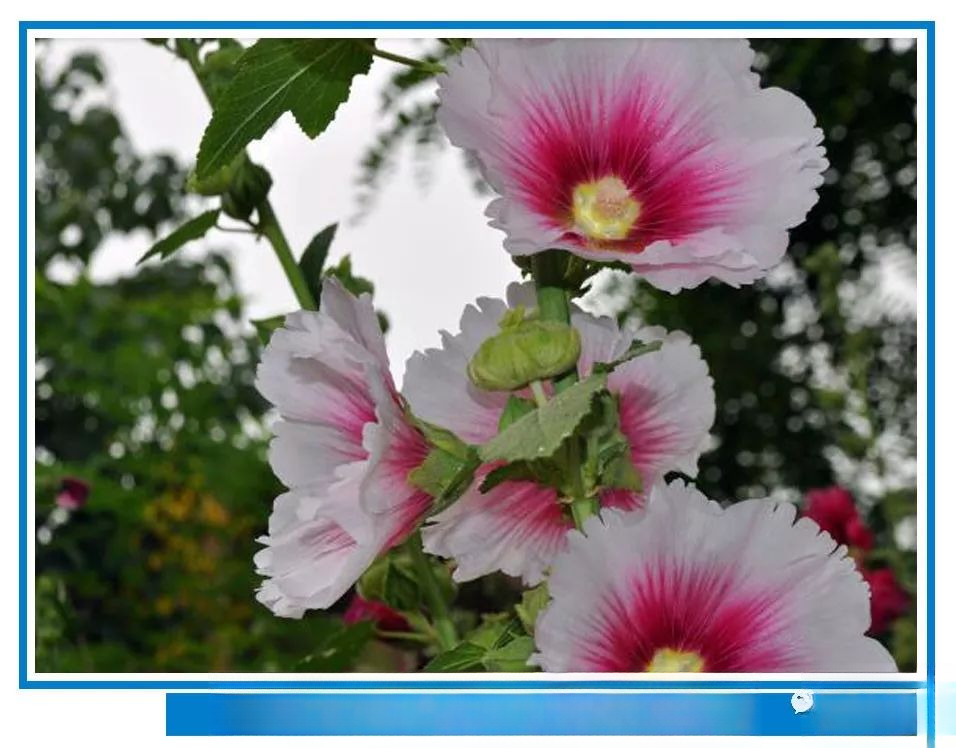
— —Hollyhock——
Hollyhock: Alias: Yizhanghong, ripe season flower, Rongkui, Wukui, Weizukui, Hukui, Doupeng flower, Shucao flower, Damashu, Bangbang flower, Dragon Boat Festival brocade, Bobotou, Bubugao is a perennial herb. The stem is upright and tall. The leaves are alternate and heart-shaped. The flowers are in racemes with single or single petals at the end, and are purple, pink, red, white and other colors. The flowering period is from June to August. The capsule has oblate seeds and is kidney-shaped. The flower language is gentle. It likes plenty of sunlight and tolerates semi-shade, but avoids waterlogging. It is native to Sichuan and is now widely distributed in East China, Central China, and North China.
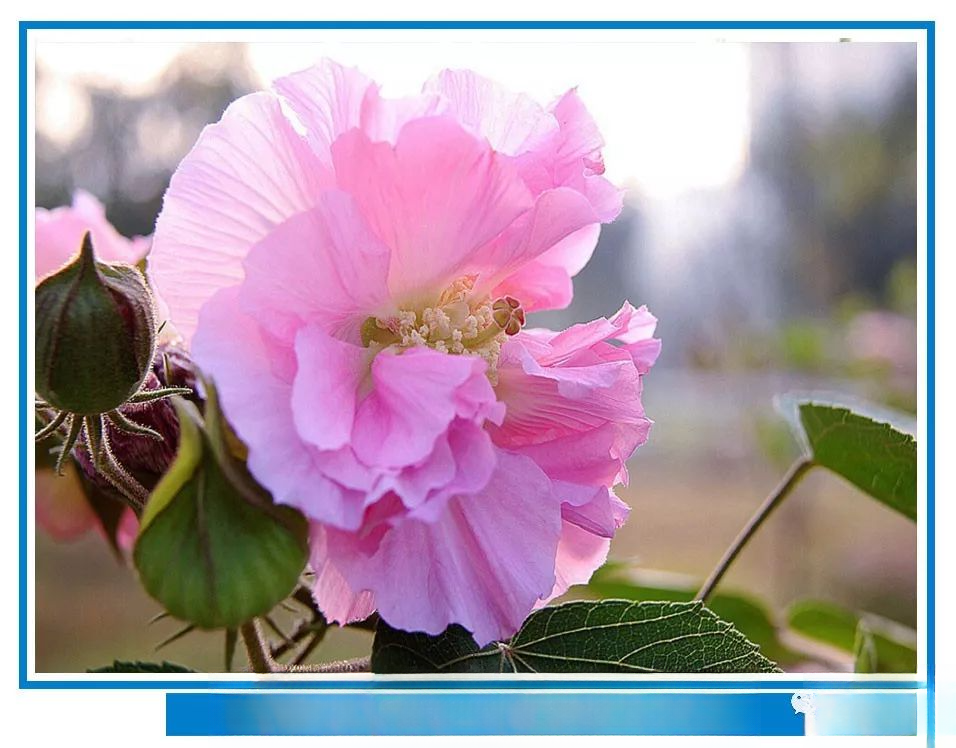
— —Hibiscus——
Hibiscus mutabilis: Also known as hibiscus flower, frost-resistant flower, Magnolia, ground hibiscus, Huamu, native to China. It likes warm and humid environment and is not cold-resistant. It avoids drought and tolerates water and humidity. It has low soil requirements and can grow in barren land. It belongs to the Malvaceae family and the genus Hibiscus. It is a deciduous shrub or small tree. It grows in clusters and is only about 1m high. It has large leaves, broadly ovate, 3 to 5 lobes, triangular lobes, heart-shaped base, blunt serrations on the leaf margins, and hairs on both sides. The flowers grow solitary in the axils of the leaves at the end of the branches. It blooms in sequence from September to November. Both flowers and leaves can be used as medicine, which has the effects of clearing away heat and detoxification, reducing swelling and pus discharge, cooling blood and stopping bleeding.
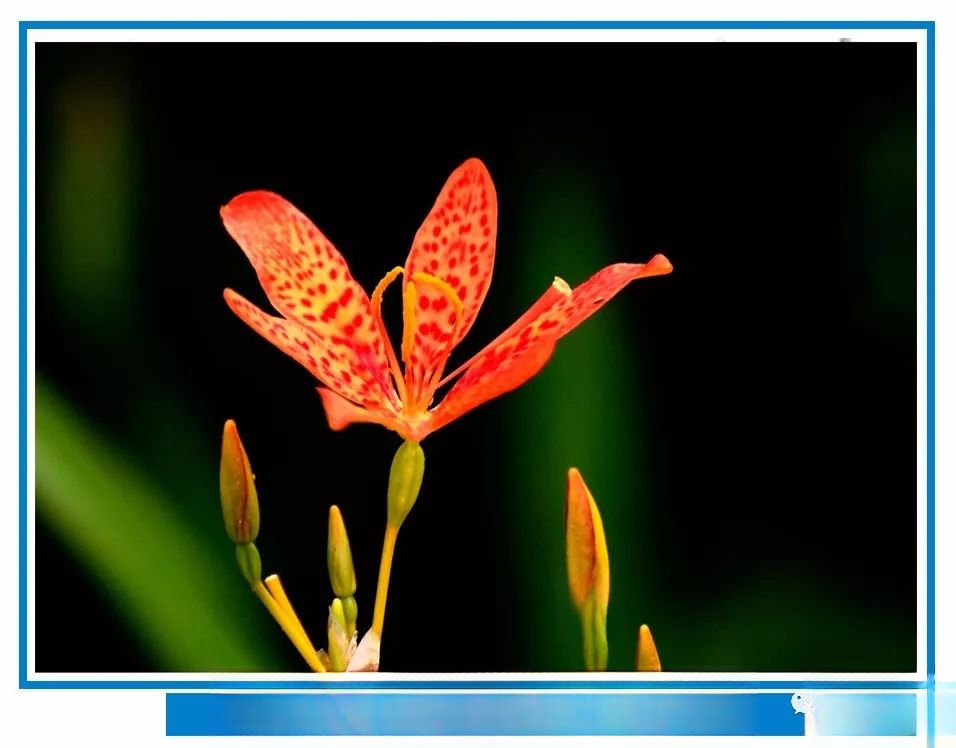
— —Shooting gun——
Belamcanda: Perennial upright herb. Other names: black fan, black cattail, night dry, black brush, black blow, grass ginger, it is the rhizome of the plant Belamcanda of the Iridaceae family. Bitter, cold, poisonous, enters the lung and liver meridians. It is a traditional Chinese medicine for clearing heat and detoxification, with the effects of detoxification, relieving sore throat, clearing heat and resolving phlegm, dissipating heat and eliminating knots. Indications: Treats throat numbness and sore throat, cough and shortness of breath, phlegm congestion, scrofula and tuberculosis, malaria, amenorrhea in women, carbuncle and sore.
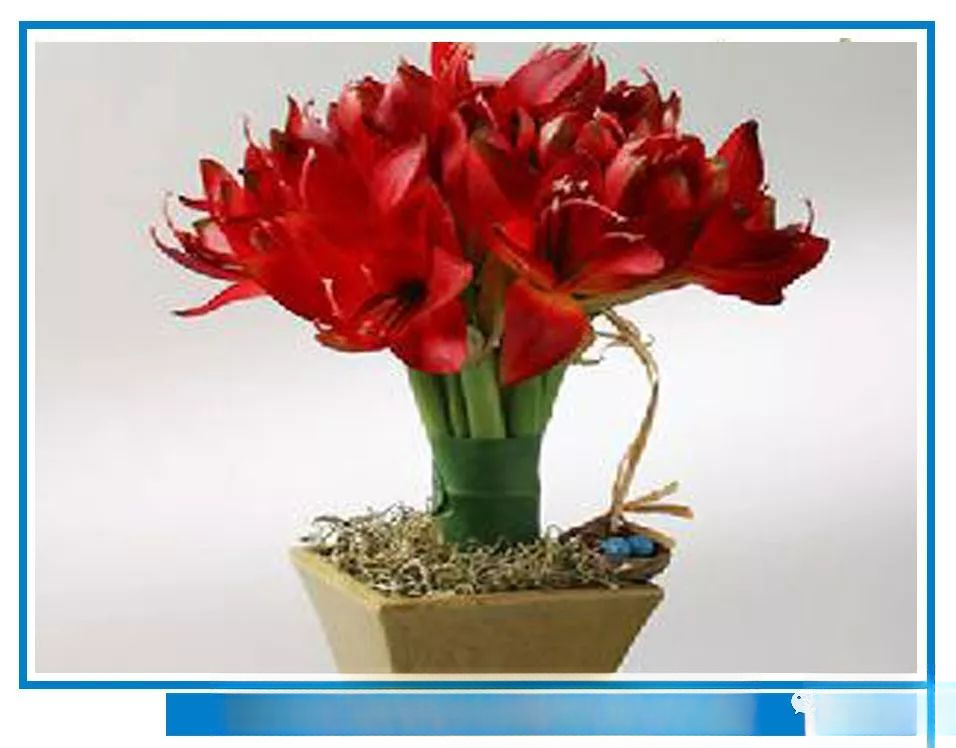
— —Amaryllis——
Hippeastrum: Other names: Baiqulian, Amaryllis. It is a perennial herbaceous plant of the genus Amaryllis in the Amaryllis family. The bulb is large, nearly spherical, 5-10cm in diameter, and the outer skin is light green or yellow-brown. The leaves are opposite on both sides, ribbon-shaped, with acuminate tips, 2-8 leaves, and most of the leaves grow after the flowers, 15-60cm long. Due to the many different varieties, Hippeastrum is widely planted in pots and has a high ornamental value.
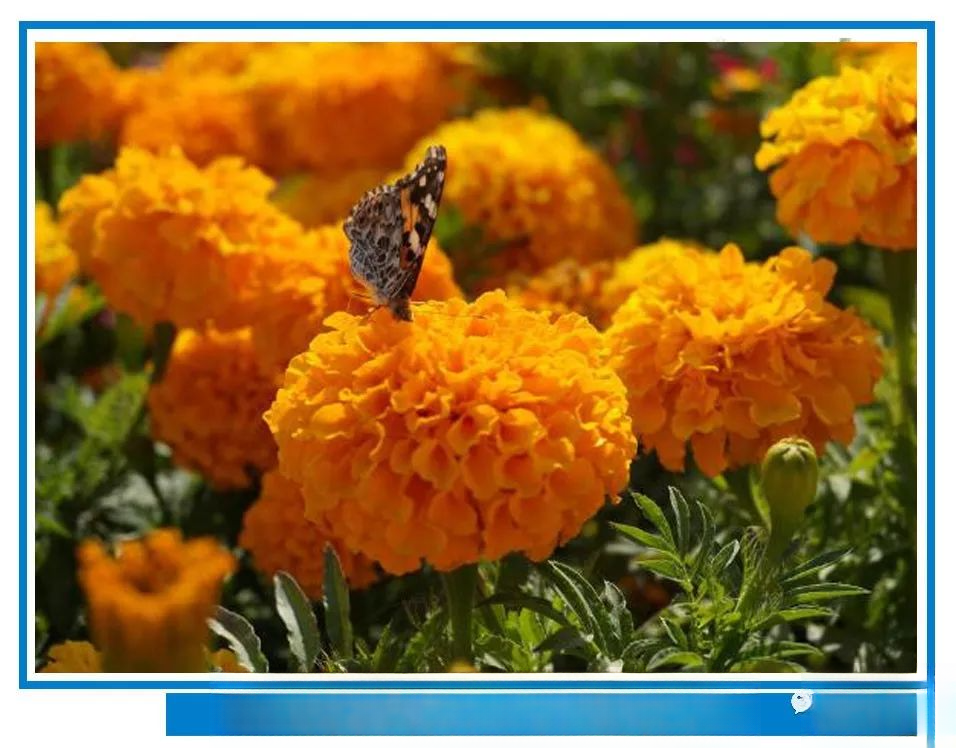
— —Marigold——
Marigold: Other names: stinking hibiscus, longevity lamp, honeycomb chrysanthemum, stinking chrysanthemum, scorpion chrysanthemum. It is an annual herb, 50-150 cm tall. It is an ideal raw material for extracting pure natural yellow pigment. In Africa, it is called (Kakibush), and it is often hung under the huts of indigenous people to drive away swarms of flies.
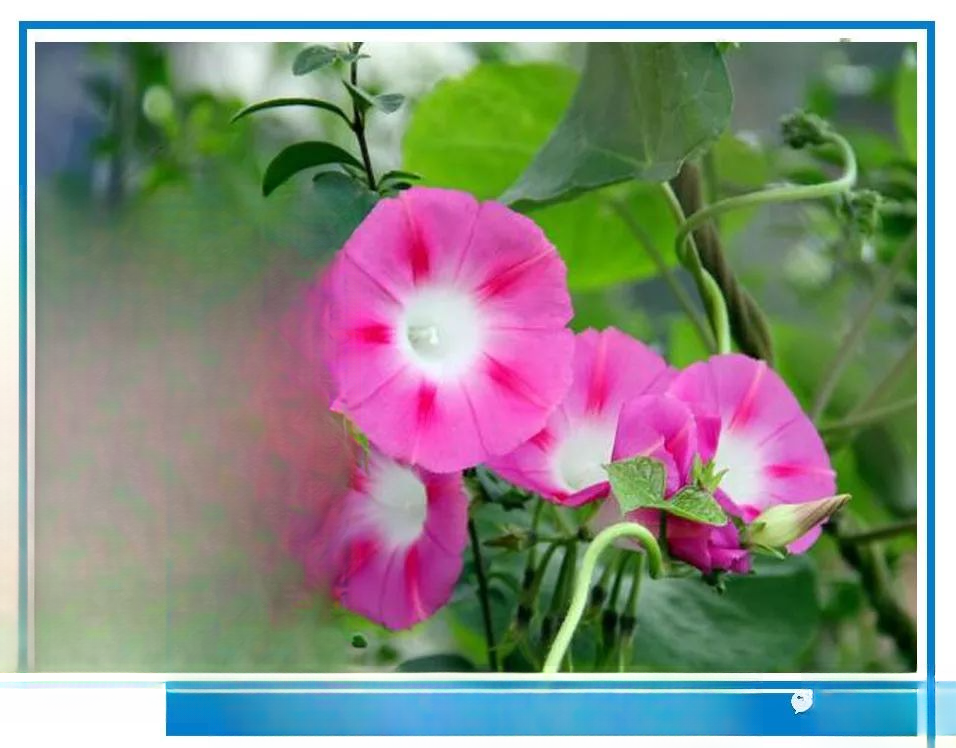
— Morning glory —
Morning glory, also known as morning glory. Morning glory has entered the ranks of traditional famous flowers and has a history of more than a thousand years. It is not only famous in flower catalogs, flower annals, and famous books, but also has been chanted in many poems and essays throughout the ages. Morning glory is also known as morning glory, morning glory, and morning glory. It is an annual climbing herbaceous flower of the genus morning glory in the family Convolvulaceae.
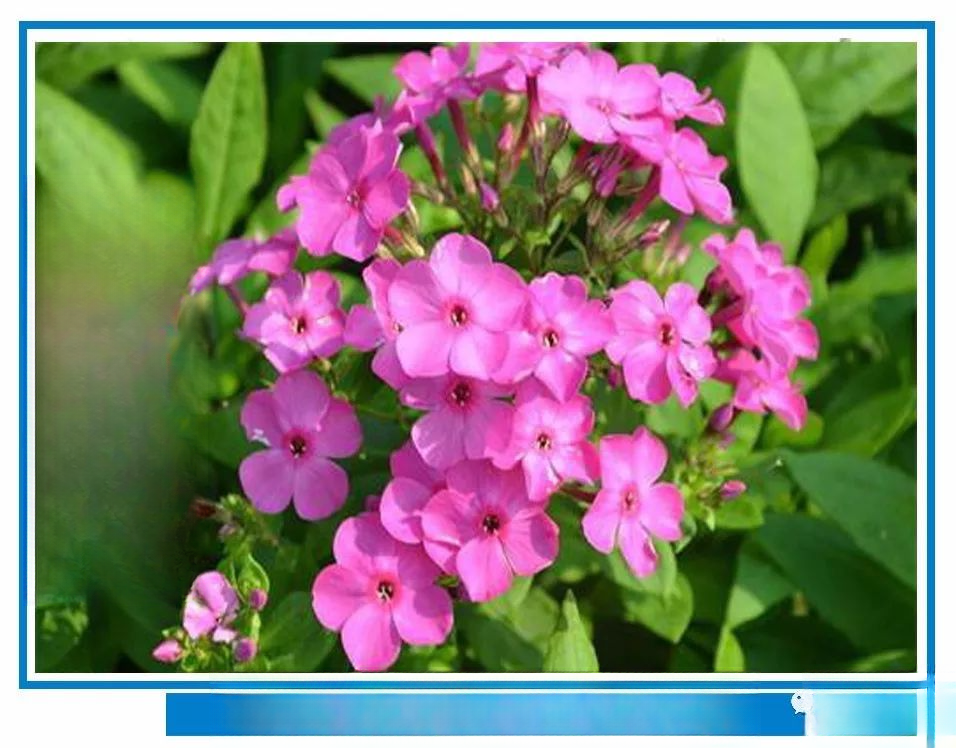
— —Verbena——
Verbena: It is an annual herbaceous flower with beautiful appearance, rich and colorful flowers. When it blooms, it is like a sea of flowers, making people linger. Verbena has short and dense plants, and the flowers are numerous and colorful. The flowering part is umbrella-shaped. The colors are white, red, blue, snow blue, pink, etc. The flowering period is from May to November. It is very strong and can be used as a material for flower beds and flower borders. It is suitable for potted viewing or arranging flower beds and flower borders. It can also be planted in large areas as a potted flower in the gaps of the garden and tree altars. Common cultivated species of the same genus include Canada Verbena, Red Leaf Verbena, Fine Leaf Verbena, etc. The whole plant can be used as medicine, which has the effect of clearing heat and cooling blood.
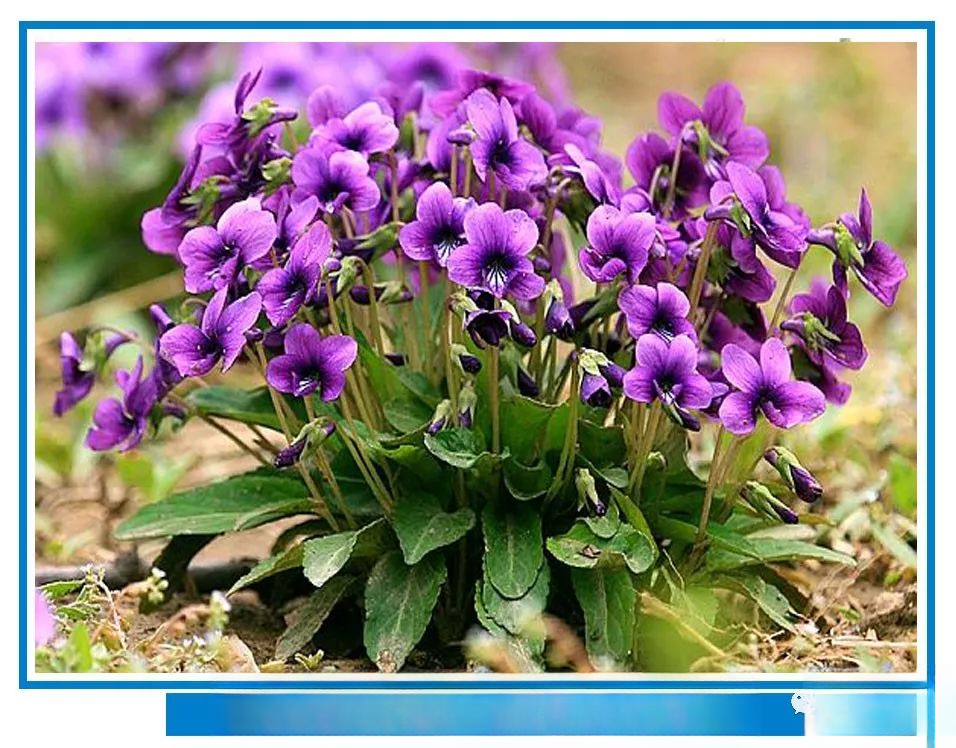
— —Violetia yedoensis——
Viola yedoensis: Perennial herb, 7-14 cm high, no above-ground stem, very short underground stem, thick taproot. Leaves are basal, narrowly lanceolate or ovate-lanceolate, with rounded edges, petioles with narrow wings, stipules with triangular awls and eyelashes. Flowers have a stalk, sepals are ovate-lanceolate, petals are purple, spur-shaped, straight or slightly upward curved; flowering period is April to May, small purple flowers, stems and leaves are still green in autumn, with needle-shaped small fruits next to the flowers, and the above-ground part withers until early winter, so it is an excellent ground cover plant, and can also be planted in gardens to decorate flower borders or inlay lawns.
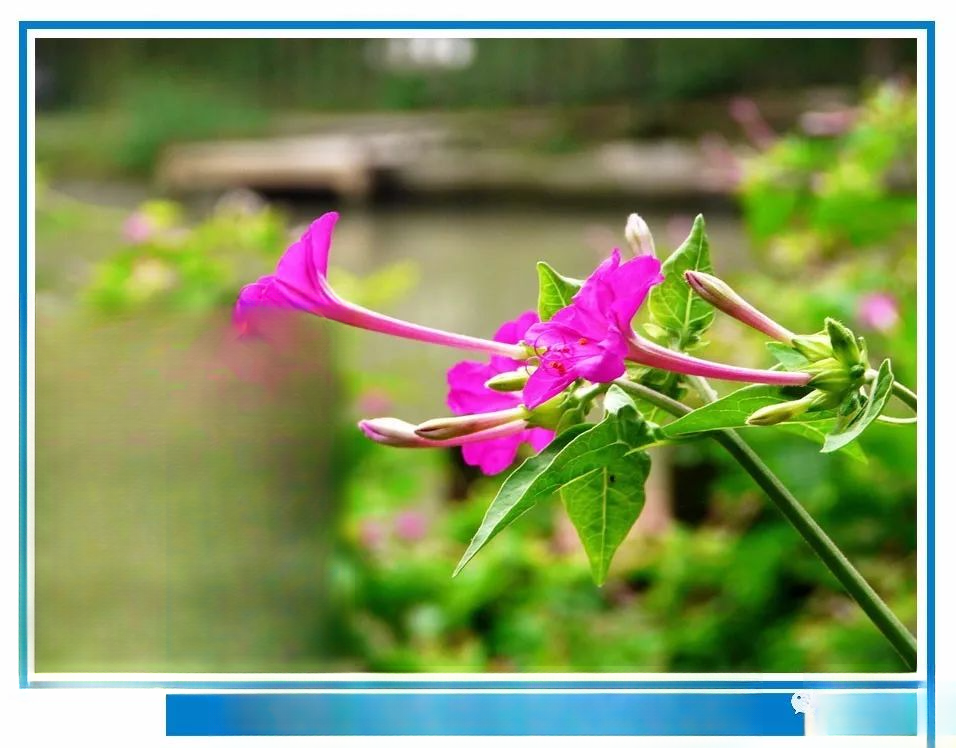
— —Mirabilis jalapa——
Mirabilis jalapa: Mirabilis jalapa is a perennial herbaceous flower, often cultivated as an annual, and can reach a height of 1m. It is a tuberous plant, with thick and fat roots, inverted cone, black or dark brown. The main stem is upright, cylindrical, multi-branched, glabrous or sparsely covered with fine hairs, and the nodes are slightly swollen. The endosperm in the seeds is white and delicate, making it an ideal natural cosmetic. The weight of 1,000 seeds is about 109g. The roots are spindle-shaped, fleshy, and brown-black on the surface. It is a perennial herbaceous flower, often cultivated as an annual, and can reach a height of 1m. It is a tuberous plant, with thick and fat roots, inverted cone, black or dark brown.
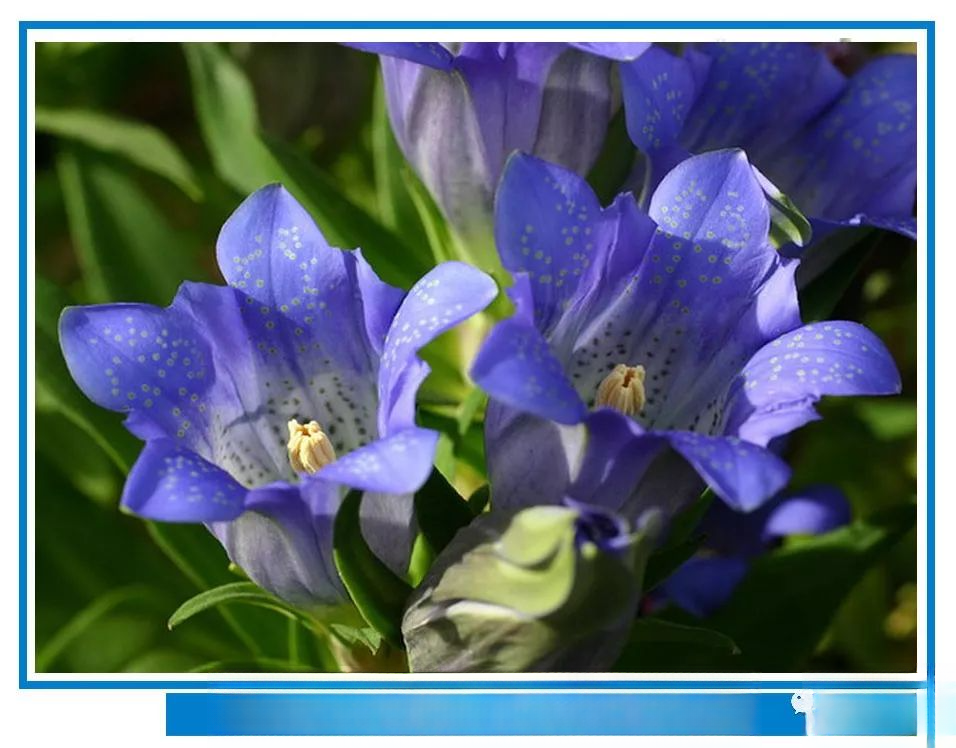
— —Gentian——
Gentiana: The root and rhizome of Gentiana or Gentiana triflora. Gentiana is a general term for plants of the Gentianaceae family and the Chinese medicinal material Gentiana. Gentiana plants are distributed in mainland China, Russia, Japan, North Korea, etc., and grow in areas with an altitude of 400 to 1,700 meters. There are more than 240 species of Gentiana, most of which are produced in the high mountains of the southwest. Only a few species are found around Beijing. Together with azalea and primrose, they are known as the world's three major alpine flowers.
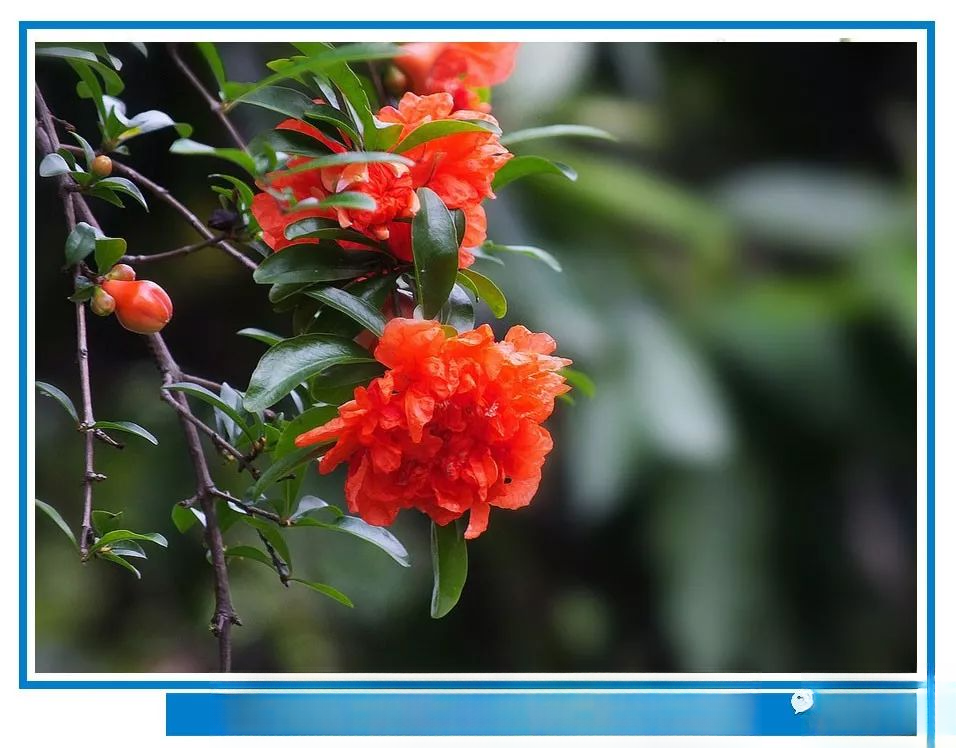
— —Pomegranate flower——
Pomegranate flowersAlias: An pomegranate, sea pomegranate, Ruo pomegranate, Danruo, Shanliye, Jinpeng, Jinpang, Tulin, Tianjiang, sea pomegranate, the flower of deciduous shrubs or small trees pomegranate; It is a plant of the genus Pomegranate. The trunk of the pomegranate is gray-brown with flaky peeling. The young branches are yellow-green and smooth, often in a quadrangular shape, with thorns at the ends of the branches and no terminal buds. Pomegranate flowers have single leaves opposite or clustered, rectangular or obovate, and new leaves are light green or bronze. There are several flowers growing at the top of the branches or leaf axils. The calyx is bell-shaped, fleshy, with 6 lobes at the tip, smooth and waxy, orange-red, and persistent. There are 5-7 red or white petals, single or double. Pomegranate flowers are commonly planted by cuttings, divisions, and layering. It has medicinal values such as astringent and antidiarrheal, killing early, and can be made into dishes such as fried pomegranate flowers.
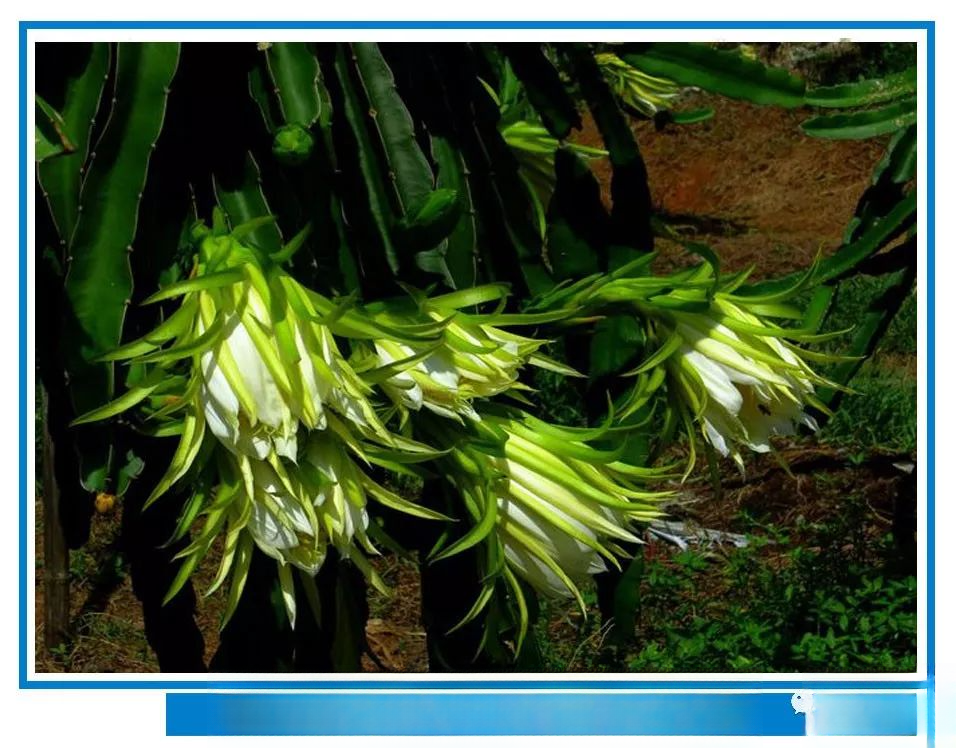
— —Dragon bone flower——
Dragon Bone Flower: Also known as Pitaya, it is a plant of the genus Pitaya in the Cactaceae family. It is an epiphytic succulent plant. The stem is thick, dark green, and has three ridges. The flowers are large, white, and fragrant, and they bloom in the evening from May to September. It is native to tropical and subtropical regions of America, and is cultivated in other tropical and subtropical regions. It is naturally distributed in Guangdong, Guangxi, Fujian, Hainan and other provinces and regions. Pitaya flowers are large and fragrant. It is suitable for garden planting, potted plants, or as a hedge plant. Its fruit is the dragon fruit.
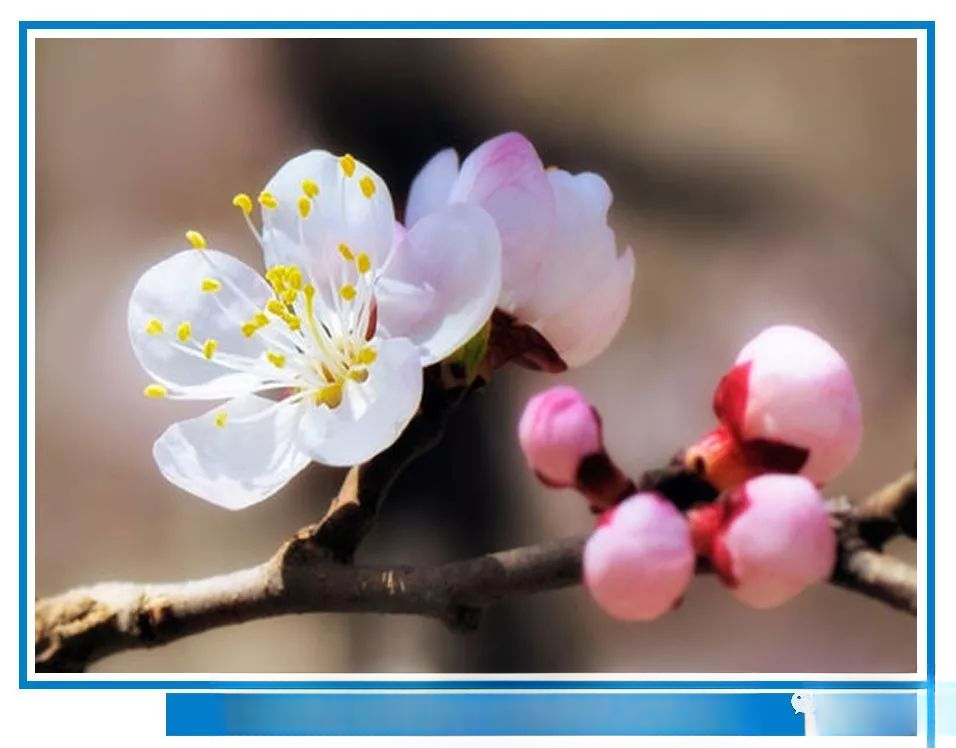
— —Apricot Blossoms——
Apricot flower: Also known as apricot, it is a plant of the genus Prunus, subgenus Prunus. Its flesh and kernel are edible. Apricot flowers grow alone, opening before leaves, and the petals are white or slightly blushed. The scientific name of apricot indicates that Westerners' understanding of apricots originated from Armenia. In fact, apricots are widely distributed in East Asia and Central Asia. It can be planted by sowing or grafting. The apricot kernel is generally used as medicine, which has the effects of promoting body fluid, detoxifying, and clearing away heat. Every year from March to April, apricot blossom festivals are held in various places, providing a good place for tourists to go outing, picnic and photography.
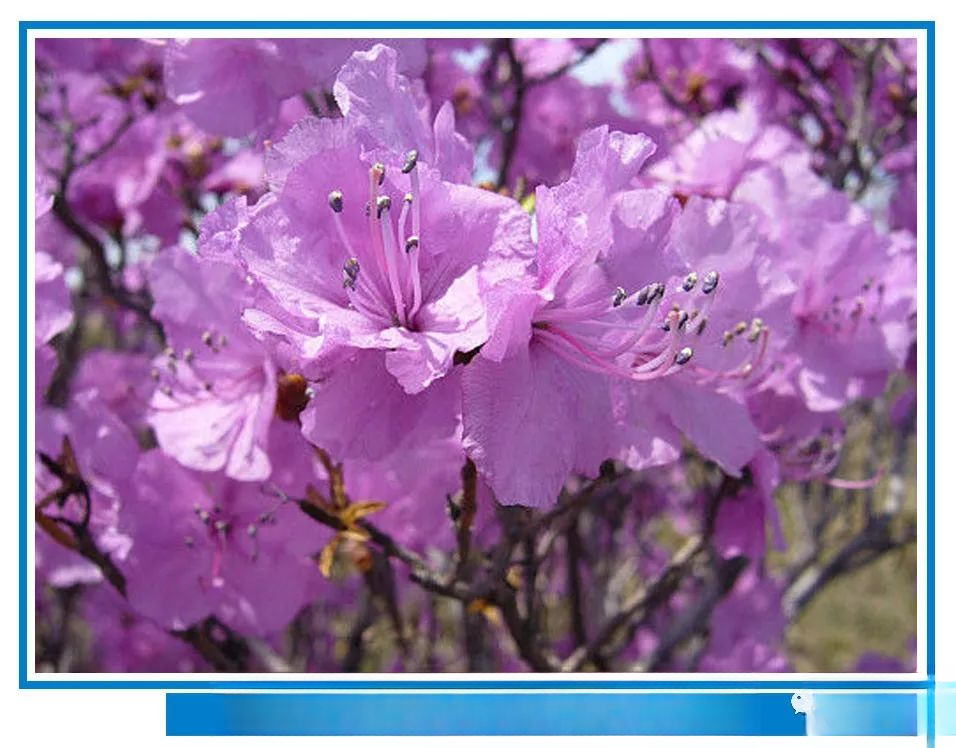
— —Azalea——
Azalea: Also known as the infinite flower, azalea, sharp-leaved azalea, and Xing'an azalea, it mainly grows on hillsides, grasslands, and bushes. It is actually the Yinghong azalea of the Ericaceae family, that is, the Xing'an azalea, which originally means a flower that blooms for a long time. Azalea is the first flower to bloom in the field. The Korean people regard azalea as the messenger of spring, a symbol of loyalty, beauty, auspiciousness, and happiness. It is the national flower of the Democratic People's Republic of Korea, and it is also the state flower of the Yanbian Korean Autonomous Prefecture and the city flower of Yanji City.
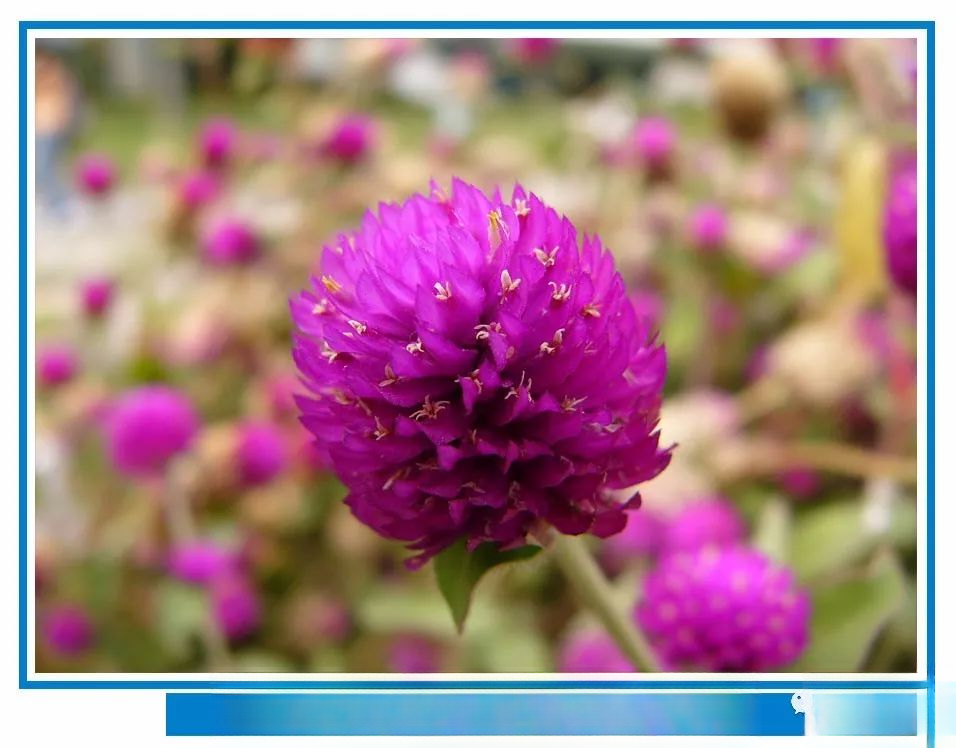
— —Globe amaranth——
Globe amaranth: Globe amaranth, Amaranthaceae, Caryophyllales, also known as round flower, hundred-day red, fireball flower, common tropical and subtropical flowers, native to Brazil, Panama and Guatemala in America, widely planted in the south of the Yangtze River. Globe amaranth is an annual upright herb, about 20 to 60 cm tall, with white stiff hairs all over the plant. The flowering period is from July to October, the flowers are purple-red, arranged in terminal spherical head inflorescences; the bracts are mostly purple-red.
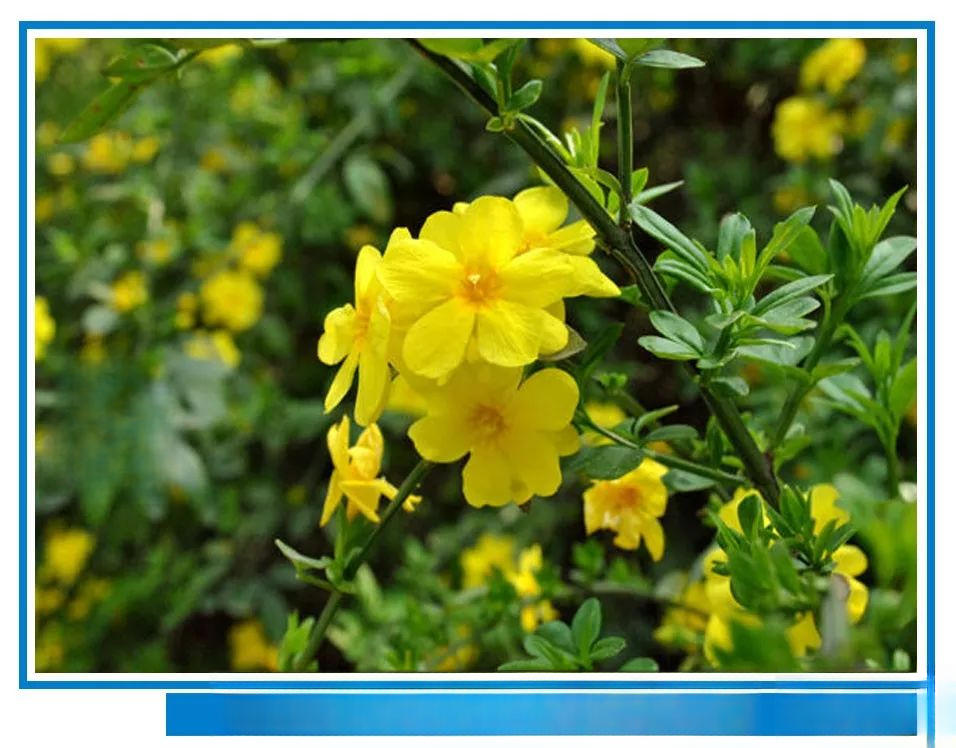
— —Welcome Spring——
Winter jasmine: Other names: Golden Belt, String of Gold, Yunnan Winter jasmine, Large-leaf Winter jasmine, Qingming Flower, Golden Plum, Winter jasmine Willow, Winter jasmine. A deciduous shrub of the Oleaceae family. It is named because it blooms the earliest among all flowers, and after it blooms, spring comes when all other flowers bloom. It is collectively called the "Four Friends in the Snow" with plum blossoms, daffodils and camellias, and is one of the precious flowers. Winter jasmine is not only dignified and beautiful in color and extraordinary in temperament, but also has the characteristics of not fearing the cold, not being picky about climate and soil, and having strong adaptability, and has always been loved by people.
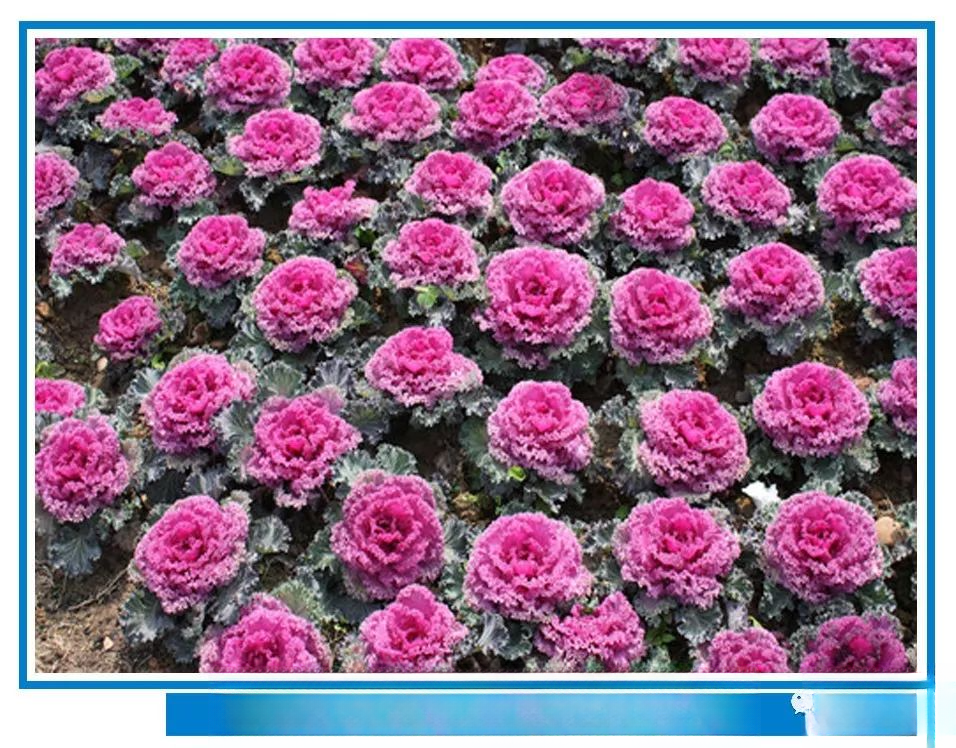
— —Lily of the Valley——
Kale: Other names: leaf peony, peony cabbage, flower cabbage, green leaf cabbage, biennial herb, a horticultural variant of edible cabbage (cabbage, cabbage). After one year of cultivation, the plant forms a rosette of leaves, and after the low temperature in winter, it blooms and bears fruit the following year. The racemes are terminal, the flowering period is April-May, the flowers are insect-pollinated, the fruits are siliques, oblate, the seeds are spherical, brown, and the thousand-grain weight is about 4 grams. Horticultural varieties have various shapes, and can be divided into tall and short types according to height; according to the shape of the leaves, they can be divided into wrinkled leaves, non-wrinkled leaves and deeply lobed leaves; according to color, the marginal leaves are emerald green, dark green, gray-green, yellow-green, and the central leaves are pure white, light yellow, flesh-colored, rose red, purple-red and other varieties.
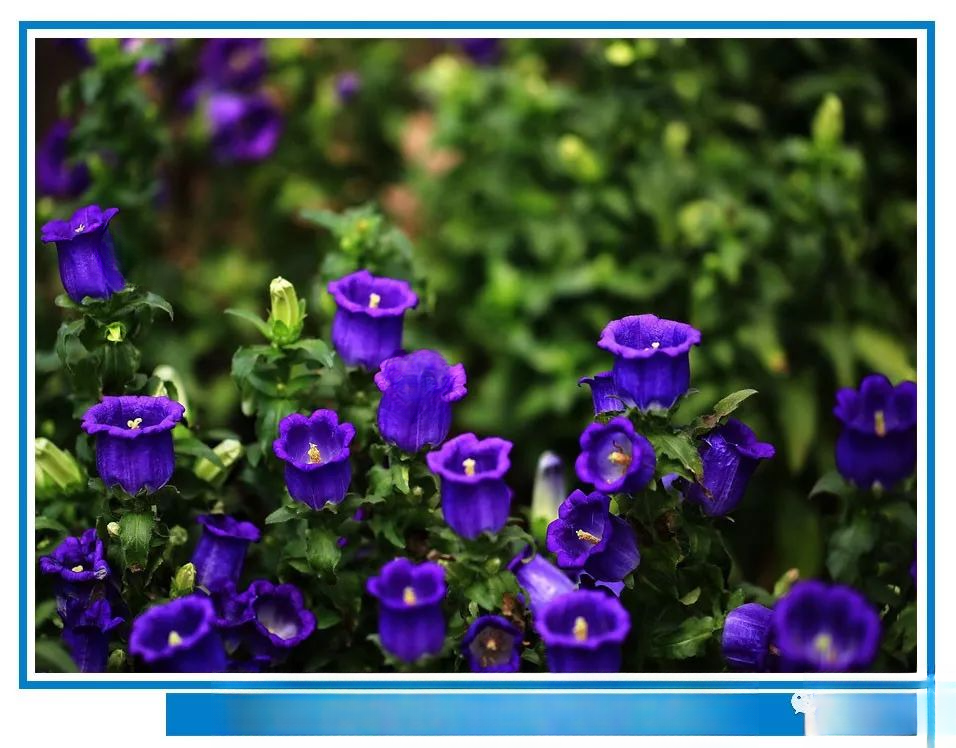
— —Bluebells——
Campanula: Also known as bellflower, it is native to southern Europe. It has a sturdy plant shape and bell-shaped flowers that resemble wind chimes. The colors are bright and elegant. It is very popular in Europe and is a common herbaceous flower in small gardens in late spring and early summer. It is often used to express health, gentleness and loveliness. It is still in the introduction stage, but it can be seen in flower malls and artistic flower arrangements.
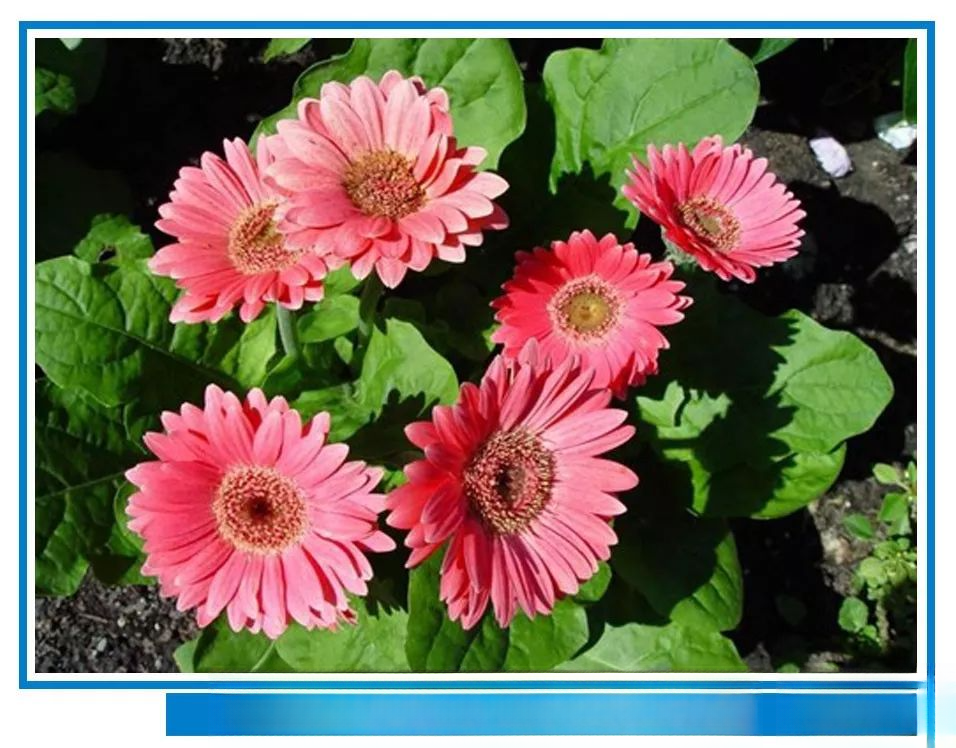
— —Gerbera——
African daisy: Other names: gerbera, gerbera, autumn gerbera, Persian flower, thousand-day daisy, orangutan daisy, sunflower, sunflower, is a perennial herbaceous plant of the Asteraceae family. The whole plant has fine hairs, terminal inflorescence, most leaves are basal, pinnately lobed. The plant is 30 to 45 cm tall, with solitary capitula, terminal inflorescence, and flower colors include red, white, yellow, orange, purple, etc.
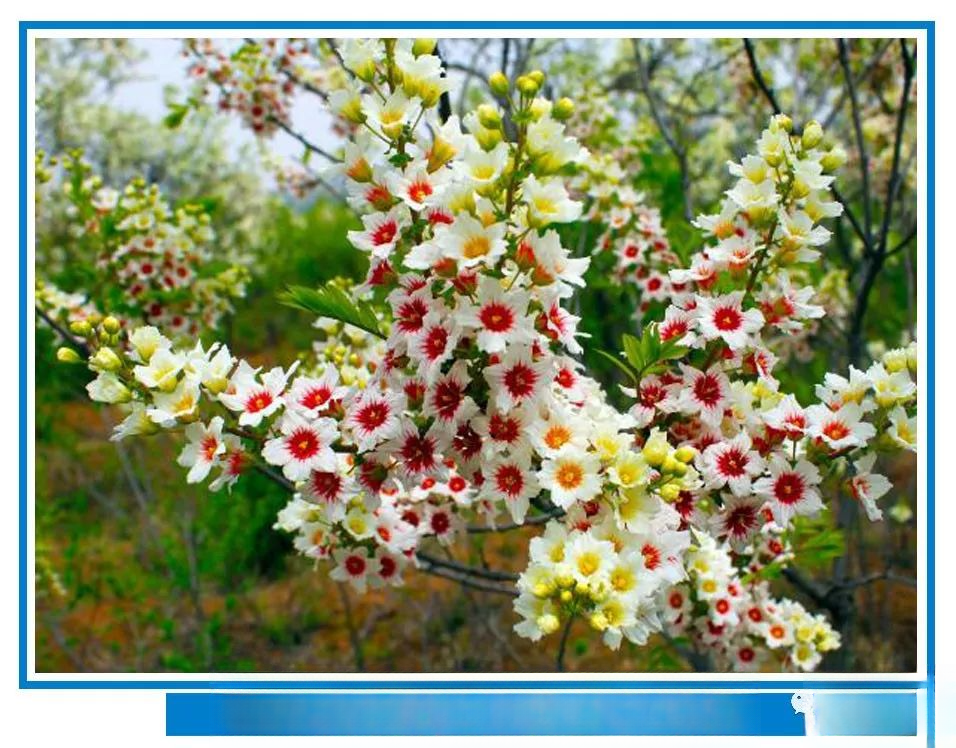
— —Xanthoceras sorbifolia——
Xanthoceras sorbifolia: Other names: papaya, Wenguan fruit, Wenguan wood, native papaya, Wendan Gezi, Wenguan tree, cliff papaya, Wenguan flower, Wenguang fruit. It is a high-grade oil plant. In the past, people did not pay much attention to its value of fresh eating, processing, medicinal and ornamental. Xanthoceras sorbifolia has a graceful posture, beautiful leaves, gorgeous flowers, late and long flowering period. In recent years, it has begun to be cultivated as a new type of ornamental tree. Xanthoceras sorbifolia has the characteristics of beautiful flowers, strange leaves, fragrant fruits, thin branches and clumsy body. It is easy to control the tree shape artificially to create various bonsai.
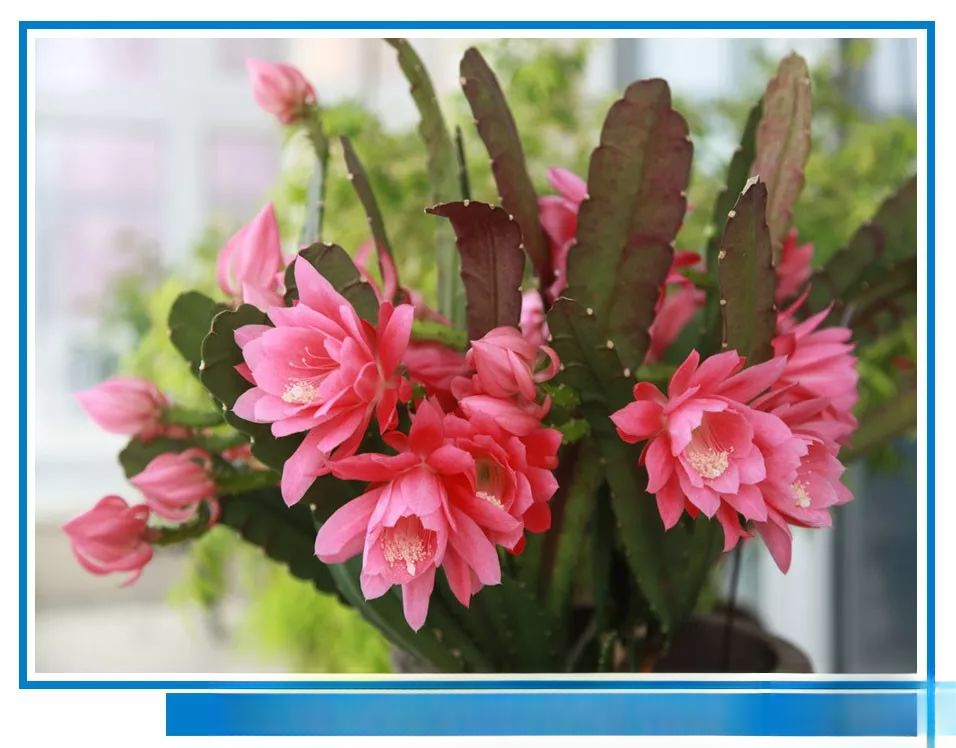
— —Lingjian Lotus——
Lingjian Lotus: Alias: Peacock Cactus, Peacock Orchid, Lotus Lingjian, Lingjian, Red Peacock, Lotus Lingjian, Red Peacock, is a perennial evergreen epiphyte of the Cactaceae family. Because its stem is flat and lanceolate, it looks like Lingjian flower and water lily, so it is called Lingjian Lotus. It grows in groups like shrubs, about 50 to 100 cm high. It likes light and a well-ventilated environment, but it needs proper shade in hot, high temperature and dry conditions, and is afraid of rain.
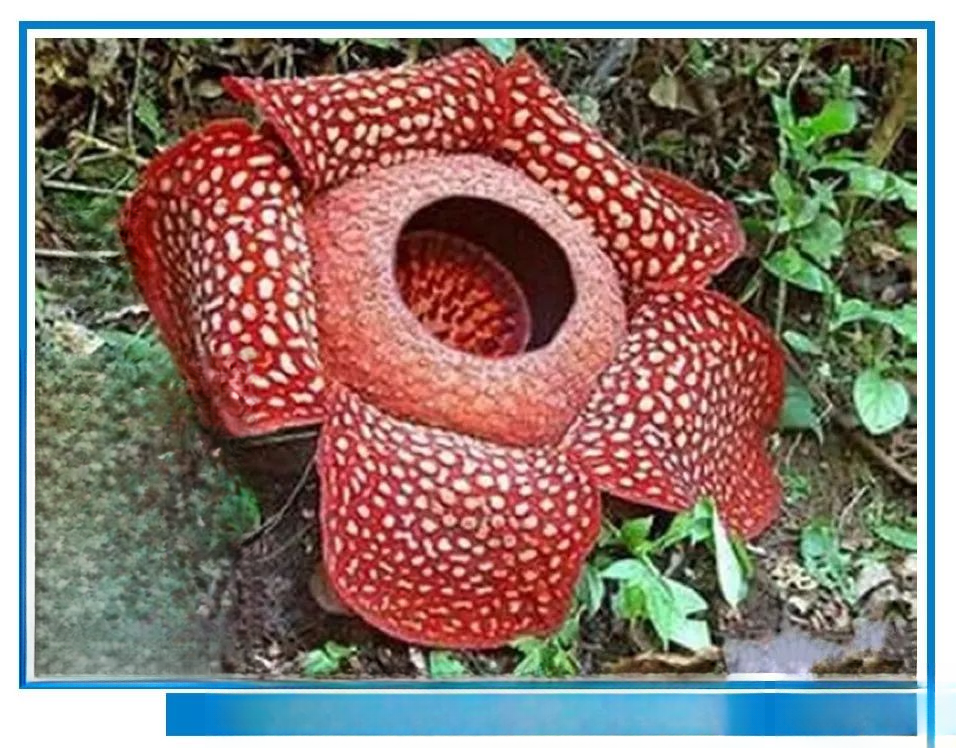
— — Rafflesia —
Rafflesia: Other names: Rafflesia, Corpse Flower, Rafflesia, Corpse Flower is a species of Rafflesia in the family Rafflesia of the class Rosida, class Dicotyledonous plants. Native to the Malay Archipelago. A fleshy parasitic herb with a very short main axis, weighing up to 9 kg. The flowers are giant. The diameter is 50 to 90 cm, brightly colored, with a rotten smell, attracting carrion-eating insects for pollination, and the inner surface of the perianth has small tubercles.
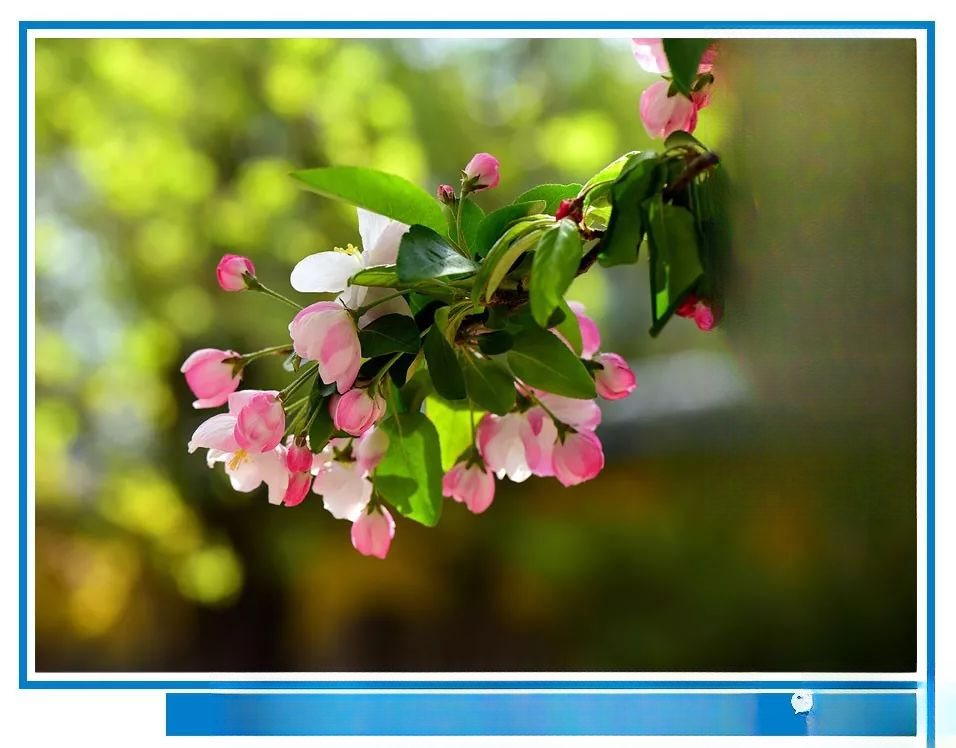
— —Herba Begonia
Malus xifuensis: Alias: Haihong, Zimu Malus, Xiaoguo Malus, is a plant of the genus Malus in the Rosaceae family, and is a unique plant. It is distributed in Yunnan, Gansu, Shaanxi, Shandong, Shanxi, Hebei, Liaoning and other places, growing in areas with an altitude of 100 to 2400 meters. It has been artificially introduced and cultivated. Malus xifuensis grows well in the dry areas of the north. It likes light, is cold-resistant, drought-resistant, and avoids water and humidity. It is the best product for shrubs and a more popular product in greening projects.
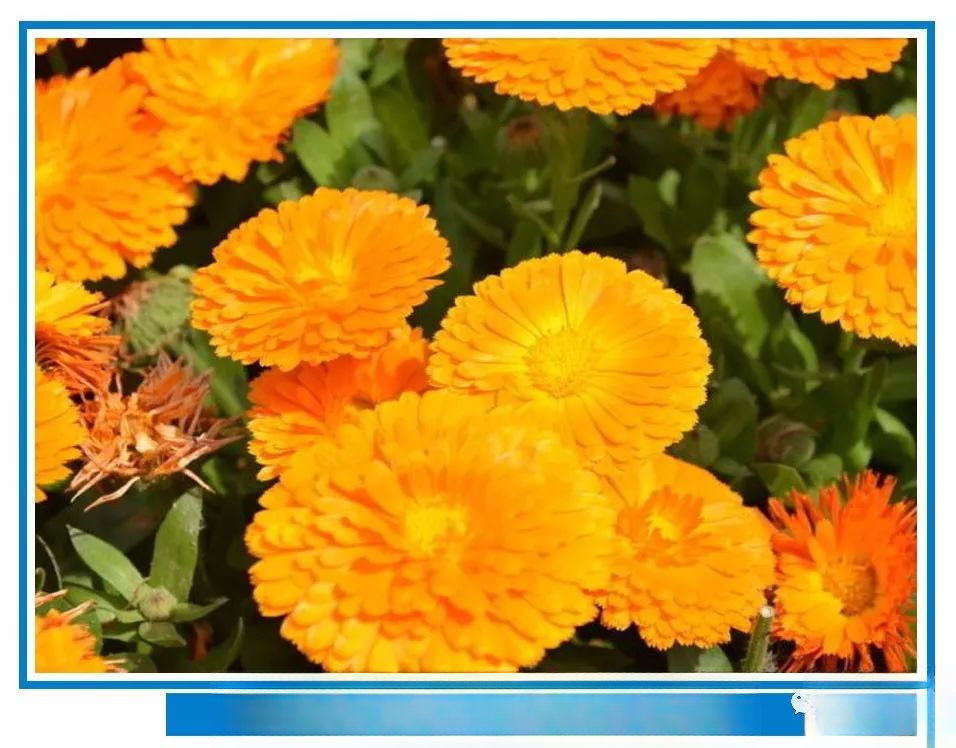
— —Dragon's Tongue——
Clerodendrum thomsoniae: Also known as pearl lotus, it is a plant of the genus Verbenaceae. In summer and autumn, the top white calyx of Clerodendrum thomsoniae spits out bright red corolla, which is inlaid with red and white, and looks like a dragon spitting pearls. It is very beautiful and is a common potted flower. Clerodendrum thomsoniae is native to tropical West Africa and has a short history of cultivation. It has a peculiar flower shape and blooms profusely. It is mainly used for greenhouse cultivation and viewing. It can be used as a flower stand, and it can also be used as a potted plant to decorate window sills and small summer courtyards. The whole plant can be used as medicine. Summer seems to be dominated by white flowers, and Clerodendrum thomsoniae, which is known for its simplicity, is one of them.
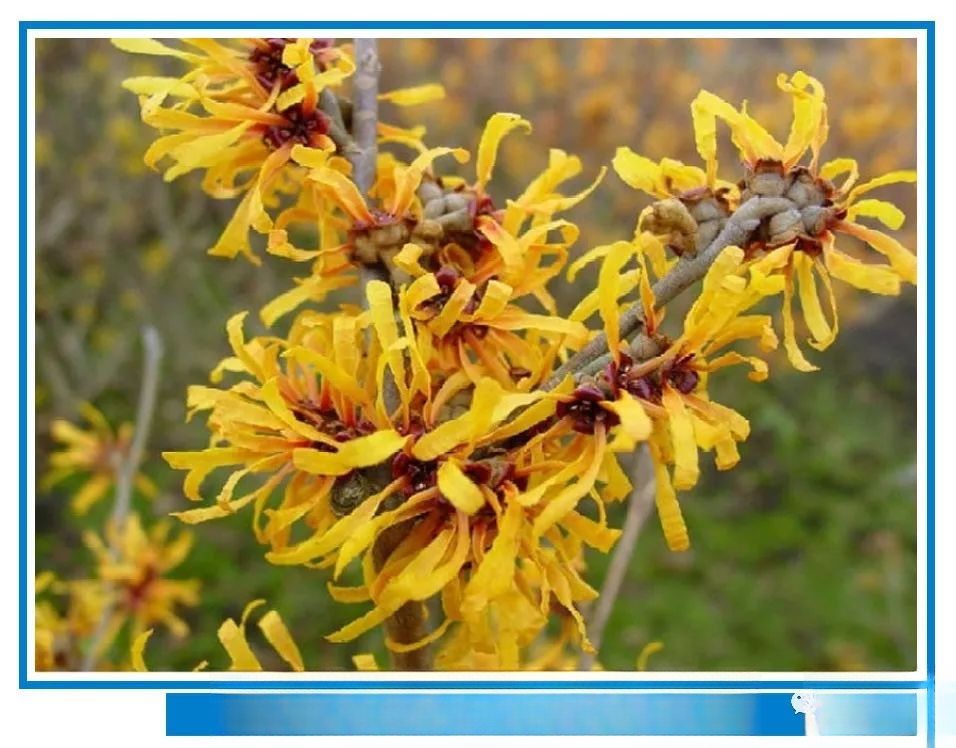
— —Witch Hazel——
Hamamelis: Also known as Mulixiang and Niu Taguo, it is a deciduous shrub or small tree of the genus Hamamelis, Rosales, Hamamelidaceae, up to 8 meters high; young branches have star-shaped hairs; old branches are bare; buds are long oval, and the leaves are beautifully obovate. The leaves bloom before February, and several flowers are clustered in the axils of the leaves. The color is golden, and its golden petals are like threads, dancing gracefully. It blooms in early spring and blooms in the snow, resembling wintersweets, hence the name. Because of its cold resistance, it is also called "honeysuckle flower".
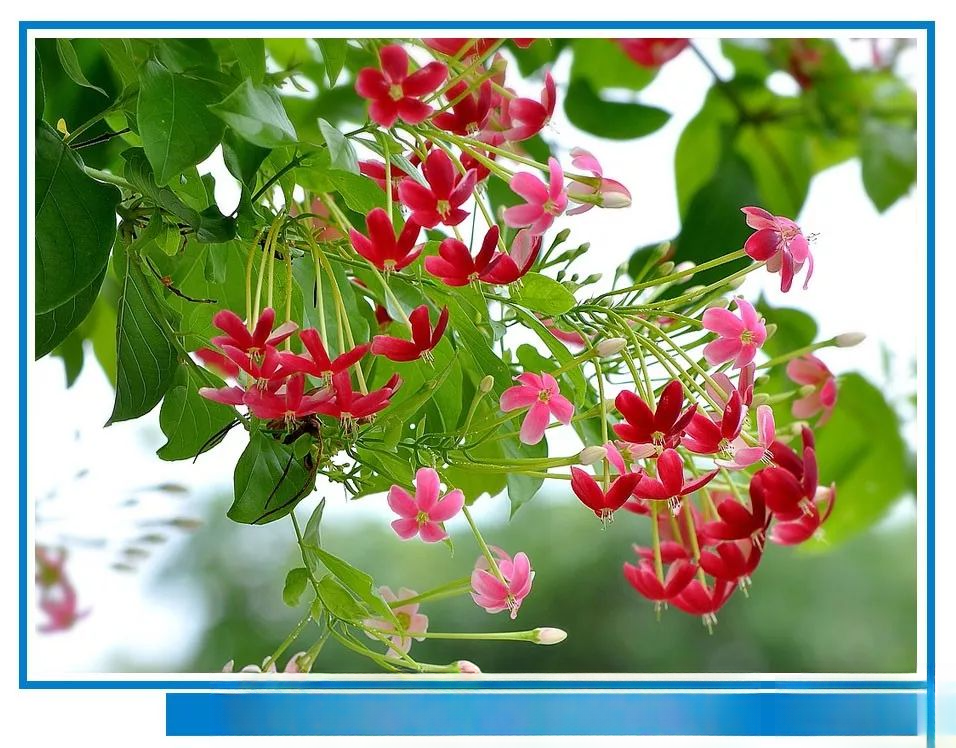
— —Quercus serrata——
Quisqualis chinensis: Other names: Liuqiuzi, Shijunzi, Shijungen, Lijunzi, Shuijunzi, deciduous climbing shrub. Leaves are opposite, oblong to elliptic-lanceolate, 5-13cm long, 2-6cm wide, with yellow-brown short soft hairs on both sides; petioles are hairy, and the base of persistent petioles is thorn-like. Corymbose spike inflorescence is terminal; calyx tube is tubular, about 6cm long, with 5 lobes at the tip; petals are 5, oblong or obovate, white and then red, with fragrance; stamens are 10, 2 whorls; ovary is inferior, 1 room, style is filamentous. Fruit is olive-shaped, dark brown. Flowering period is from May to September, and fruiting period is from June to October. Mainly produced in Sichuan, Fujian, Guangdong and Guangxi.
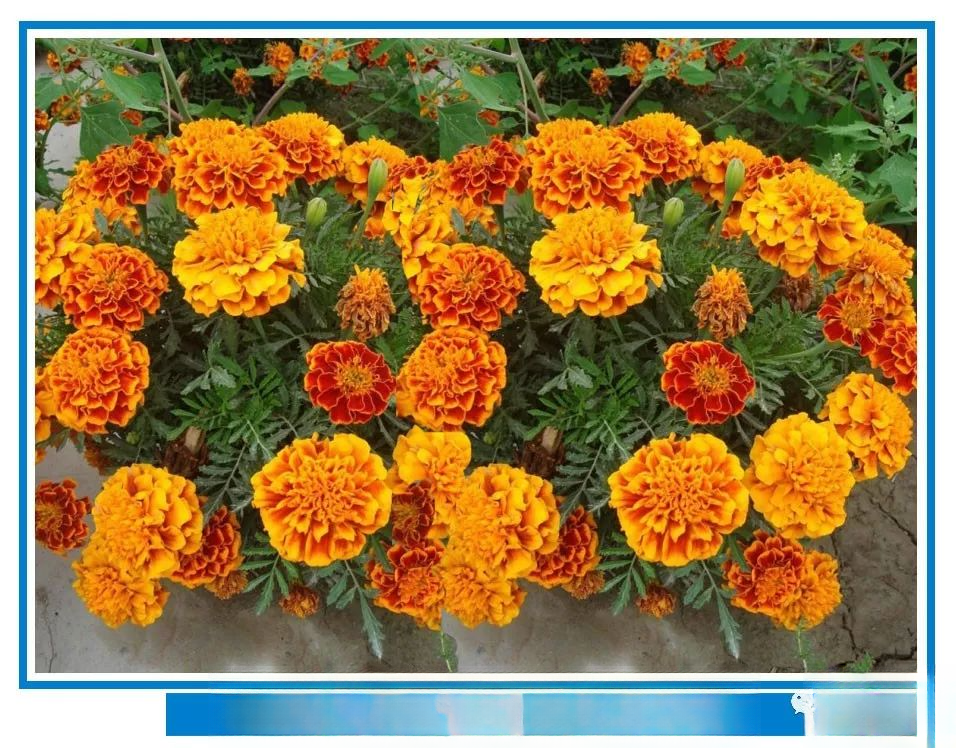
— —Peacock grass——
Marigold: Other names: yellow chrysanthemum, five-petal lotus, old red, stinking chrysanthemum, peacock chrysanthemum, small marigold, red and yellow grass, satin flower. It is the whole herb of the asteraceae plant Marigold. It is harvested in summer and autumn and used fresh or dried. It grows in hillside grasslands and forests at an altitude of 750-1600m, or is cultivated in gardens. It is distributed in Sichuan, Guizhou, Yunnan and other places.
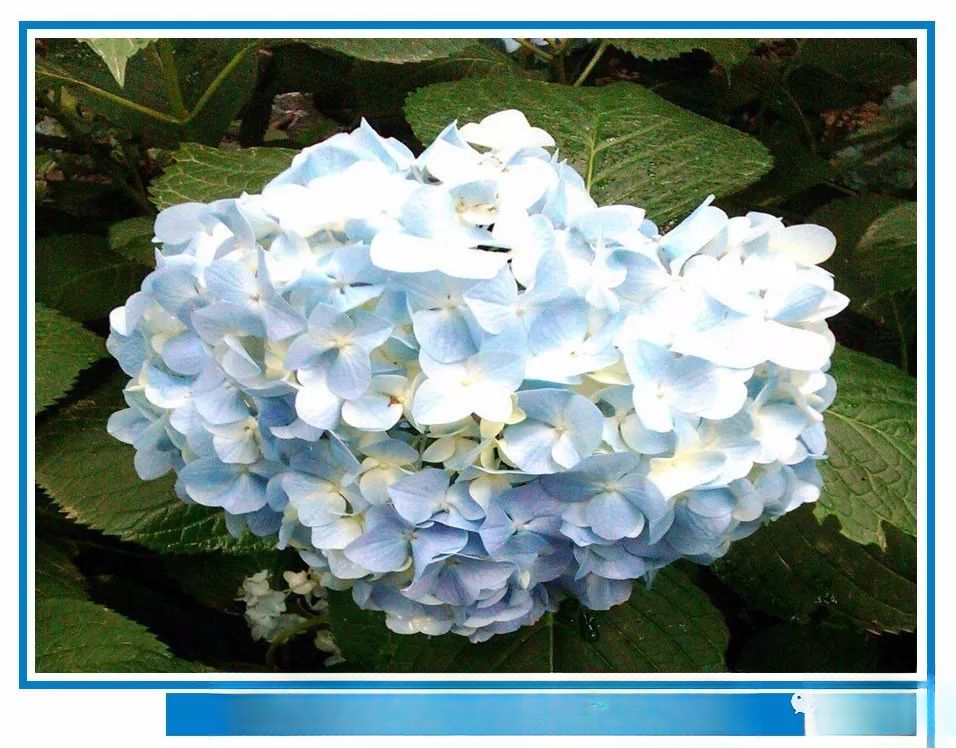
——Hydrangea——
Hydrangea: Also known as hydrangea and hydrangea, it is a plant of the genus Hydrangea in the family Saxifragaceae. The flowers of hydrangea are white, plump, large and beautiful. The colors of the flowers can be red or blue, which is pleasing to the eyes and refreshing. It is a common potted ornamental flower. The cultivation of hydrangeas started quite early. Hydrangeas were planted in the Jiangnan gardens built in the Ming and Qing dynasties. Parks built in the early 20th century also relied on the planting of hydrangeas. Modern parks and scenic spots are planted in large areas to form landscapes.
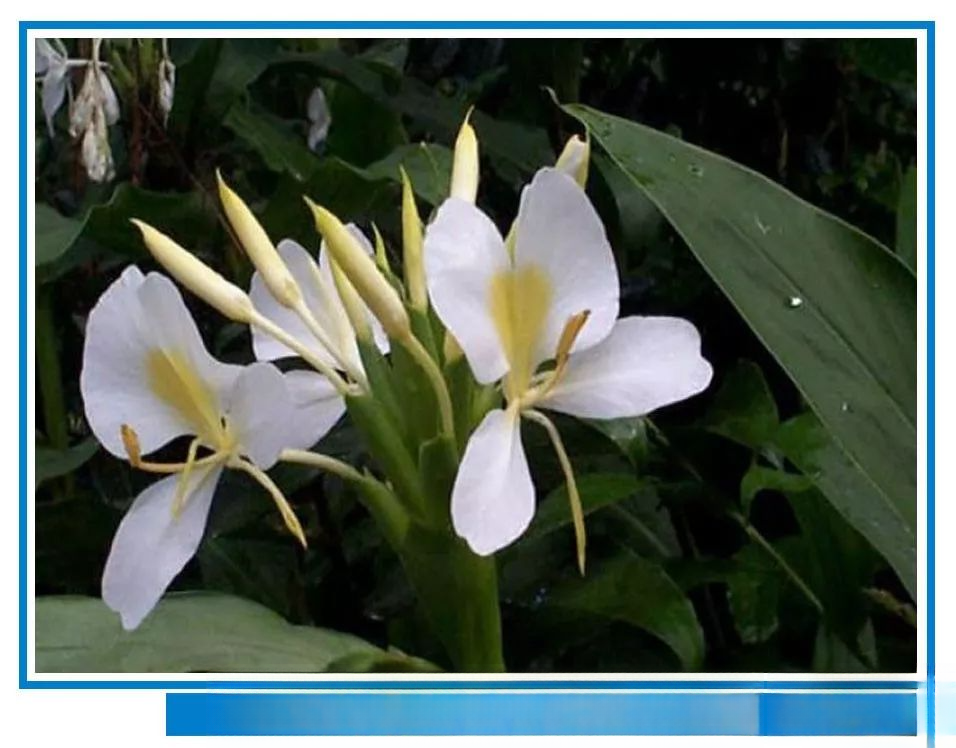
——Ginger flower——
Ginger flower, also known as wild ginger flower, is a freshwater herb of the genus Zingiberaceae, 1-2 meters high. It can be planted in pots for viewing. Its white flowers look like butterflies, so it is also called butterfly ginger, white butterfly flower, etc. It is native to tropical Asia, tropical areas of India and Malaysia, and was probably introduced in the Qing Dynasty. The inflorescence of ginger flower is spike-shaped, the calyx is tubular, the leaf sequence is alternate, the leaves are long and narrow, pointed at both ends, the leaf surface is bald, and the back of the leaf is slightly hairy. It is not cold-resistant, prefers a warm winter and a humid summer environment, has poor drought resistance, and should be semi-shaded in the early growth period, and needs sufficient sunlight during the vigorous growth period.
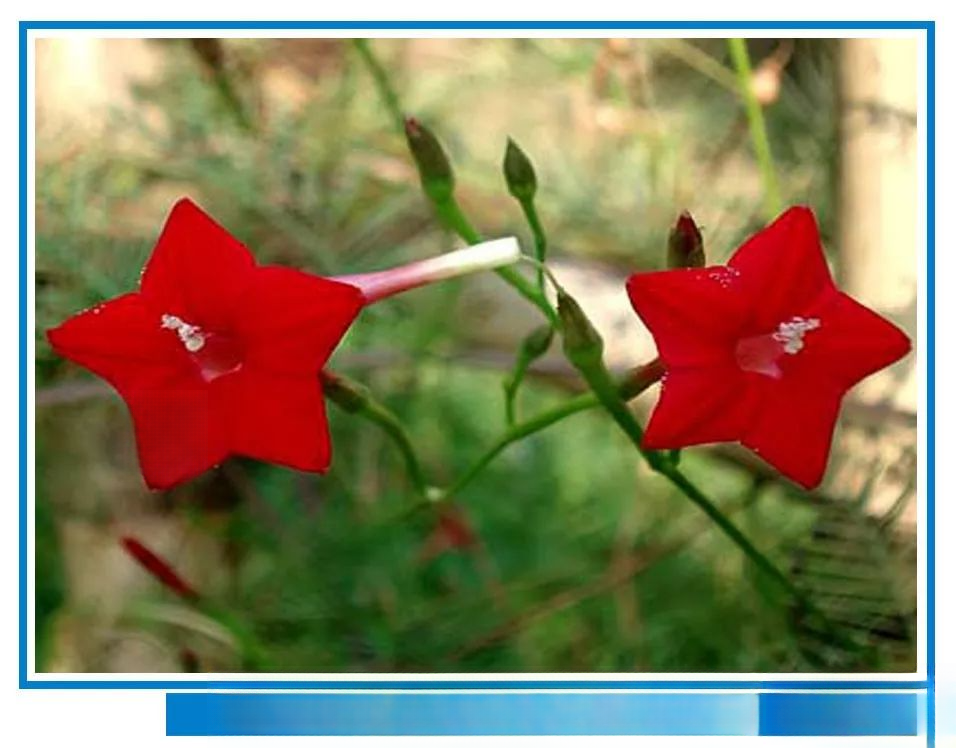
——Thunbergia——
Iris: Native to Mexico, it is also known as Pinus pilosa, commonly known as Pentagram and Lion Grass. Where does the name Iris come from? The Book of Songs says: "Iris is a female vine, planted on pine and cypress", which means that brothers and relatives depend on each other. Iris is a parasitic plant, and female vine is a dodder, both of which are plants that parasitize pine and cypress. Iris looks like Iris and female vine, so it is named after the two. Iris is used as medicine to treat ear carbuncle and hemorrhoids.
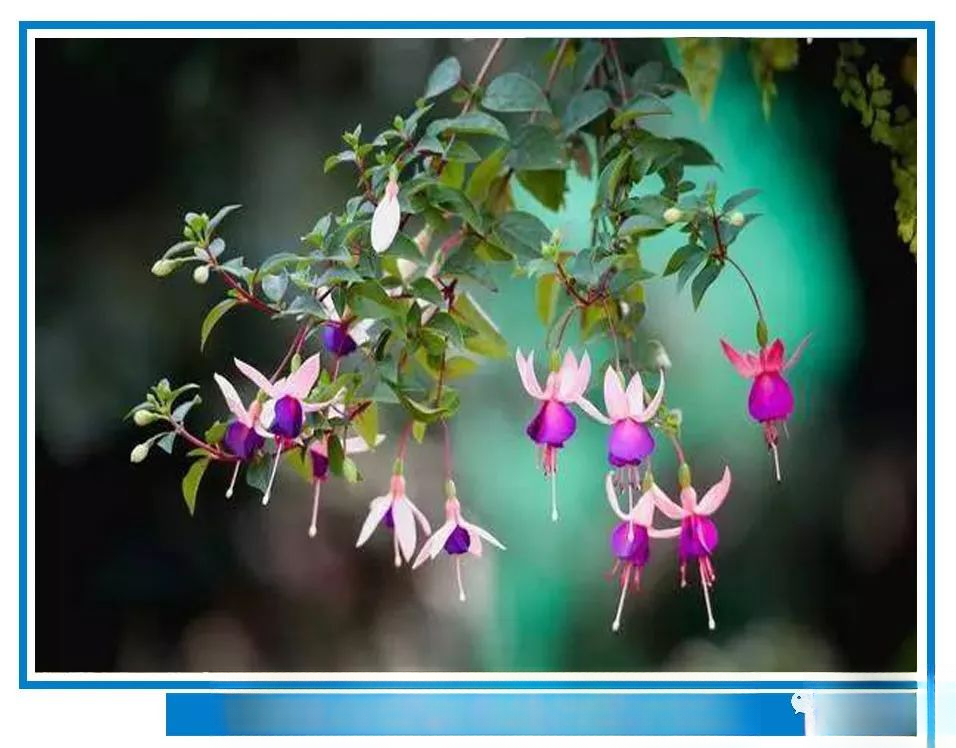
——Golden Bell——
Golden Bell: Other names: Earth Forsythia, Fine-leaved Forsythia, Golden Bell Flower. Deciduous shrub, up to 3m tall. Grown in bushes on hillsides, stream banks, and forest edges. The golden strips bloom before the leaves, and the flowers are brilliant golden yellow. They can be planted in clumps on lawns, wall corners, roadsides, tree edges, and in front of courtyards. The fruit shells, roots, or leaves of the Golden Bell plant of the Oleaceae family can be used as medicine.
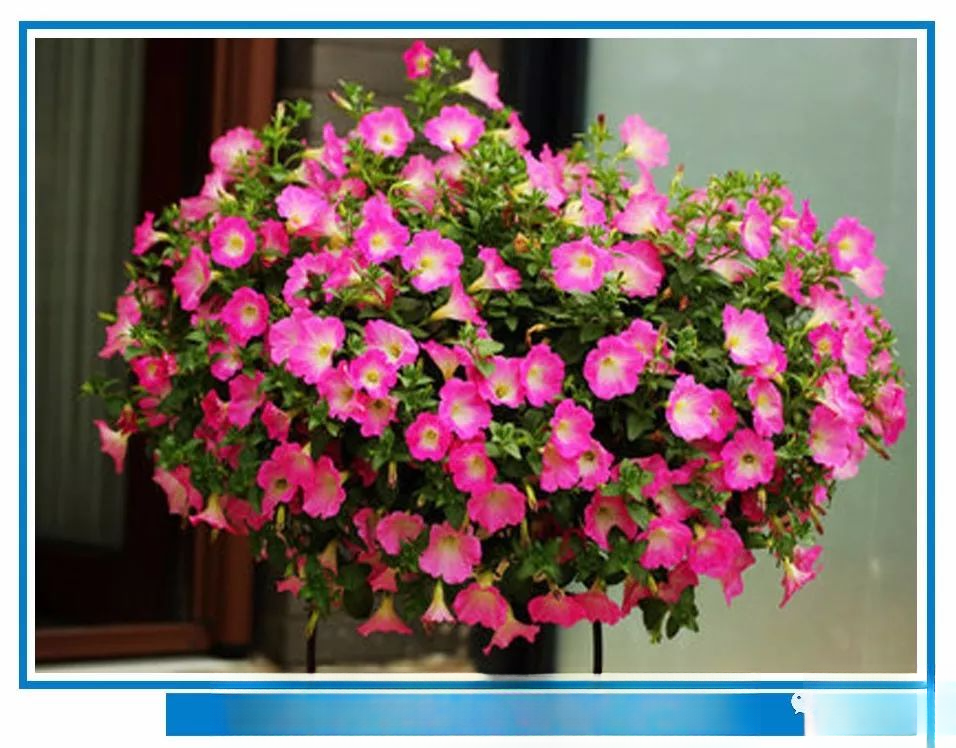
——Petunia——
Petunia: Alias: Petunia, hybrid feather-bumping morning glory, Lingzhi peony, shuttlecock flower, dwarf trumpet, sweet potato flower, feather-bumping morning glory. Perennial herb, often cultivated as one or two years; plant height 15-80 cm, also clumping and creeping types; leaves elliptical or oval; can bloom in the same year after sowing, flowering period lasts for several months, corolla trumpet-shaped; flower shape has single petal, double petal, petal edge wrinkled or irregular serrations, etc.; red, purple, white, dark purple, pink, rose red, light blue, white background with red stripes and various colors of mottled, or bordered, or star-shaped, etc.; capsule, seeds are very small.

——Pearl bush——
Pearl bush: Other names: mountain sorghum strips, Gaokaizi, eight strips, pearl flowers. It is native to northern Asia and is distributed in Hebei, Gansu, Shandong, Shanxi, Inner Mongolia, Jiangsu and other places. It is a shrub, a deciduous broad-leaved shrub, which likes sunlight and has strong shade tolerance, cold resistance, moisture resistance and drought resistance. It is not demanding on soil and can grow normally in ordinary soil, and grows stronger in moist and fertile soil. It grows fast, has strong sprouting ability, and is resistant to pruning.
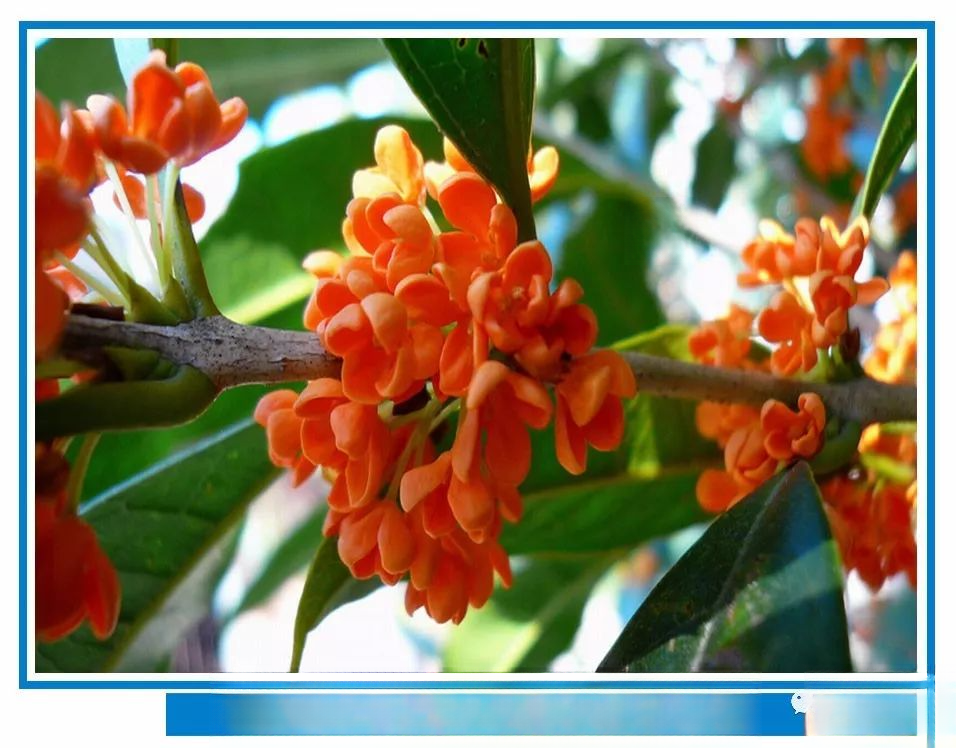
——Osmanthus fragrans——
Osmanthus fragrans: Osmanthus fragrans varieties: bloom in autumn, with darker colors, ranging from orange, orange-yellow, orange-red to vermilion. Varieties include "Cinnabar Osmanthus fragrans", "Big Leaf Osmanthus fragrans", "Small Leaf Osmanthus fragrans", "Tooth Osmanthus fragrans" and other varieties. An evergreen shrub, dioecious, with oblong leaves, orange-red flowers, and a strong fragrance. It is a precious ornamental plant.
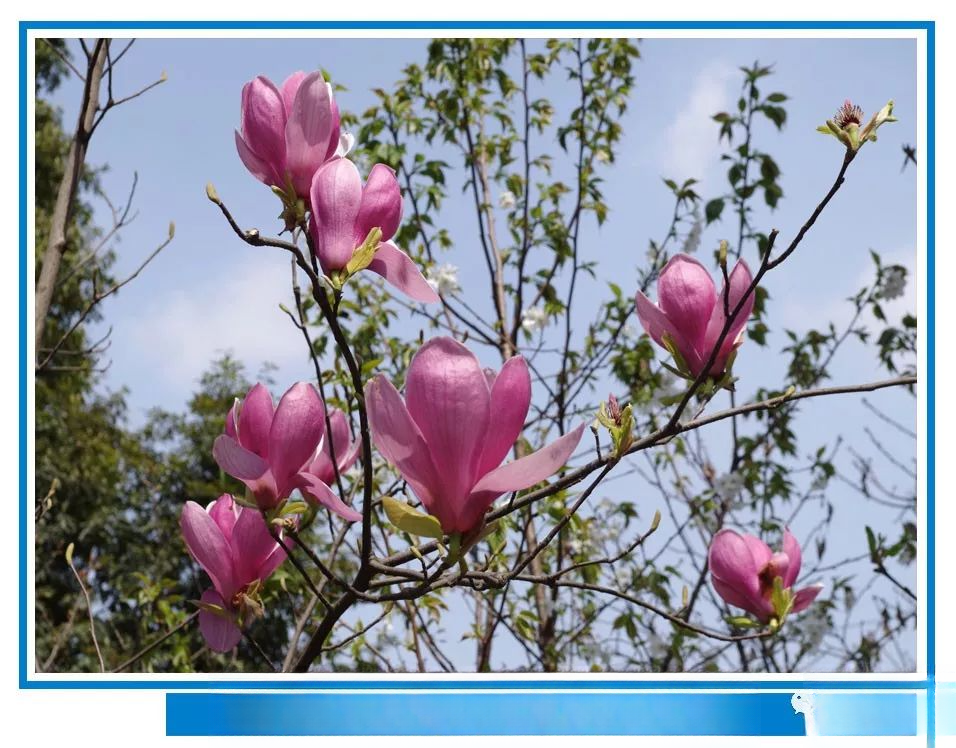
——Purple Magnolia——
Purple Magnolia: Magnolia genus of Magnoliaceae, also known as Magnolia, Magnolia, is a unique plant distributed in Yunnan, Fujian, Hubei, Sichuan and other places. It grows in areas with an altitude of 300 to 1,600 meters, generally growing on the edge of the hillside forest. Purple Magnolia has bright and pleasant flowers and a light fragrance. It is beautiful whether planted alone or in a group. The tree is graceful and luxuriant. It is an excellent garden and street greening plant. It is a traditional flower and Chinese medicine with a history of more than 2,000 years.
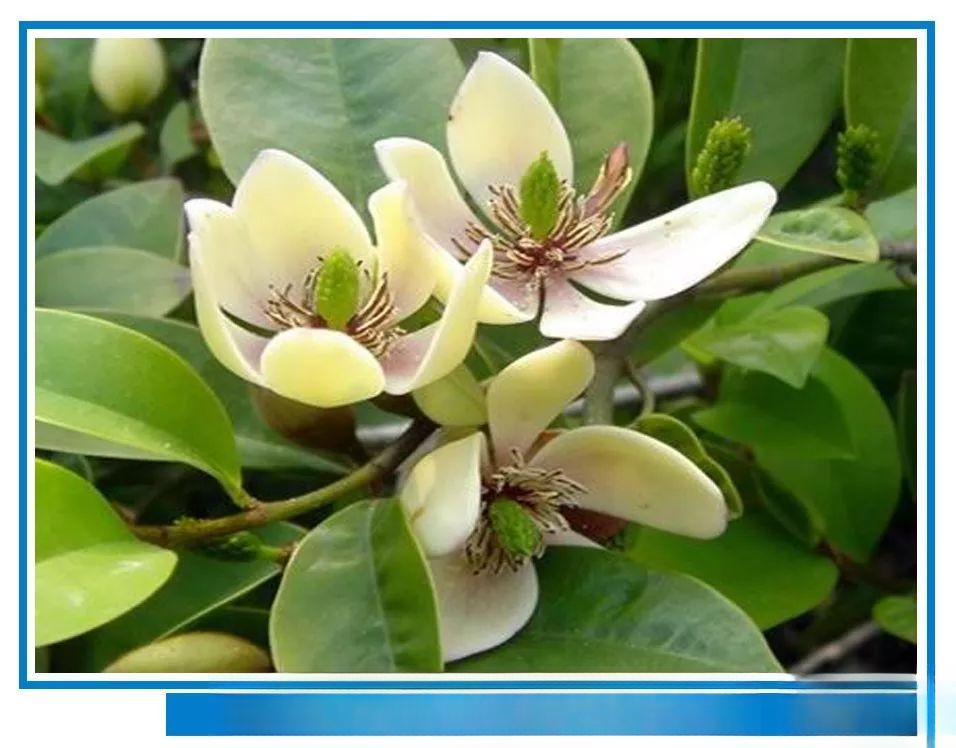
——Michelia——
Michelia: Other names: Michelia, Michelia plum, mountain knotweed, white orchid, Tanghuangxin tree, banana flower, banana shrub, famous aromatic flowers and trees, with buds as smooth as jade, fragrance as faint as orchid, brightly facing the sun, smiling in the wind, green leaves and elegant branches. When in full bloom, it is an ornamental plant with beautiful flowers and leaves when displayed indoors. In China, Michelia has always been a familiar and beloved ornamental plant.
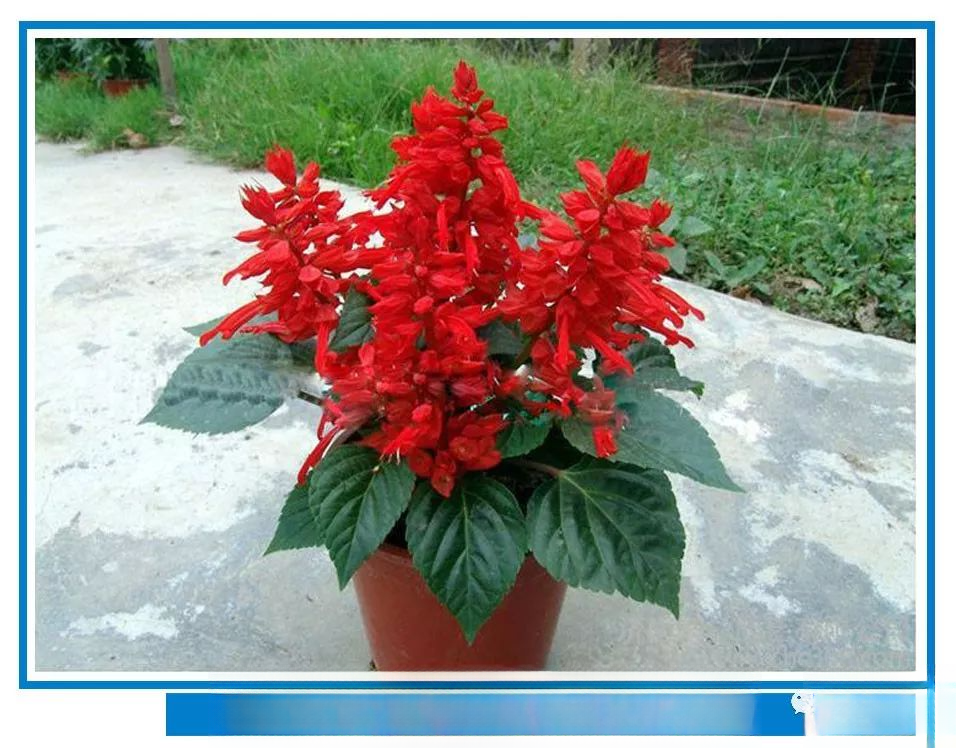
——A bunch of red——
Salvia affine: Also known as firecracker red, it is a plant of the genus Salvia in the Lamiaceae family. Salvia affine has a slender inflorescence, bright red color, long flowering period, and strong adaptability. It is the most commonly cultivated herbaceous flower in cities and gardens. In recent years, foreign countries have made new developments in the application of Salvia affine ornamental plants. Many new varieties of Salvia affine (red lips) and Salvia affine (blue calyx) have been cultivated. It has also been introduced and produced in small batches, which has played a good role in urban landscape layout.
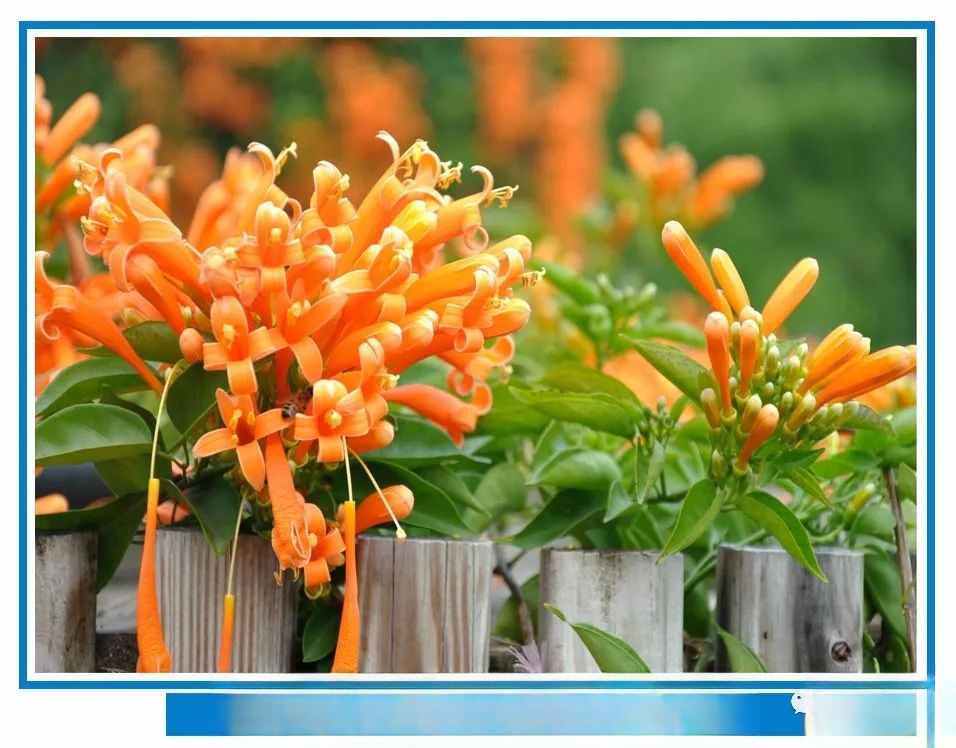
——Firecracker flower——
Firecracker Flower: Other names: Buddleja, Torch Flower, Golden Coral, Firecracker Flower, Eel Vine, mostly planted around garden buildings, climbing on pergolas, in early summer, the red-orange flowers are clustered in clusters, shaped like firecrackers, so it is called Firecracker Flower. It likes light, warm and humid climate and acidic soil. It likes sunny environment and fertile, moist, acidic soil, grows rapidly, in southern China, it can keep its branches and leaves evergreen, and can overwinter in the open. It can be used to cover the walls of low-rise buildings or as vertical greening materials for trellises, flower corridors, balconies, etc.
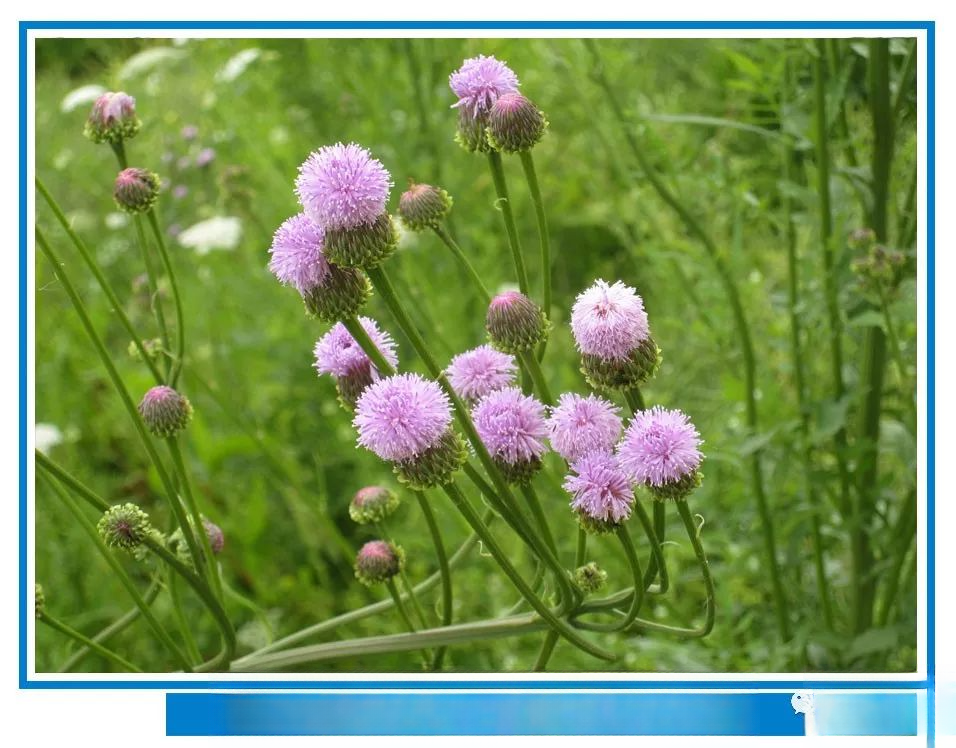
——Thistle——
Thistle: Also known as prickly lettuce. It is a plant of the genus Thistle in the Asteraceae family. It is distributed in most areas, including Central and Eastern Europe, Eastern Russia, Japan, and North Korea. It grows in areas with an altitude of 140 to 2,650 meters, generally in wasteland, grassland, hillside forests, roadsides, bushes, fields, forest edges, and streams. It is cultivated for medicinal purposes.
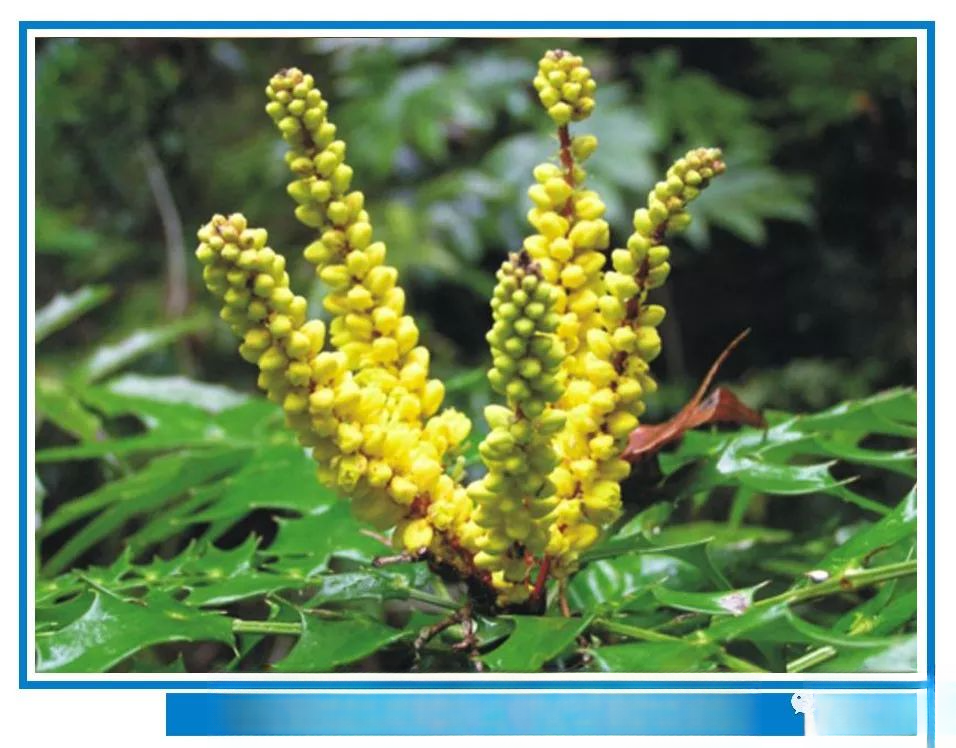
——Ten major achievements——
Mahonia: Other names: Mahonia angustifolia, Mahonia serrata, Huangtian bamboo, Phellodendron chinense, Cat's thorn, Phellodendron chinense, Star-angled thorn, Phellodendron chinense, belongs to the genus Mahonia of Berberidaceae, and can be used as potted plants, garden planting and medicinal purposes. Other names: Mahonia angustifolia, Mahonia serrata, Huangtian bamboo, Phellodendron chinense, Cat's thorn, Phellodendron chinense, Star-angled thorn, Phellodendron chinense, Cat's head (commonly known as cat's thorn leaf in southern Anhui), and Phellodendron chinense. Mahonia, Mahonia, Scutellaria baicalensis, West Wind Bamboo, Phellodendron chinense. It grows under forests and bushes on hillsides at an altitude of 350-2000 meters, or in relatively shady and wet places. It grows in the shade and reproduces by seeds.
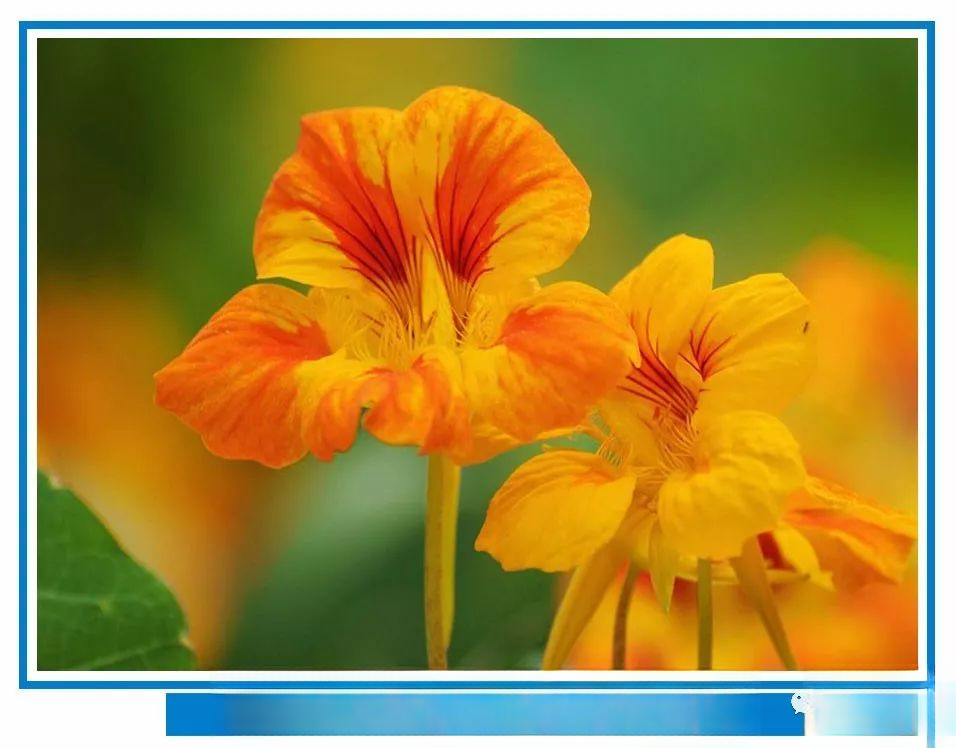
——Nasturtium——
Nasturtium: Other names: dry lotus, cold lotus, golden lotus, dry lotus, golden lotus, cold lotus, big red bird are rare wild plants of the Nasturtium family and the genus Nasturtium. They are annual or perennial climbing plants. The plant height is 30cm-70cm. The basal leaves have long petioles, the leaves are pentagonal, three-partite, and the two lobes have a few small lobes and sharp teeth. The flowers are solitary or 2-3 in a cyme, with 8-19 sepals, yellow, elliptical obovate or obovate, and the petals are the same length as the sepals, narrow strips. The leaves are fat and the flowers are beautiful, with purple, orange, milky yellow, etc. The nasturtium vines are winding, the leaves are shaped like bowl lotus, and when the milky yellow flowers are in full bloom, they are like a group of butterflies flying. It is an important summer ornamental flower.
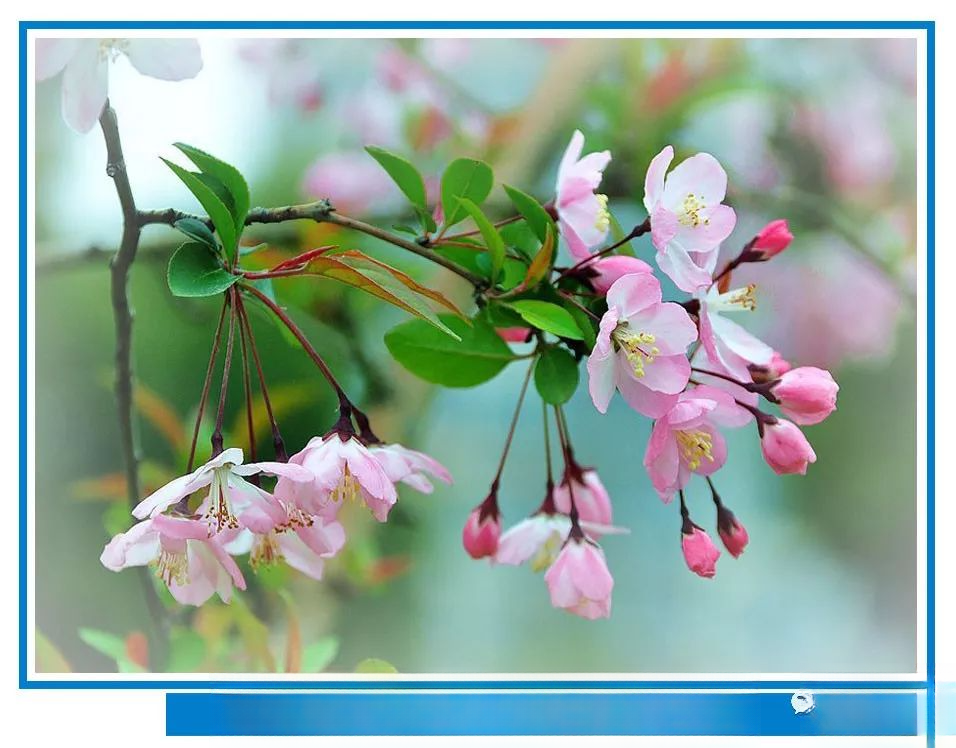
——Weeping Begonia——
Weeping Begonia: Also known as Weeping Branch Begonia. It is a small deciduous tree with purple-red twigs and leaves and pink, drooping flowers. It is very beautiful in early spring and is commonly cultivated for ornamental purposes. There are double-petal and white-flowered varieties.
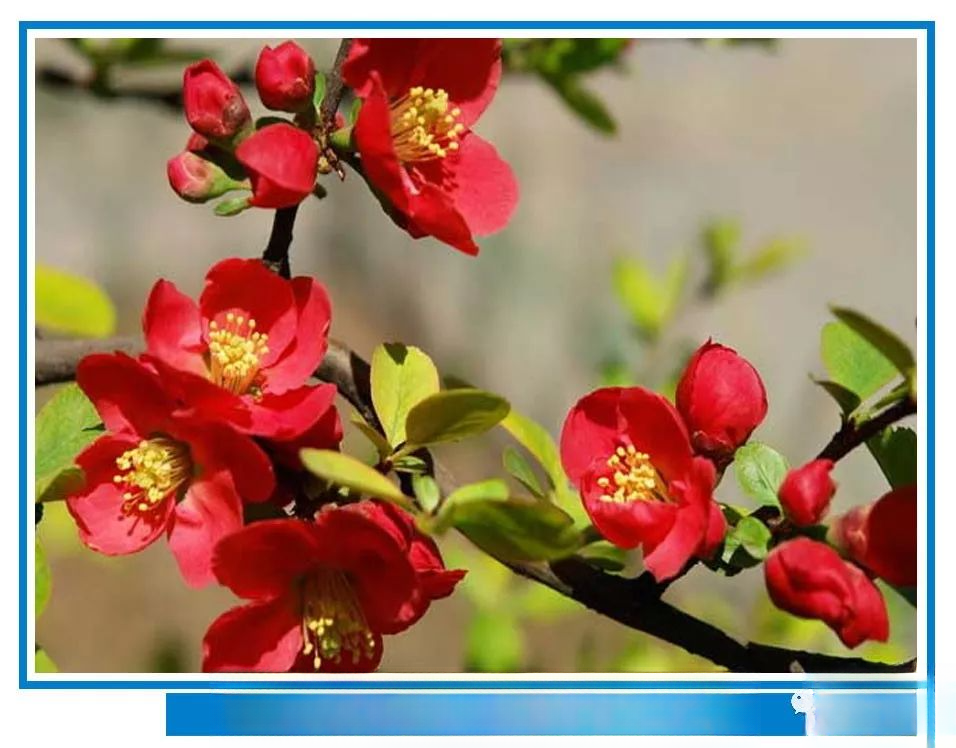
——Stem crabapple——
The stalked crabapple: Also known as the iron-footed crabapple, iron-rod crabapple, wrinkled papaya, Sichuan papaya, and Xuan papaya, it is a plant of the genus Chaenomeles in the Rosaceae family. Its branches grow in clusters, with thorns on them. Its pedicels are very short, and the flowers are close to the branches, hence the name. It is widely known from the Ming Dynasty's "Collection of Flowers". Its flowers are fresh, plump, and gorgeous. It is one of the main spring flowers and trees in the garden. It can be planted alone in the garden to arrange the flower border, or planted in rows as a flower hedge, or as a potted plant for viewing. It is an ideal flower and fruit tree stump bonsai material.
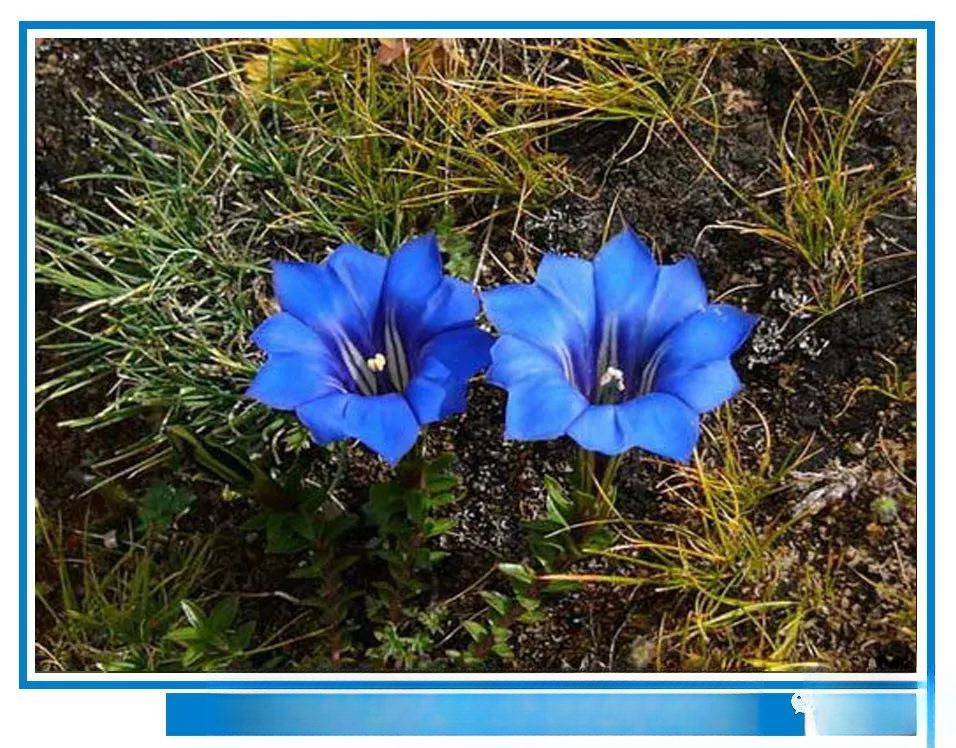
——Gentian——
Gentiana: Other names: ground dandelion, gentian grass, Guanyin grass. It is a general name for plants of the genus Gentiana in the Gentianaceae family. This genus is produced in temperate areas. There are more than 340 species, and there are about 60 species in Yunnan, accounting for more than half of the country. Yunnan is most concentrated in northwest Yunnan, high mountains and sub-mountain areas. Most species grow in high mountain temperate areas and high mountain cold areas at an altitude of 2000-4800 meters. The highest gentian flower is only 40 to 50 centimeters, and most of them are short and close to the ground. The flowers grow at the top of the branches, in an ancient bell shape or funnel shape, mostly in green, blue or light green, and generally bloom in autumn and winter.
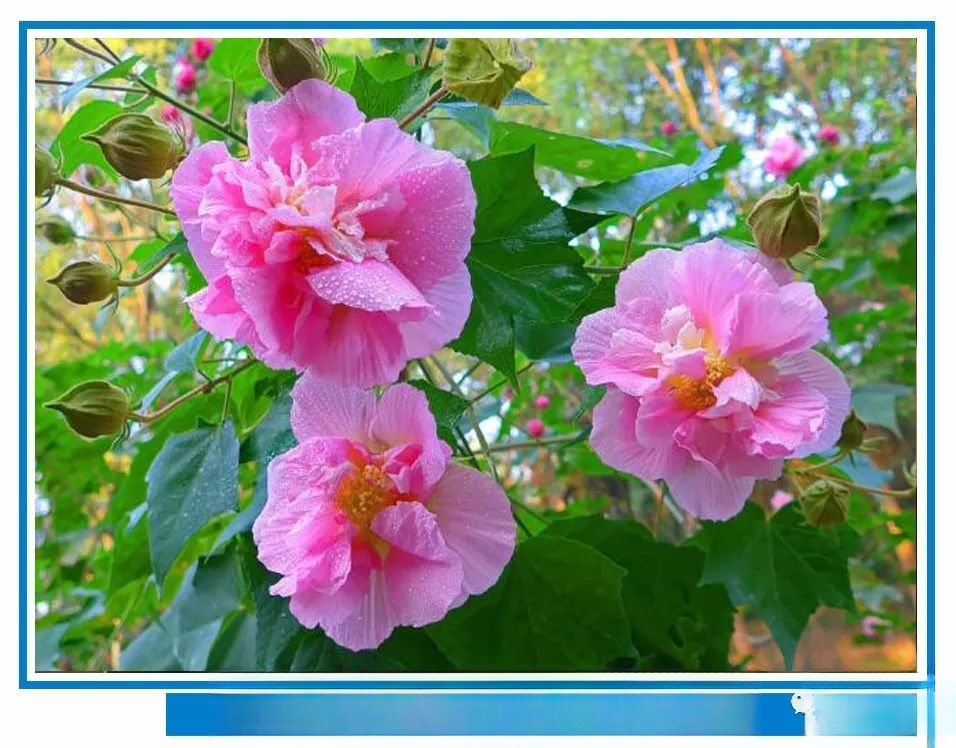
——Hibiscus——
Hibiscus: Hibiscus flower, frost-resistant flower, Magnolia, ground hibiscus, Huamu, native. Likes warm and humid environment, not cold-resistant. Avoids drought, resistant to water and humidity. Not demanding on soil, can grow in barren land. Belongs to Malvaceae, Hibiscus genus. Deciduous shrub or small tree. Growing in clusters, only about 1m high. Large leaves, broadly ovate, 3-5 lobes, triangular lobes, heart-shaped base, leaf margins with blunt serrations, hairy on both sides. Flowers solitary in the axils of leaves at the end of branches.
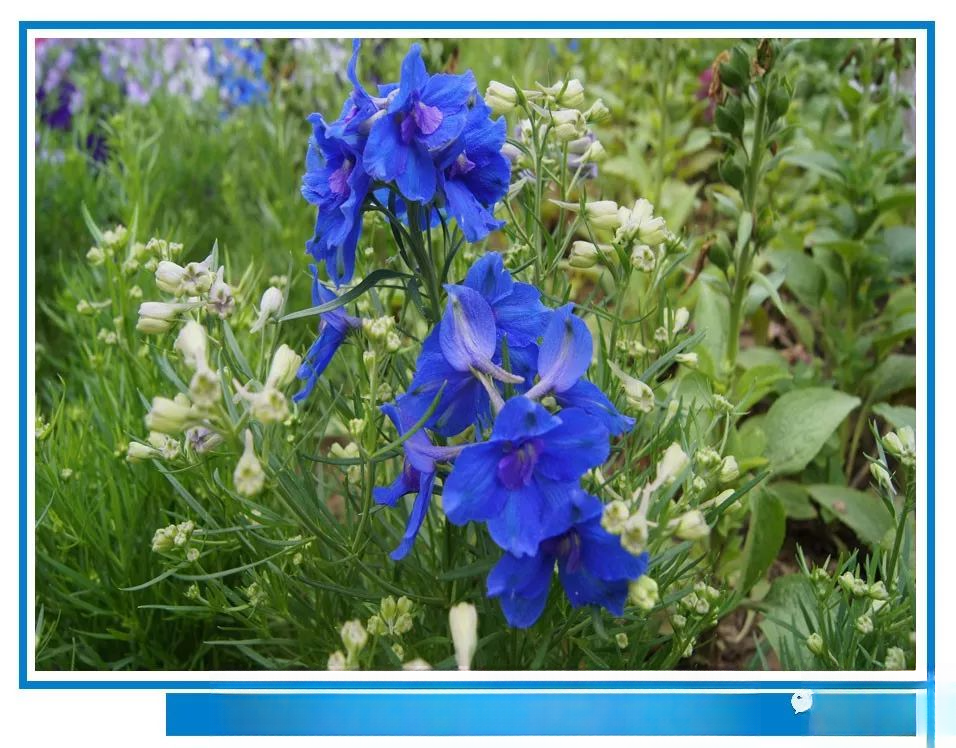
——Delphinium——
Delphinium: Alias: large-flowered delphinium, pigeon flower, centenarian grass, chicken claw, dry bird grass, thousand bird flower, Rob flower, is a one- or two-year-old herbaceous flower of the genus Delphinium in the Ranunculaceae family. The plant type of delphinium is upright, with a plant height of 30 cm to 100 cm, and some varieties can reach a plant height of 120 cm. Its stems and leaves are sparsely covered with velvet, and the leaves are alternate, deeply palmately split to completely split, and the lobes are linear; the base leaves have long petioles, and the upper leaves are sessile.
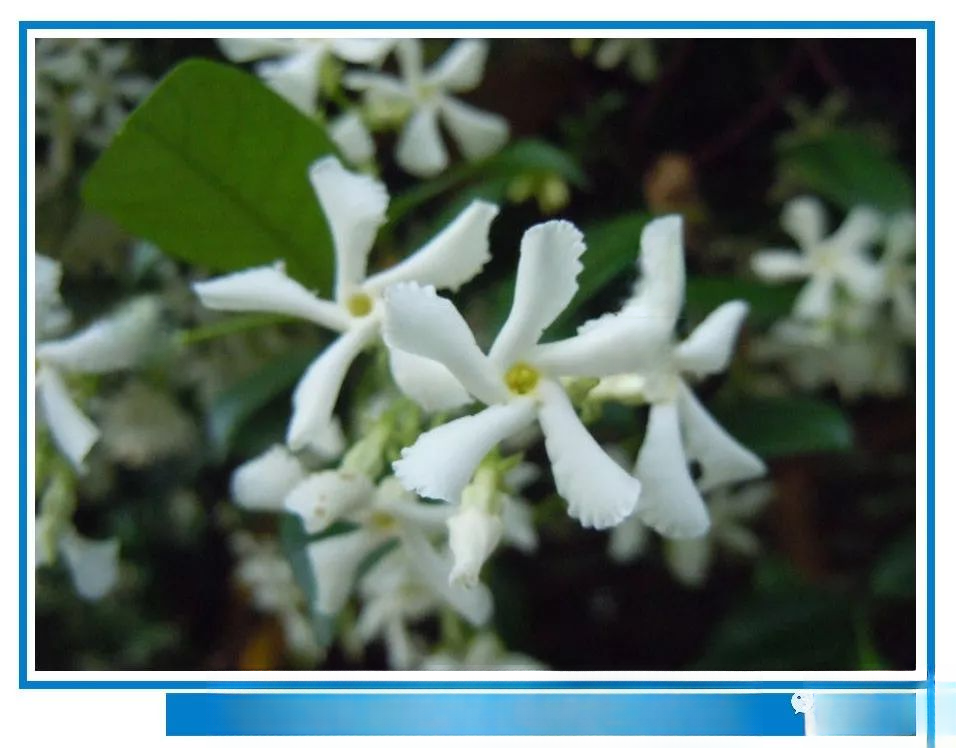
——Trachelospermum glabra——
Trachelospermum: Also known as stone dragon vine, winter-resistant vine, white flower vine, trachelospermum vine, soft tendon vine, wall-climbing tiger, stone ling, hanging stone, cloud flower, cloud ying, cloud dan, cloud bead, etc. It is an evergreen woody vine of the Apocynaceae family, with reddish brown stems, young branches covered with long yellow soft hairs, and aerial roots. It often climbs on trees and rock walls; it blooms white flowers in early summer in May, shaped like the Chinese character "wan", and is fragrant. Trachelospermum is native to Shandong, Shanxi, Henan, Jiangsu and other places. Trachelospermum likes a semi-shaded and humid environment, is drought-resistant and moisture-resistant, and is not strict with soil requirements. Well-drained sandy loam is the most suitable.
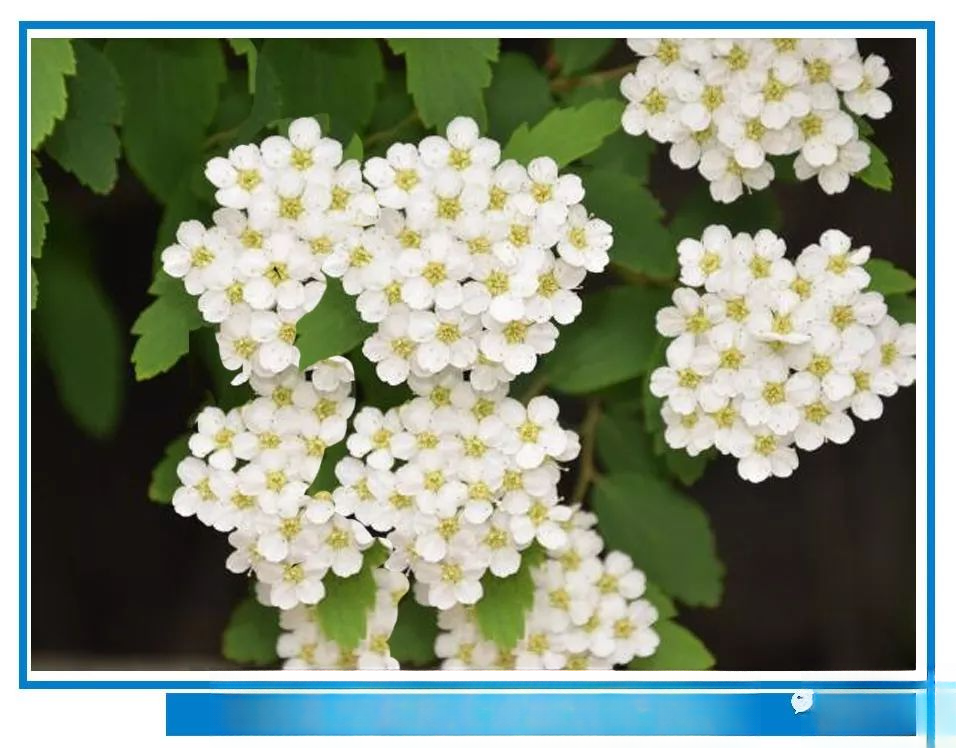
——Spiraea——
Spiraea: Also known as leech tip, honey wine grass, it is a plant variety of the genus Spiraea in the Rosaceae family. It blooms bright pink flowers in summer and is cultivated for ornamental purposes. It is also a nectar source plant. Parts used: flowers and leaves.
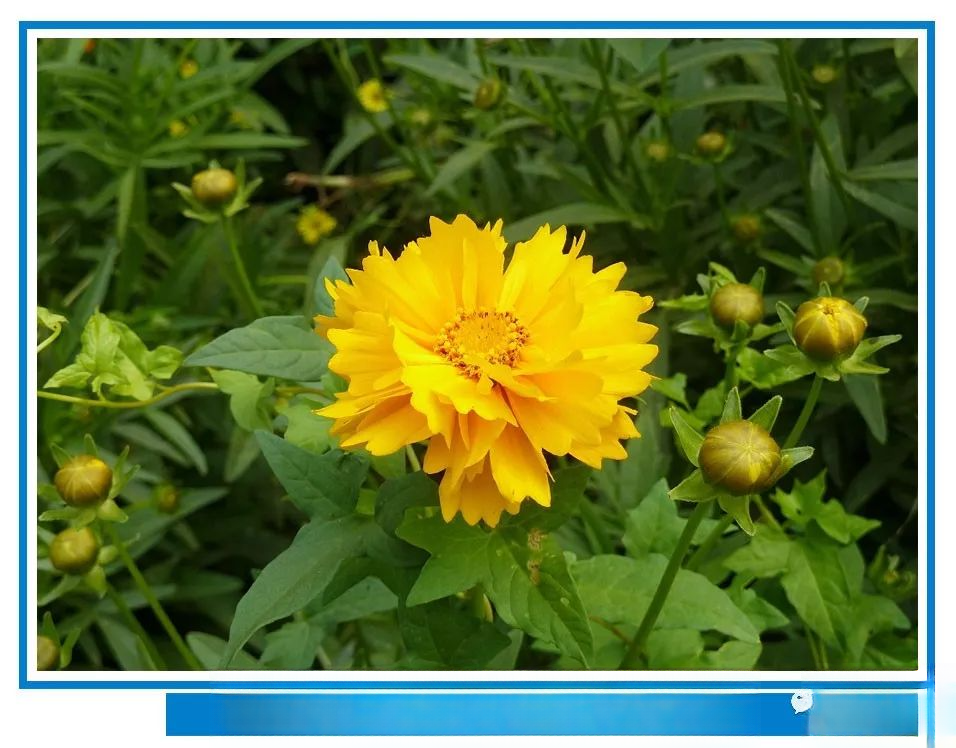
——Coreopsis——
Coreopsis: Also known as Cosmos, it is a genus of Asteraceae, an annual and perennial herb, most of which are native to eastern North America. It was first introduced and planted by the British in Shandong Peninsula, and now grows in many parts of the country. Coreopsis belongs to the Asteraceae family. The main species are Coreopsis, Coreopsis grandiflora, Coreopsis grandiflora, and Coreopsis verticillata.
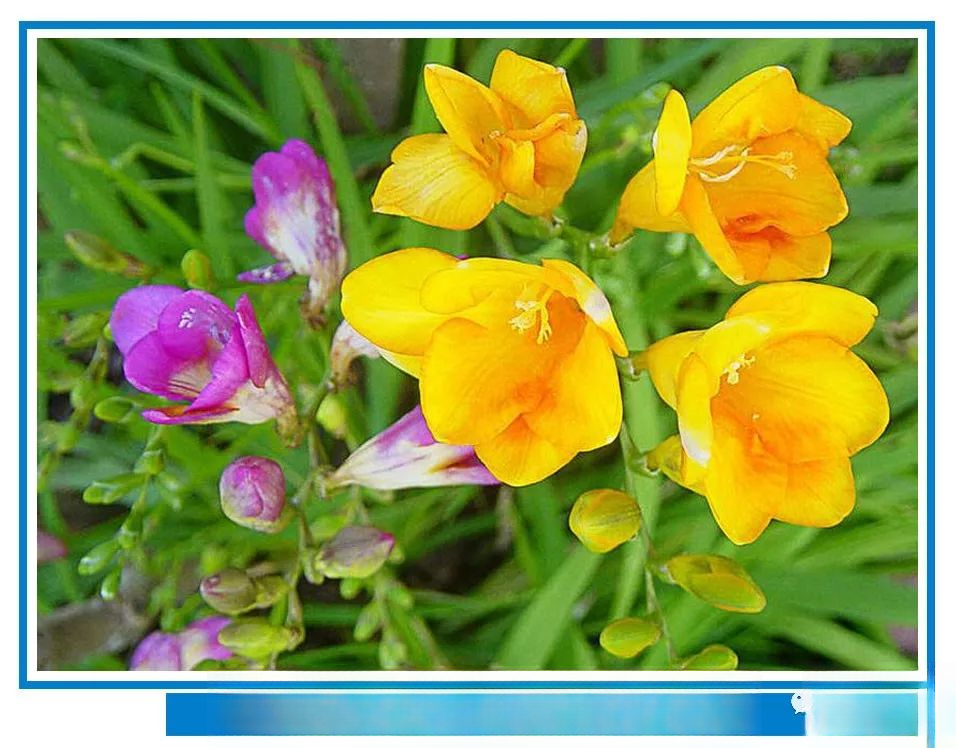
——Freesia——
Freesia: Also known as freesia, small iris orchid, foreign tuberose, and wheat orchid, it belongs to the genus Freesia of the Iridaceae family and is a perennial bulbous flower. The flowering period is around the Spring Festival. It has a strong and mellow fragrance, beautiful shapes, and bright colors, including bright yellow, pure white, orange-red, pink, snow-blue, purple, and bright red. It is a favorite winter indoor potted flower and an important cut flower material. Freesia leaves are linear and hard; they bloom in early spring and have colors such as yellow, white, purple, red, and pink. The inflorescence is spike-shaped, the flowers are biased to one side, narrow below the middle of the tube, and the lobes are of varying sizes, with a fragrant smell.
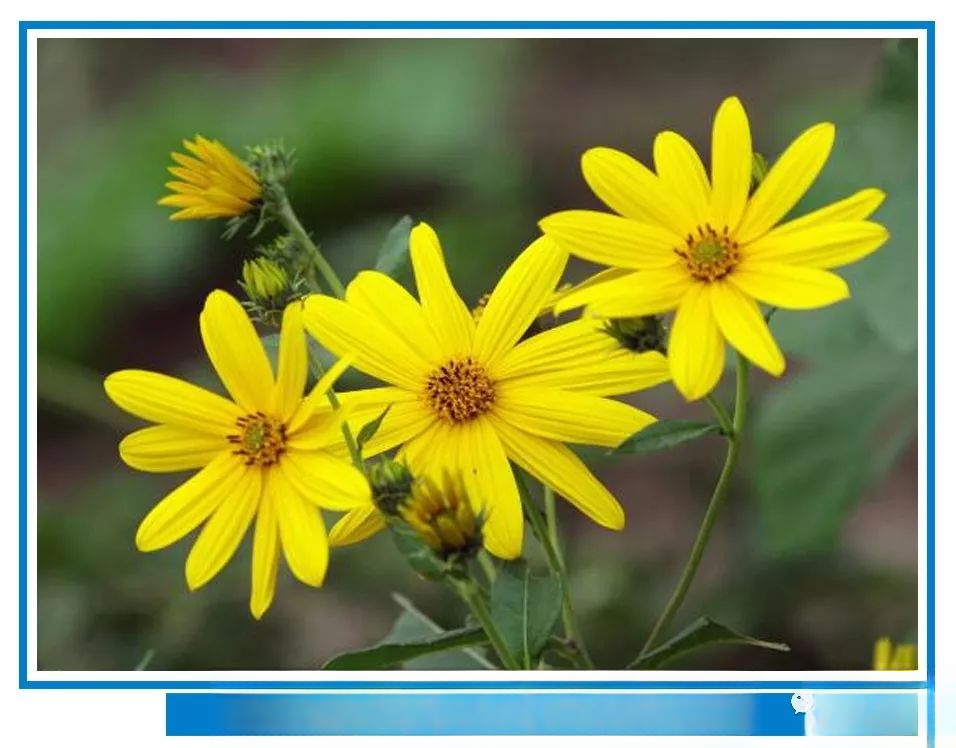
——Jerusalem artichoke——
Jerusalem artichoke: Also known as Jerusalem artichoke, it is a perennial herbaceous plant of the genus Helianthus in the Asteraceae family. It blooms in autumn and has small yellow disc flowers, but the seed-setting rate is low. It can form seeds in the south of the Yangtze River. It has small yellow disc flowers, chrysanthemum-shaped, with leaves extending from the base to both sides to form wings; the head inflorescence is small; the tubular flowers are yellow. The flowering period is from August to October.
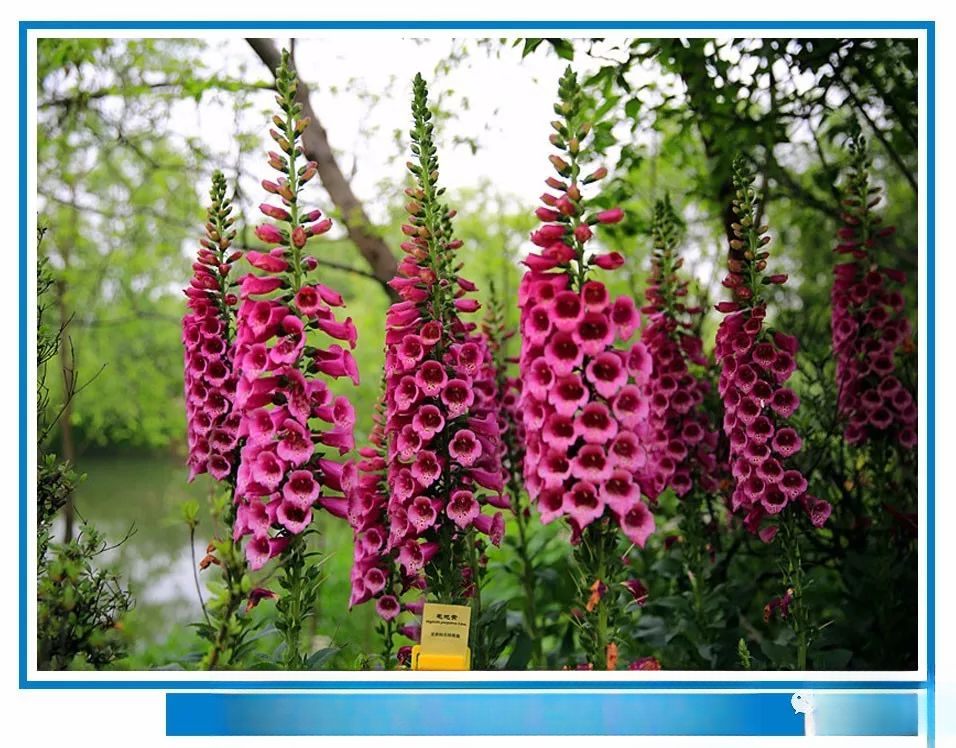
——Foxglove——
Foxglove: Other names: Digitalis, finger-top flower, golden bell. It is a biennial or perennial herb. The stem is erect, with few branches, and the whole plant is covered with short gray-white soft hairs and glandular hairs. The plant height is 60~120cm. The leaves are ovate or ovate-lanceolate, rough, wrinkled, and rosette-shaped at the base. The leaf margins have round serrations, and the petioles have narrow wings. The leaf shape gradually decreases from bottom to top. The terminal raceme is 50~80cm long, and the corolla is bell-shaped, about 7.5cm long. The corolla is waxy purple-red with light white spots on the inside.
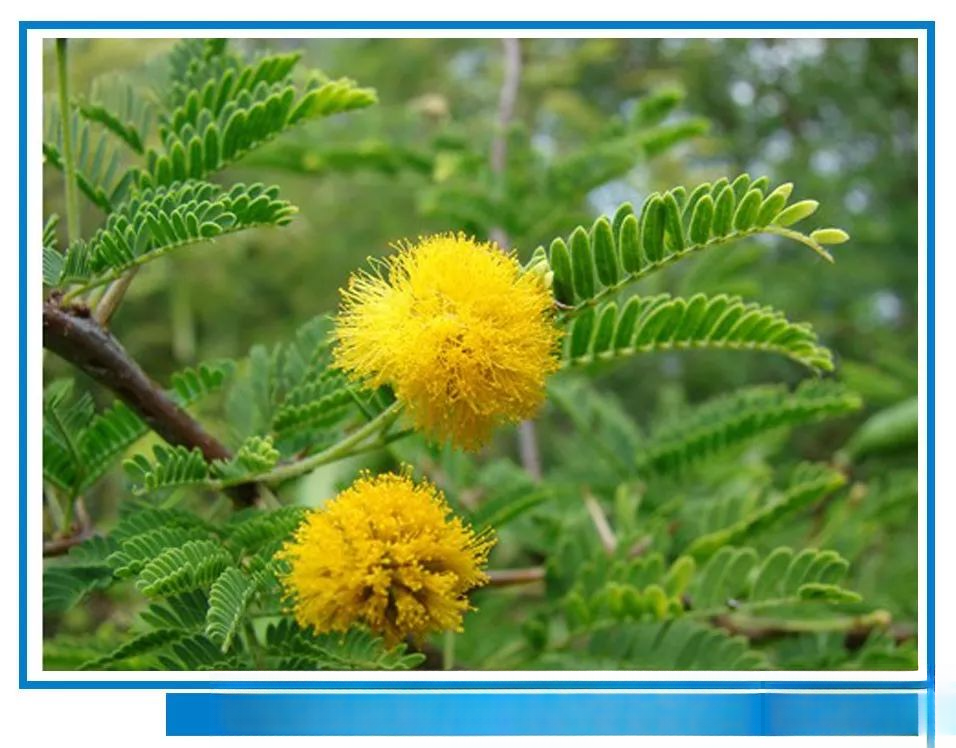
——Acacia——
Acacia: Other names: duck soap tree, thorn ball flower, message tree, ox horn flower. Genus, Mimosaceae, about 700 species, widely distributed in tropical and subtropical regions around the world, especially in Oceania and Africa, with the most species, including 16 species introduced for cultivation, produced in the southwest and southeast, of which Acacia and Taiwan Acacia are more economically valuable. The roots and pods of the former can be used as black dyes, and the flowers can be used to make perfumes. The latter is a tree species for afforestation on barren mountains, and the wood is used to make utensils. The bark contains tannins, which can be extracted to make dyes for fishing nets and cloth.
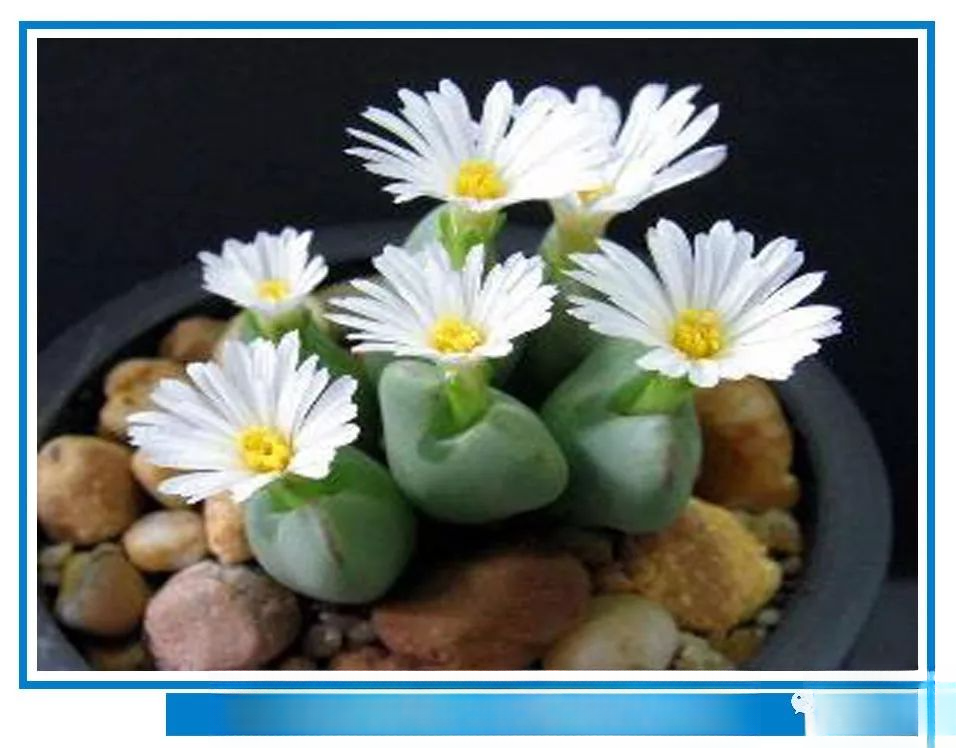
——Stone Flower——
Lithops: Also known as Lithops, Elephant Hoof, Yuanbao, etc. The stem is very short and often invisible. The modified leaves are fleshy and thick, with two opposite leaves connected to form an inverted cone, with shapes such as "saddle", "ball", "foot bag", etc. The pattern on the top of the leaf is shaped like a branch and has beautiful colors. There are many varieties of Lithops, each with its own characteristics. Its appearance and color are very similar to colored pebbles, so people call it "living stone" or "pebble plant". What's more interesting is that the color of its leaves will be similar to the color of the surrounding soil to protect itself.
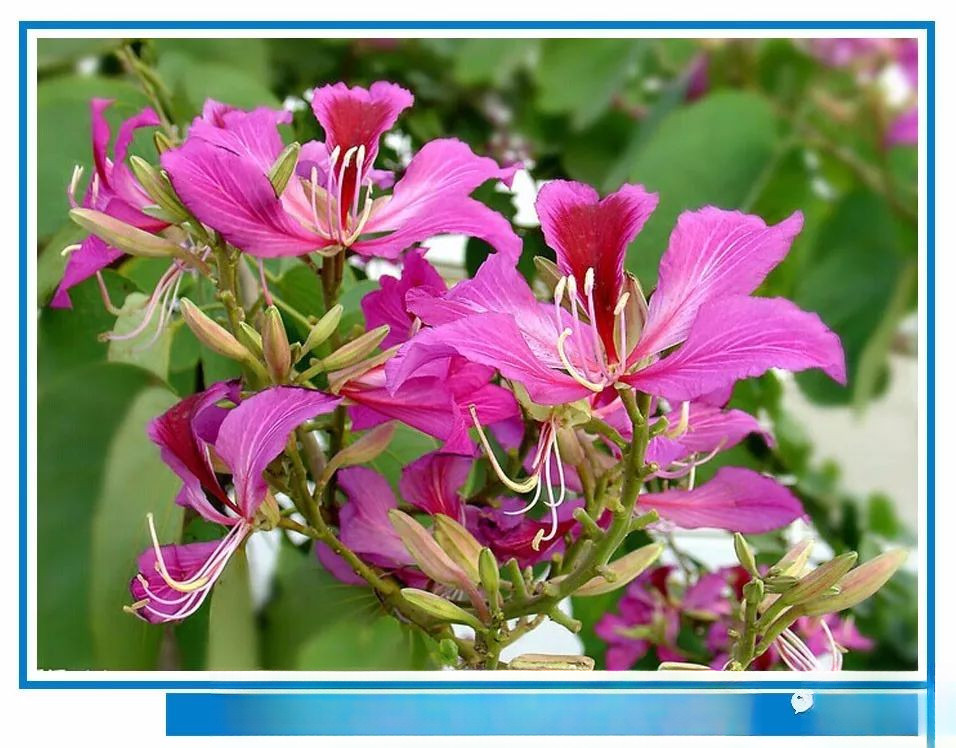
——Bauhinia——
Bauhinia: Other name: Lingjiahua. Tree or upright shrub; leaves are hard papery, 2-lobed at the top, heart-shaped at the base; racemes are terminal or axillary, with 5 petals, light red or pinkish white; pods are ribbon-shaped and flat; likes hot and humid climates, heat-resistant and drought-resistant; strong pollution resistance.

——Aster——
Aster: Other names: Jiangxi wax, blue chrysanthemum, August chrysanthemum. With bright colors, diverse flower shapes, abundant flowering, and a long flowering period, it is an ornamental plant that is highly valued by the horticultural community at home and abroad. Aster is native to the north and was introduced to France in 1728, and then to Britain in 1731. Later, countries around the world successively introduced it, and new varieties were continuously launched on the market after hybridization and breeding.
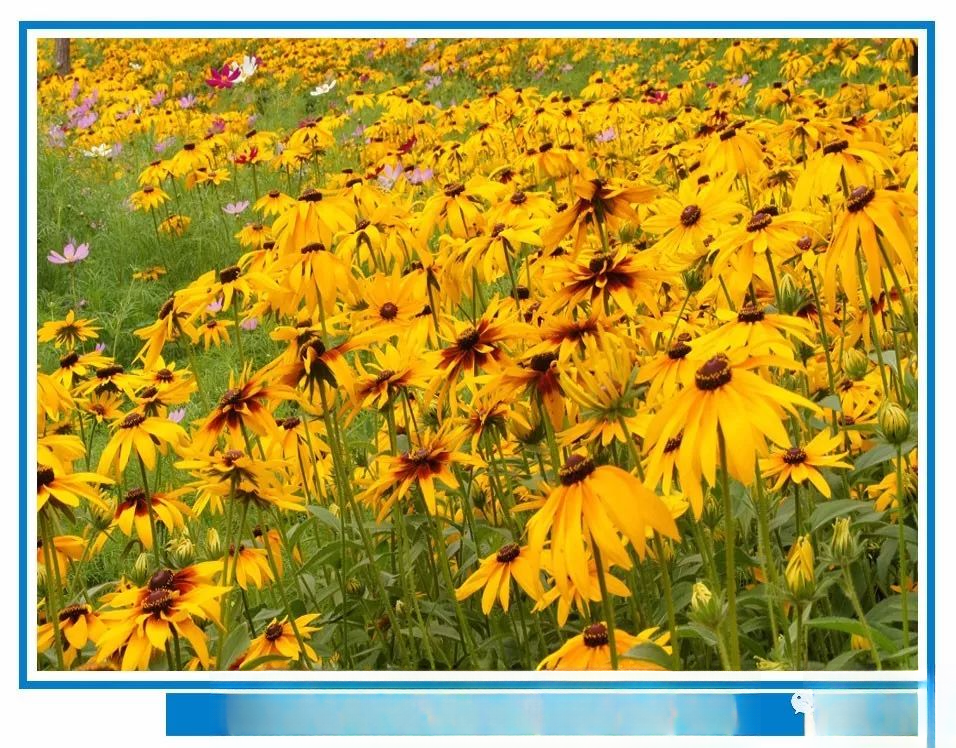
——Rudbeckia——
Rudbeckia, Asteraceae, Rudbeckia genus, is an annual or biennial herb. The center of the flower is raised, purple-brown, and the surrounding petal-shaped flowers are golden yellow. The flowering period is from early summer to frost. The cultivated varieties have tung brown and chestnut brown flowers on the edges, double and semi-double types. The center of the flower has an olive green "Irish eye", and the inflorescence diameter is as large as 15 cm. In addition to yellow, the flower colors are red and bicolor in all seasons. It is native to the eastern United States. It is not very cold-resistant. It can be sown in autumn in central China and overwinter in the open field. It can also be used as cut flowers.
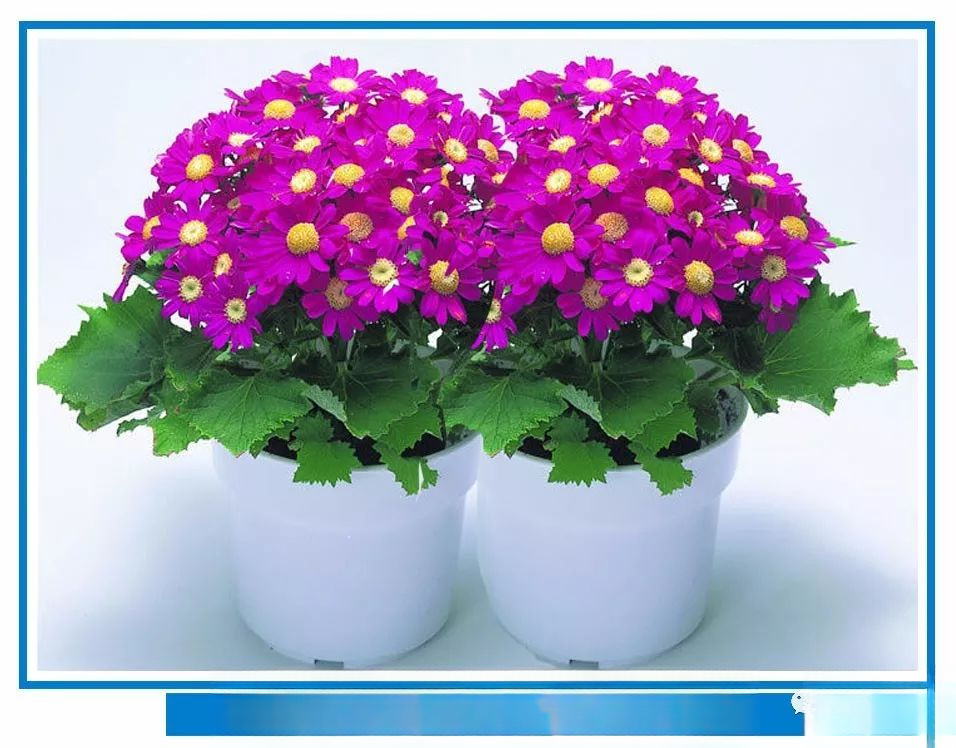
-- Cineraria --
Cineraria: Other names: rabbit ear flower, globe lily, radish crabapple. It is divided into tall and dwarf species, ranging from 20 to 90 cm. The whole plant is slightly hairy, and the leaves are large and shaped like melon leaves, green and shiny. The flowers are terminal, and most of the head inflorescences are aggregated into umbels. The inflorescences are densely covered on the top of the branches, often in the shape of a pot bottom. The flowers are rich in color, except for yellow, other colors are available, and there are also red and white complex colors. The flowering period is from January to April.
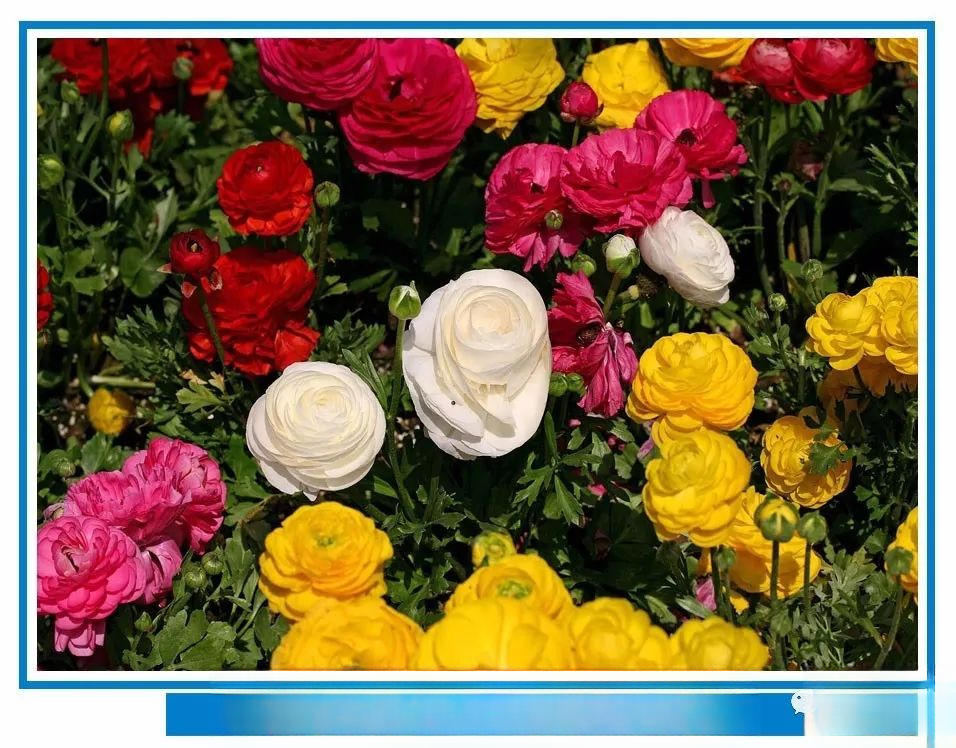
——Hanagemushi——
Ranunculus: Also known as celery flower and Persian buttercup, commonly known as "foreign peony" in Kunming, it is a perennial herbaceous flower of the genus Ranunculaceae. Ranunculus is native to the Mediterranean coast and has been widely planted in European countries such as France and Israel. It is currently cultivated in various countries around the world. Since the late 1990s, the introduction and cultivation of cut flower varieties has begun. It is more suitable for forced cultivation in winter and spring. Its flower colors are bright and rich, with five to dozens of petals and a flower diameter of 6 to 9 cm. The flowers are red, white, orange and other colors, and can be single or double petals.
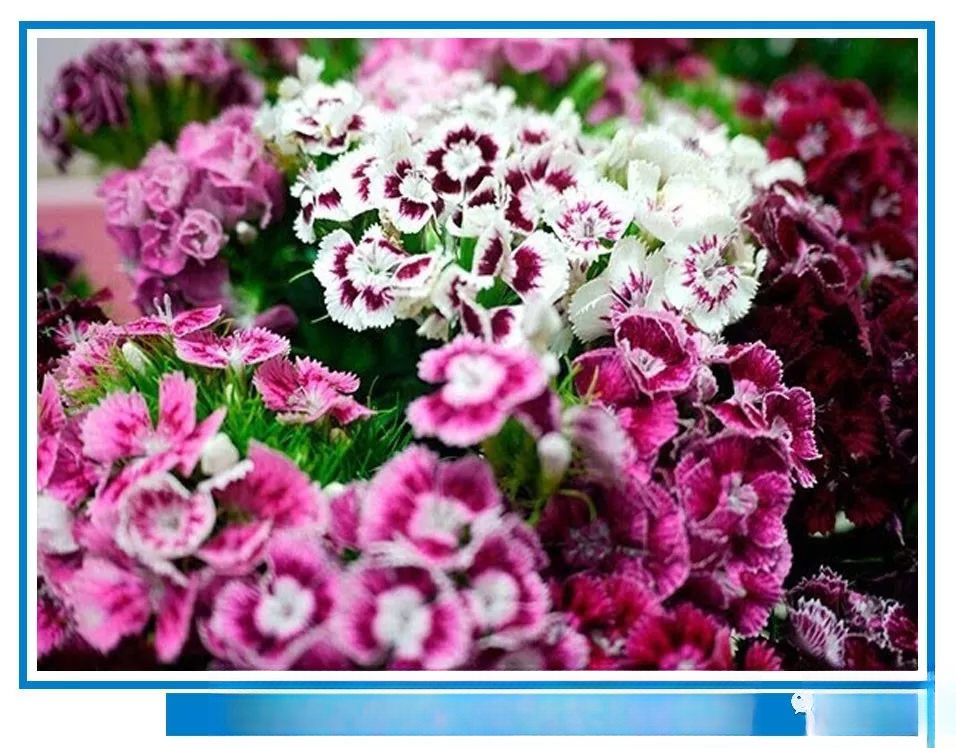
——Colorful Carnation——
Colorful Dianthus: Other names: Dianthus, Luoyang Dianthus, Shiju, Embroidered Bamboo, Cut Velvet Flower. Perennial herb, often cultivated as a biennial flower. Stems are smooth and branched, leaves are opposite, linear lanceolate. The flowers are rich in color, including white, red, yellow, pink, purple, orange or with spots, notches, single petals and double petals. It can be used in flower beds, flower borders, flower stands or potted plants. It can be used in flower beds, flower borders, flower stands or potted plants. The flowering period is from April to October, concentrated in April to May. Suitable for flower beds or potted plants.
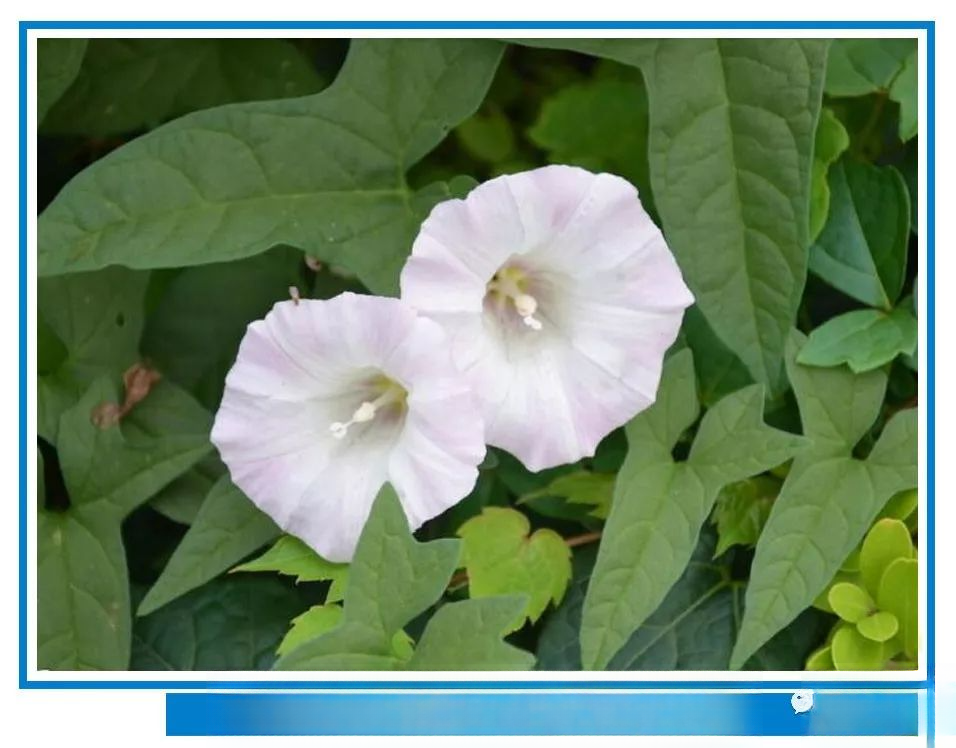
——Double bowl flower——
Convolvulus: commonly known as "convolvulus", also known as "small bindweed" and "ivy convolvulus". It is distributed in Ethiopia, Asia, Malaya and all parts of the mainland. It grows in areas with an altitude of 100 to 3,500 meters. It mostly grows in farmland, plains, wasteland and roadsides. It has not yet been artificially introduced for cultivation. This species is a poisonous plant included in the plant atlas>
——Neem——
Melia azedarach: Other names: Melia azedarach (Compendium of Materia Medica), Melia azedarach, Purple Flower Tree (Jiangsu), Forest Tree (Guangdong). A famous species of Meliaceae, also known as Kuling, Golden Bell, Sandalwood, Forest Tree, etc. Its fruit, Toosendanzi, can be used as medicine. Melia azedarach is common in provinces and regions south of the Yellow River; it grows in low-altitude wilderness, roadsides or sparse forests and has been widely introduced for cultivation. It is widely distributed in tropical and subtropical regions of Asia, and is also cultivated in temperate regions.
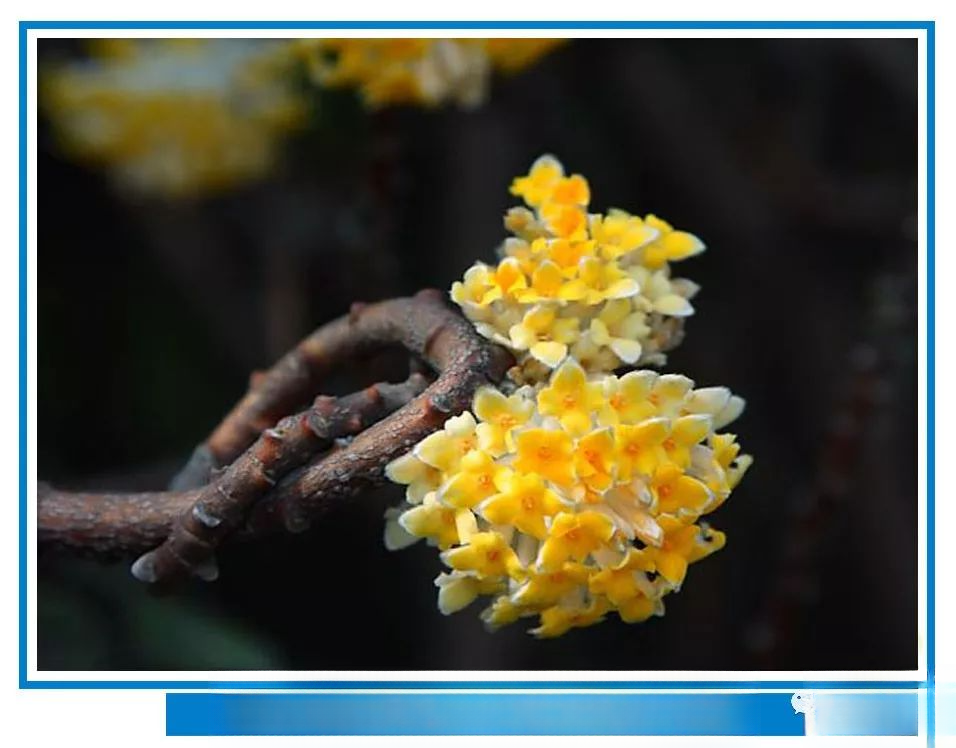
——Knot Incense——
Knotted Fragrant: Other names: knotted flower, knotted tree, yellow daphne, home fragrance, happy flower, dream winter flower, golden waist bag, knotted fragrant flower. It is a plant of the genus Thymelaeaceae and genus Knotted Fragrant, a shrub, about 0.7-1.5 meters high, with sturdy, brown twigs, often trifurcated, young branches often covered with short soft hairs, extremely tough bast, large leaf scars, about 5 mm in diameter. The leaves fall before flowering, oblong, lanceolate to oblanceolate, with short pointed tips and cuneate or gradually narrowed bases. It is produced in Henan, Shaanxi and the provinces and regions south of the Yangtze River Basin.
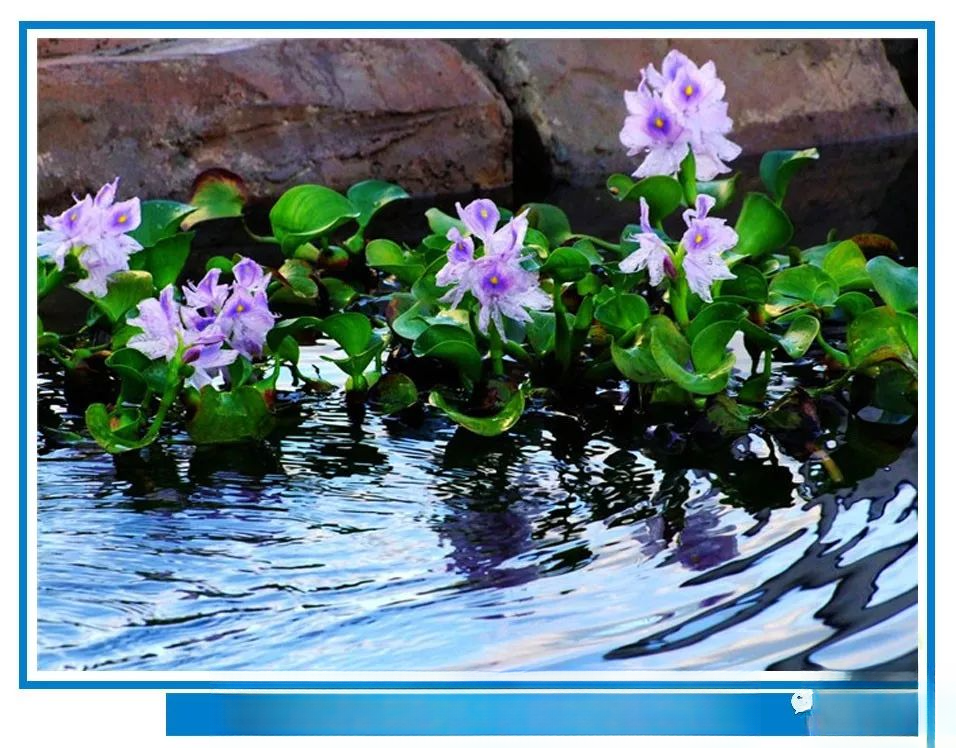
——Eichhornia crassipes——
Water hyacinth:Alias: Water hyacinth, water hyacinth, water hyacinth seedling, water lily, water hyacinth lotus, bag lotus, a floating plant of the family Pleurotus, the genus Eichhornia. It likes a warm, humid, sunny environment, is highly adaptable, and has a certain degree of cold resistance. The stems and leaves of water hyacinth hang over the water, and the tillers creep on the water surface. The flowers are multi-faceted trumpet-shaped, with bright and beautiful colors. The leaf color is emerald green and dark. The leaves are entire, smooth and textured. It has well-developed fibrous roots, fast tillering and reproduction, and requires extensive management. It is a good plant for beautifying the environment and purifying water quality.
